Hidden Pesticides: Which Vegetables Are the Worst Offenders?
Despite their health halo, many everyday staples—like spinach, bell peppers, green beans, and cucumbers—rank among the highest in pesticide residues. And while a quick rinse may wash away dirt, it doesn’t always eliminate what’s been absorbed or sprayed repeatedly during growth. That’s why we’ve expanded our list of common vegetables that, despite their clean image, often top the pesticide charts. This list isn’t here to spark fear—it’s here to sharpen your awareness. We’ll unpack why certain crops are more heavily treated, what the science says about residue risks, and how you can make smarter choices—whether through organic swaps, peeling tips, or cooking hacks.
1. Spinach: A Leafy Green with a Hidden Cost
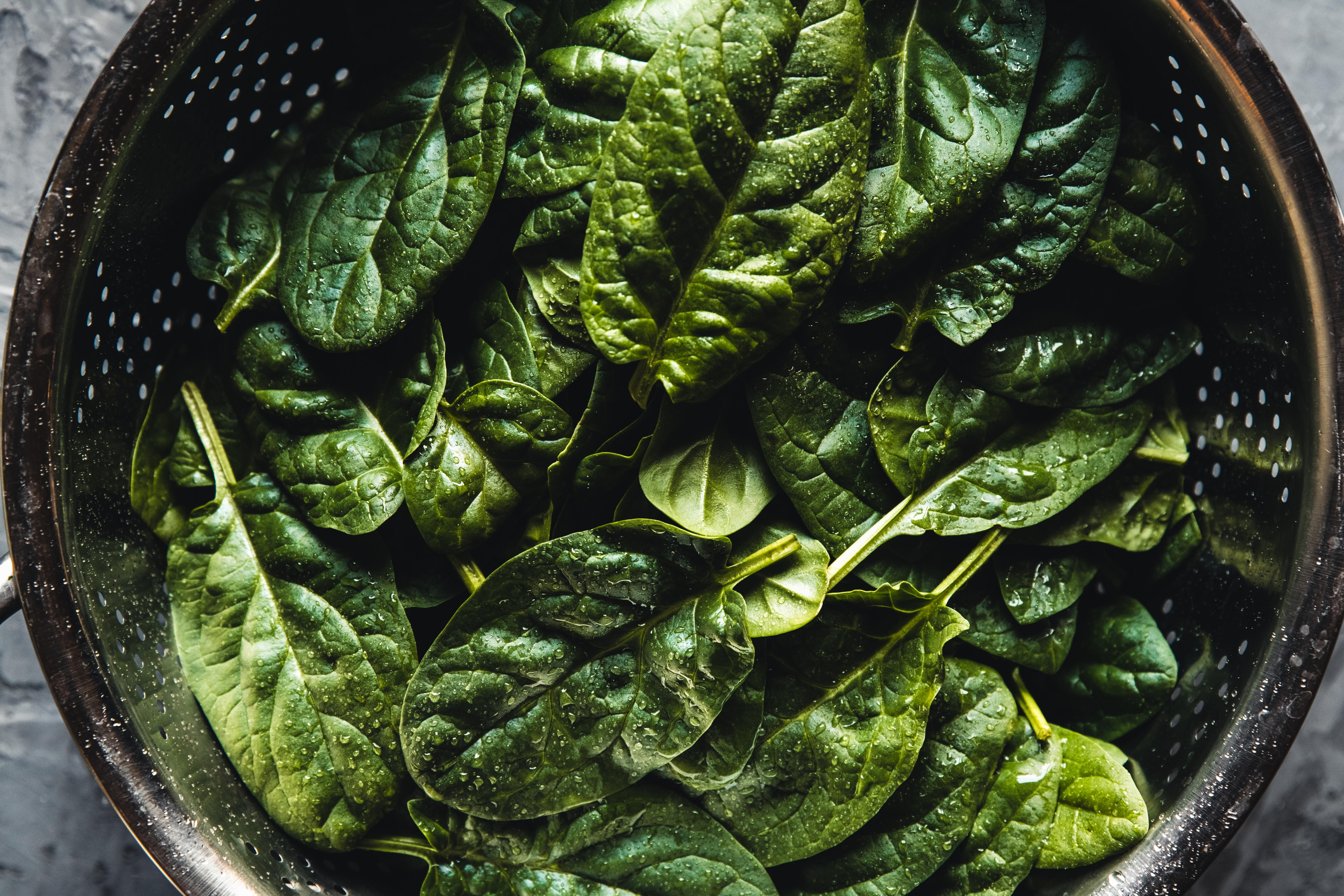
Spinach, a beloved leafy green packed with iron and vitamins, often tops the list of vegetables with high pesticide residues. Its broad leaves and rapid growth make it susceptible to pests, leading to frequent pesticide applications. Studies have shown that spinach can retain residues of multiple pesticides, including permethrin and DDT derivatives, even after washing. While its nutritional benefits are undeniable, consumers are encouraged to consider organic options or thoroughly wash and peel leaves to reduce exposure. This paradox of health and hazard underscores the importance of vigilance when selecting this popular vegetable.
2. Kale and Collard Greens: Superfoods Under Scrutiny
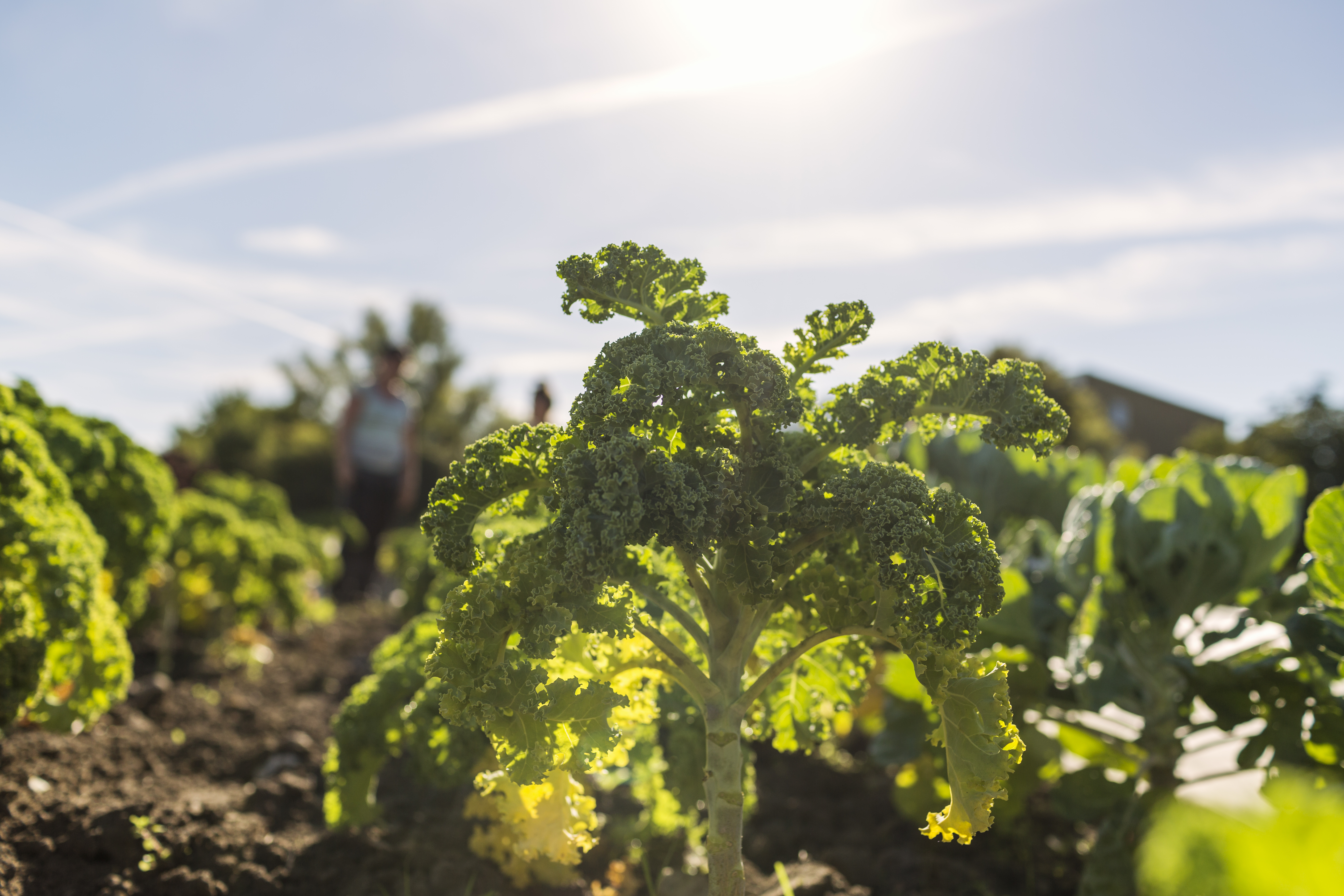
Kale and collard greens, hailed as superfoods for their dense nutrient profiles, are also notorious for pesticide residues. These cruciferous vegetables are prone to pests like aphids and caterpillars, leading to heavy pesticide use. The EWG reports that kale often contains residues of multiple pesticides, including Dacthal, which is banned in Europe due to its potential health risks. Despite this, the antioxidant properties and fiber content of these greens make them valuable dietary components. To enjoy their benefits safely, consumers can opt for organic varieties or grow their own in pesticide-free environments.
3. Bell Peppers and Hot Peppers: Colorful Culprits

Bell peppers and hot peppers, with their vibrant colors and crisp textures, are popular in cuisines worldwide. Unfortunately, they are also among the vegetables with the highest pesticide residues. Their thin skins and susceptibility to pests like thrips and spider mites necessitate frequent pesticide applications. Residues of chemicals such as acephate and chlorpyrifos, both linked to neurological effects, have been detected on peppers. To mitigate risks, consumers should wash peppers thoroughly and consider buying organic, especially for children, who are more vulnerable to pesticide exposure due to their developing bodies.
4. Celery: A Crunchy Stalk with a Chemical Shadow
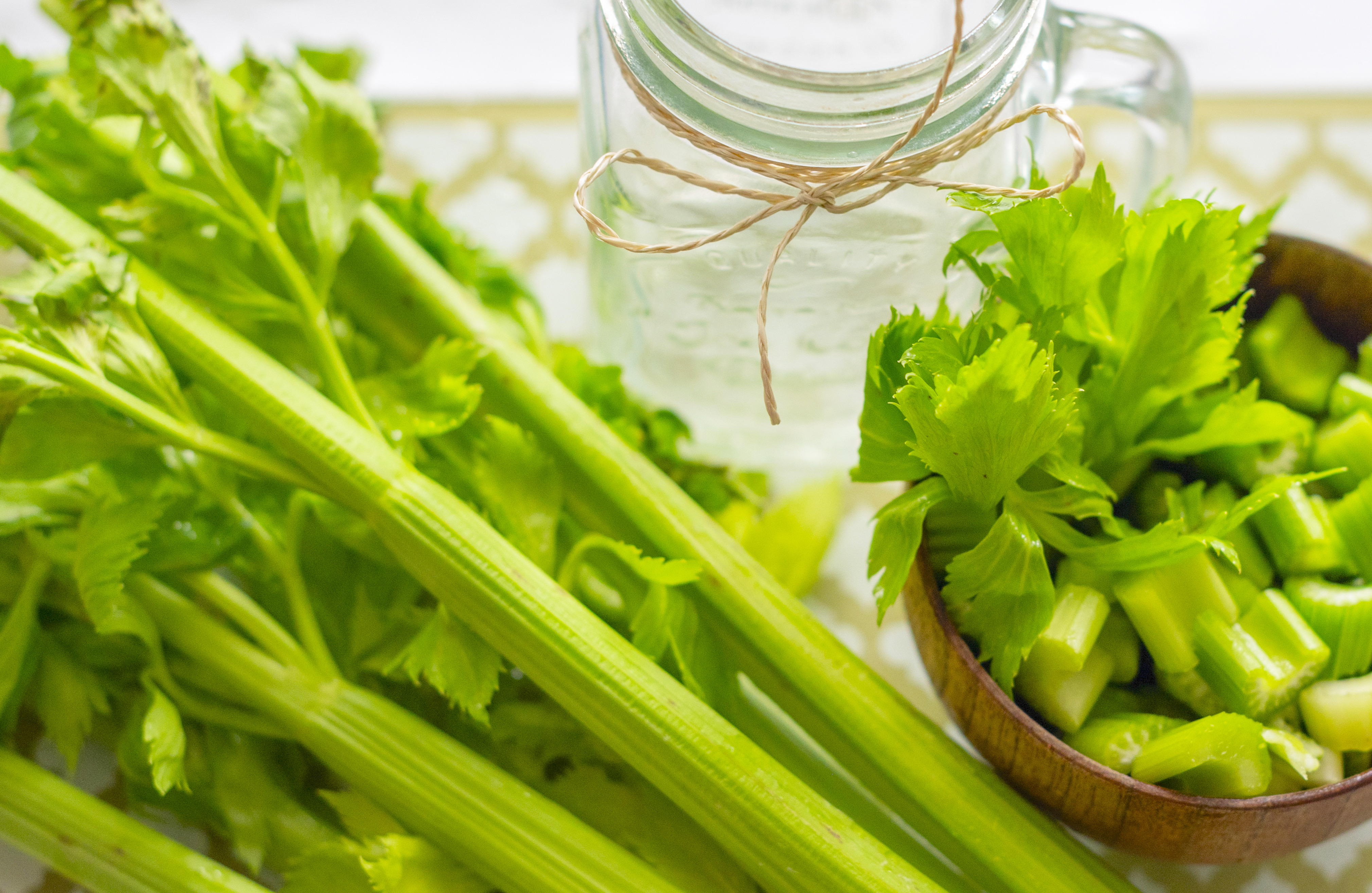
Celery, a staple in salads and snacks, is another vegetable often found on the Dirty Dozen list. Its long, fibrous stalks provide ample surface area for pesticide residues to cling to, and its cultivation in moist environments makes it a target for fungal diseases and pests. Residues of pesticides like chlorothalonil, a fungicide, have been found on celery. While its low-calorie content and high water percentage make it a diet-friendly choice, consumers should be aware of the potential chemical load. Rinsing celery thoroughly and peeling the outer layers can help reduce pesticide residues.
5. Tomatoes: Juicy but Jeopardized
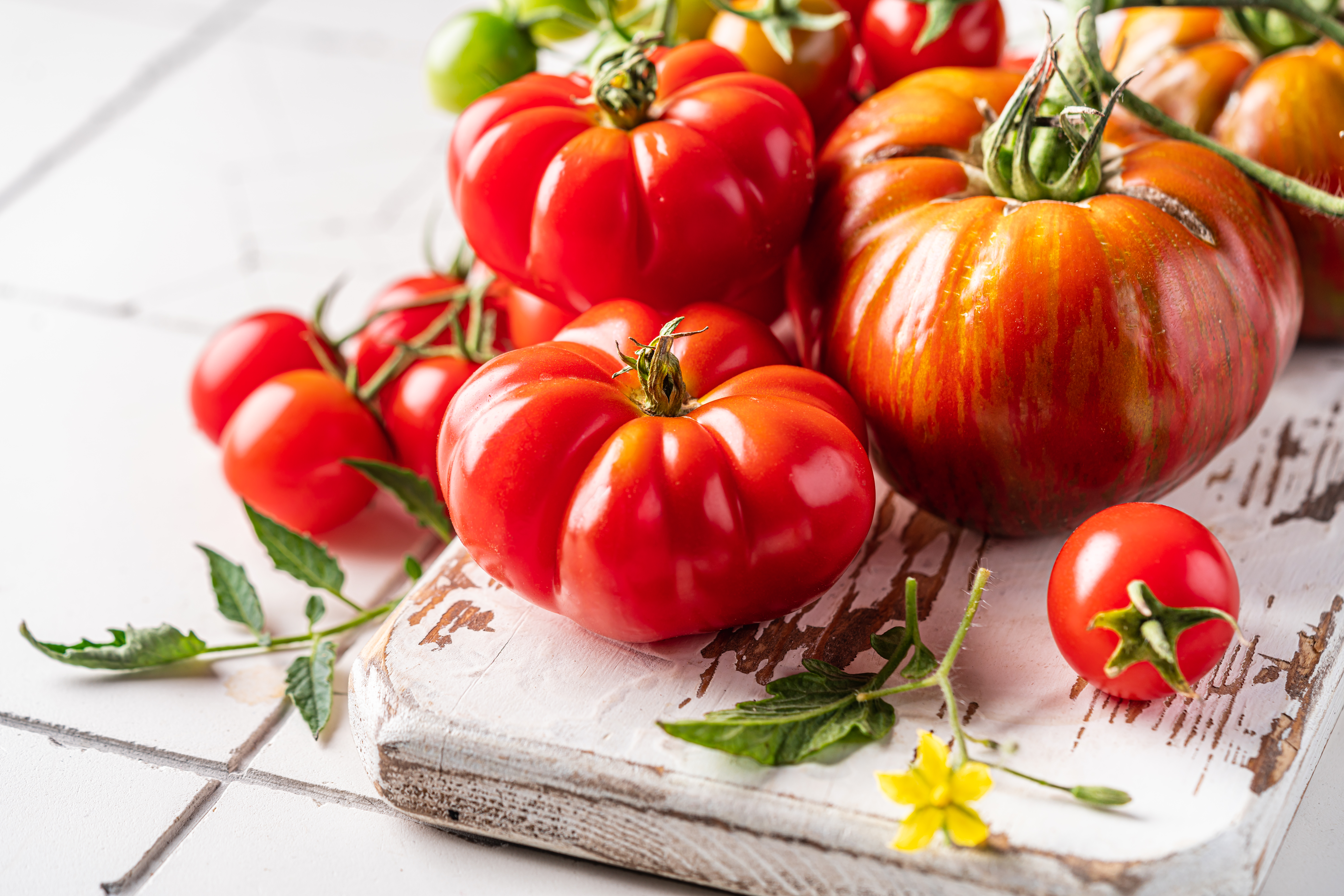
Tomatoes, a versatile fruit often used as a vegetable, are beloved for their juicy flavor and nutritional value. However, they are also frequently subjected to pesticide treatments to combat pests like whiteflies and hornworms. The thin skin of tomatoes allows pesticides to penetrate easily, resulting in residues of chemicals such as methamidophos and endosulfan, both of which have been associated with health risks. To enjoy tomatoes safely, consumers can choose organic options, grow their own, or purchase from local farmers who use minimal pesticides, ensuring a balance between taste and health.
6. Potatoes: Staple with a Pesticide Problem

Potatoes, a dietary staple worldwide, are often treated with pesticides both during growth and post-harvest to prevent sprouting. This dual application increases the likelihood of residue presence. Chemicals such as chlorpropham, used to inhibit sprouting, have been detected on potatoes. While their carbohydrate content and versatility make them a kitchen essential, consumers should be mindful of potential residues. Peeling potatoes and cooking them thoroughly can help reduce pesticide levels, allowing individuals to enjoy this staple without compromising on safety.
7. Grapes: Sweet but Susceptible
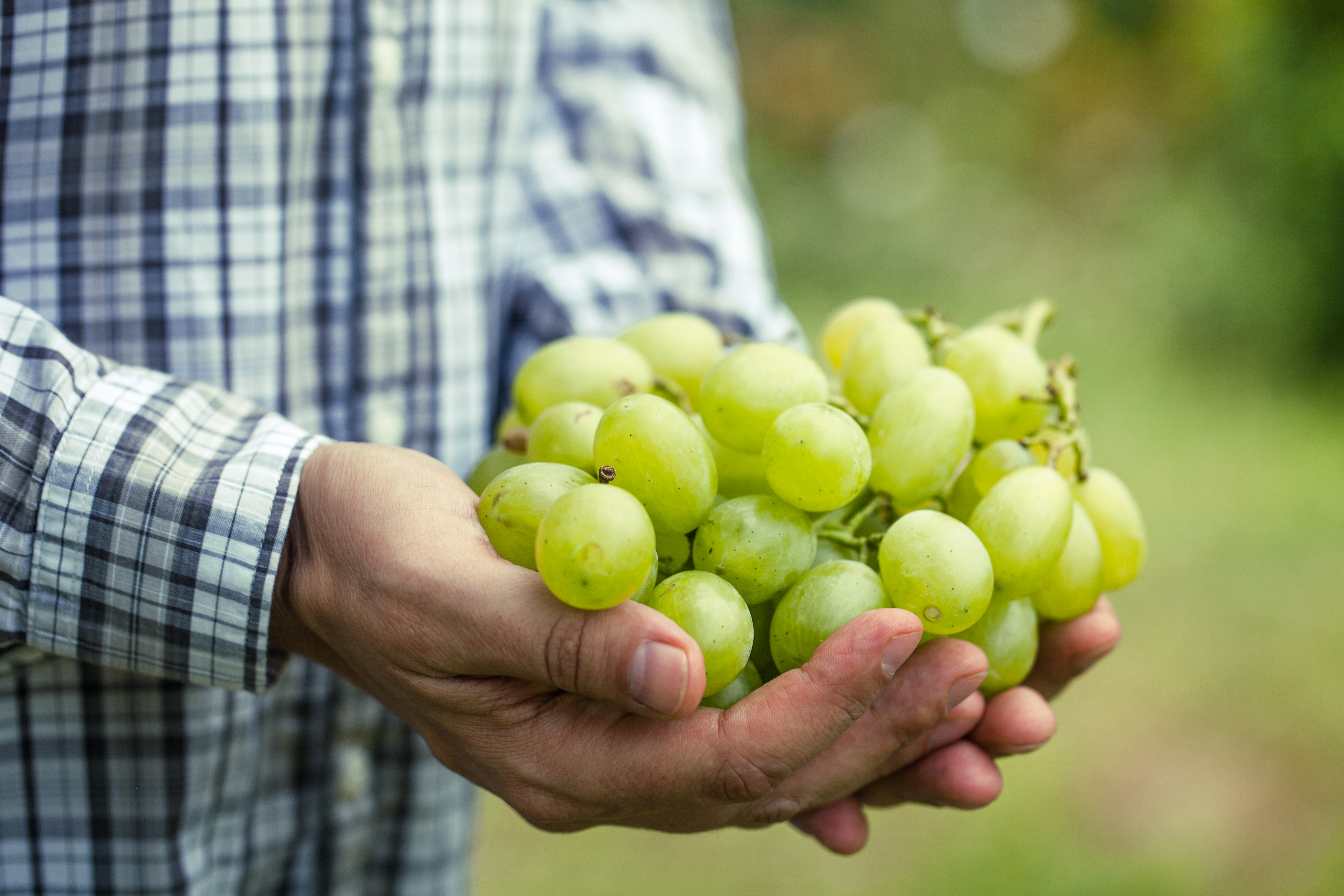
Grapes, whether consumed fresh or as raisins, are a popular fruit that often harbors pesticide residues. Their thin skins and susceptibility to pests like grape berry moths and powdery mildew result in frequent pesticide use. Residues of chemicals such as imidacloprid and methomyl, both linked to environmental and health concerns, have been found on grapes. To minimize exposure, consumers can opt for organic grapes, wash them thoroughly, or enjoy them in moderation, balancing their sweet taste with potential pesticide risks.
8. Apples: An Orchard’s Dilemma

Apples, a symbol of health and vitality, are ironically among the most pesticide-laden fruits. Their popularity and susceptibility to pests like codling moths and apple scab lead to extensive pesticide use. Residues of chemicals such as diphenylamine, used to prevent browning, are commonly found on apples. Despite their nutritional benefits, including fiber and vitamin C, consumers should be cautious. Washing apples thoroughly and peeling them can help reduce pesticide residues, ensuring that this iconic fruit remains a healthy choice.
9. Cucumbers: Cool but Contaminated
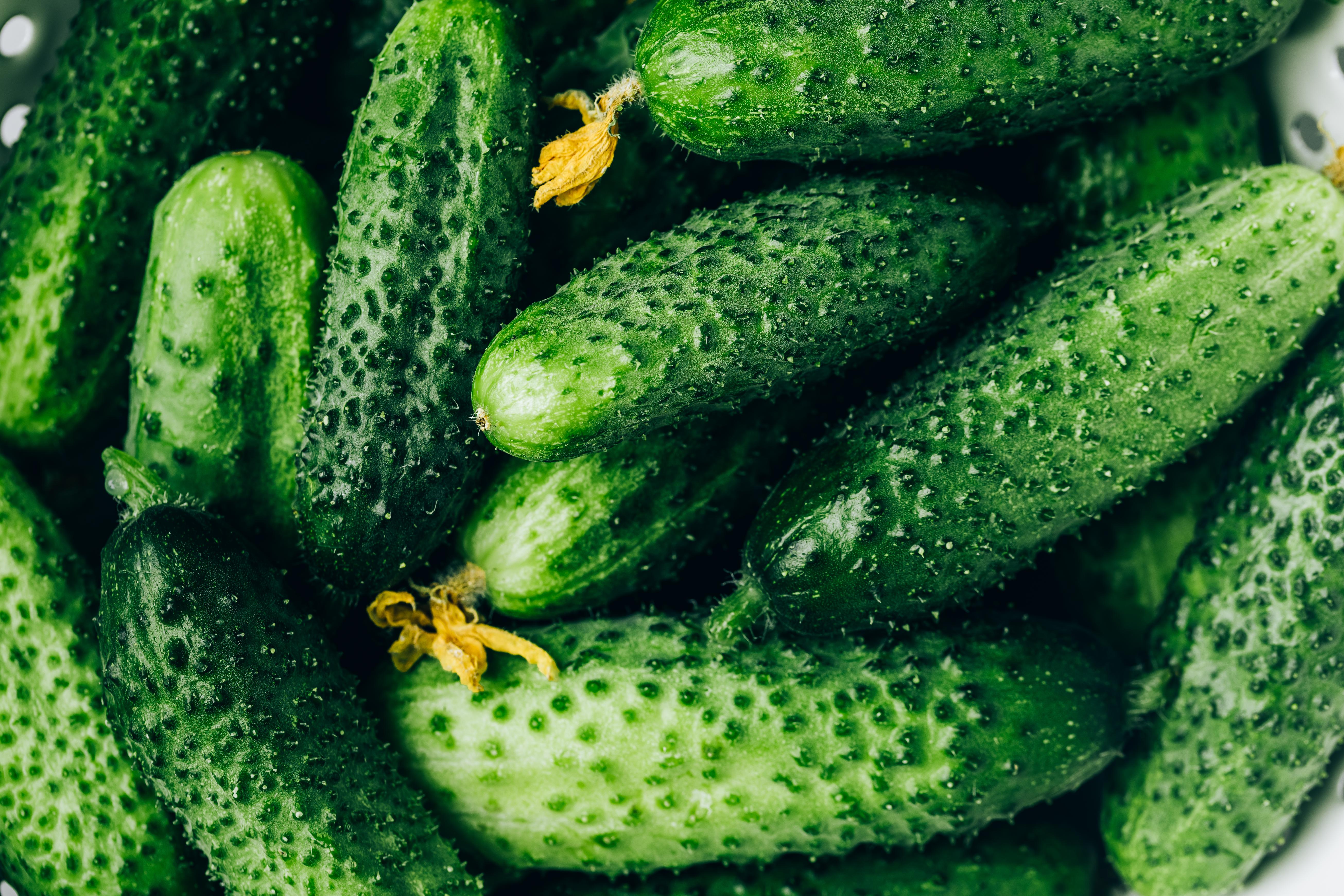
Cucumbers, known for their refreshing taste and hydrating properties, often carry pesticide residues. Their thin skins and high water content make them vulnerable to pests like cucumber beetles, leading to pesticide applications. Residues of chemicals such as imidacloprid, a neonicotinoid linked to bee population declines, have been detected on cucumbers. To enjoy cucumbers safely, consumers can opt for organic varieties, peel the skin, or grow their own, ensuring a cool and crisp addition to their diet without the chemical concerns.
10. Strawberries: Sweet Treats with a Sour Side
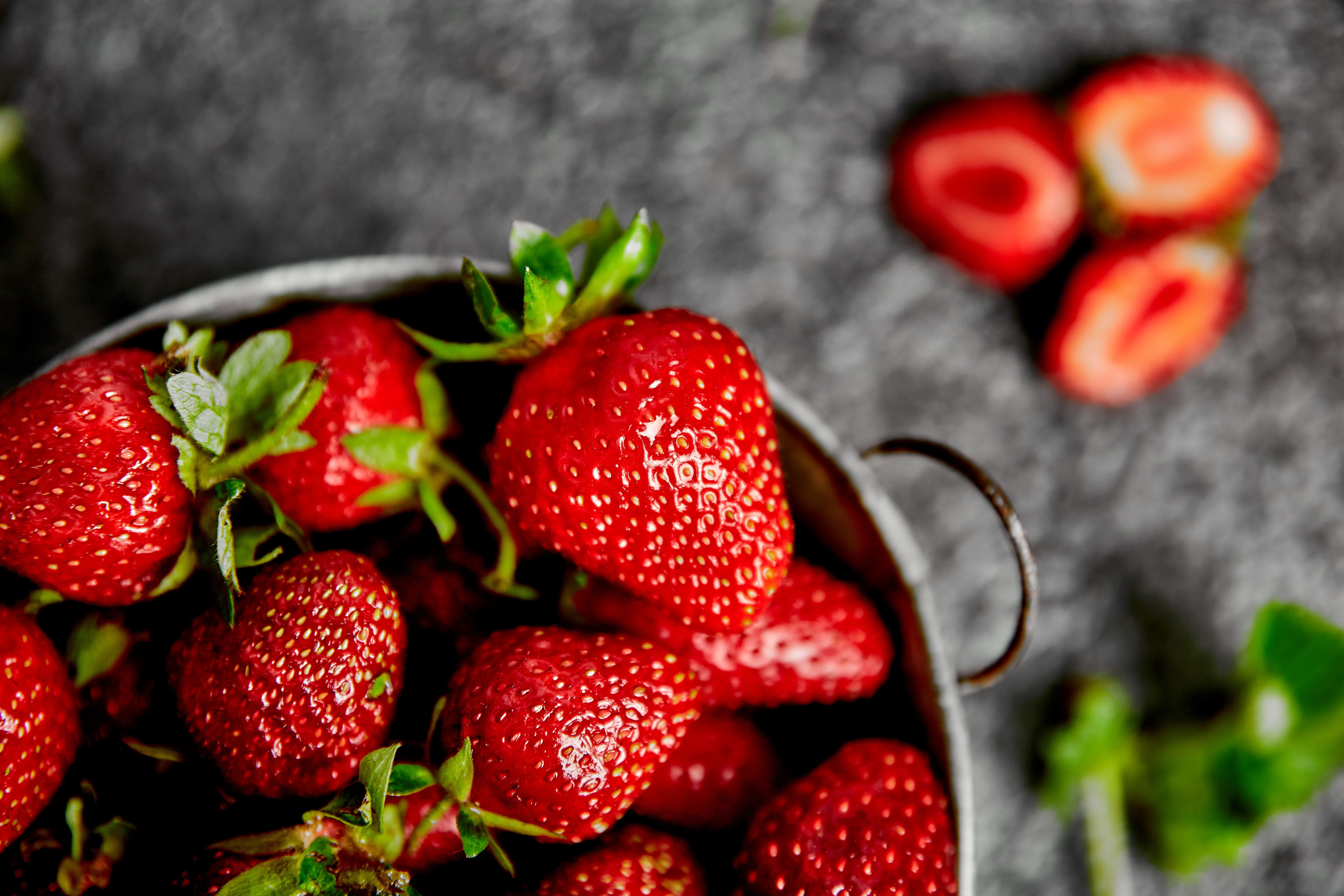
Strawberries, cherished for their sweetness and vibrant color, are frequently found at the top of the Dirty Dozen list. Their delicate nature and susceptibility to pests and diseases result in heavy pesticide use. Residues of chemicals such as captan and malathion, both associated with health risks, have been found on strawberries. Despite their antioxidant properties and vitamin C content, consumers should be aware of potential residues. Choosing organic strawberries or washing them thoroughly can help reduce exposure, allowing individuals to savor this sweet treat safely.
11. Onions: A Pungent Layer of Protection
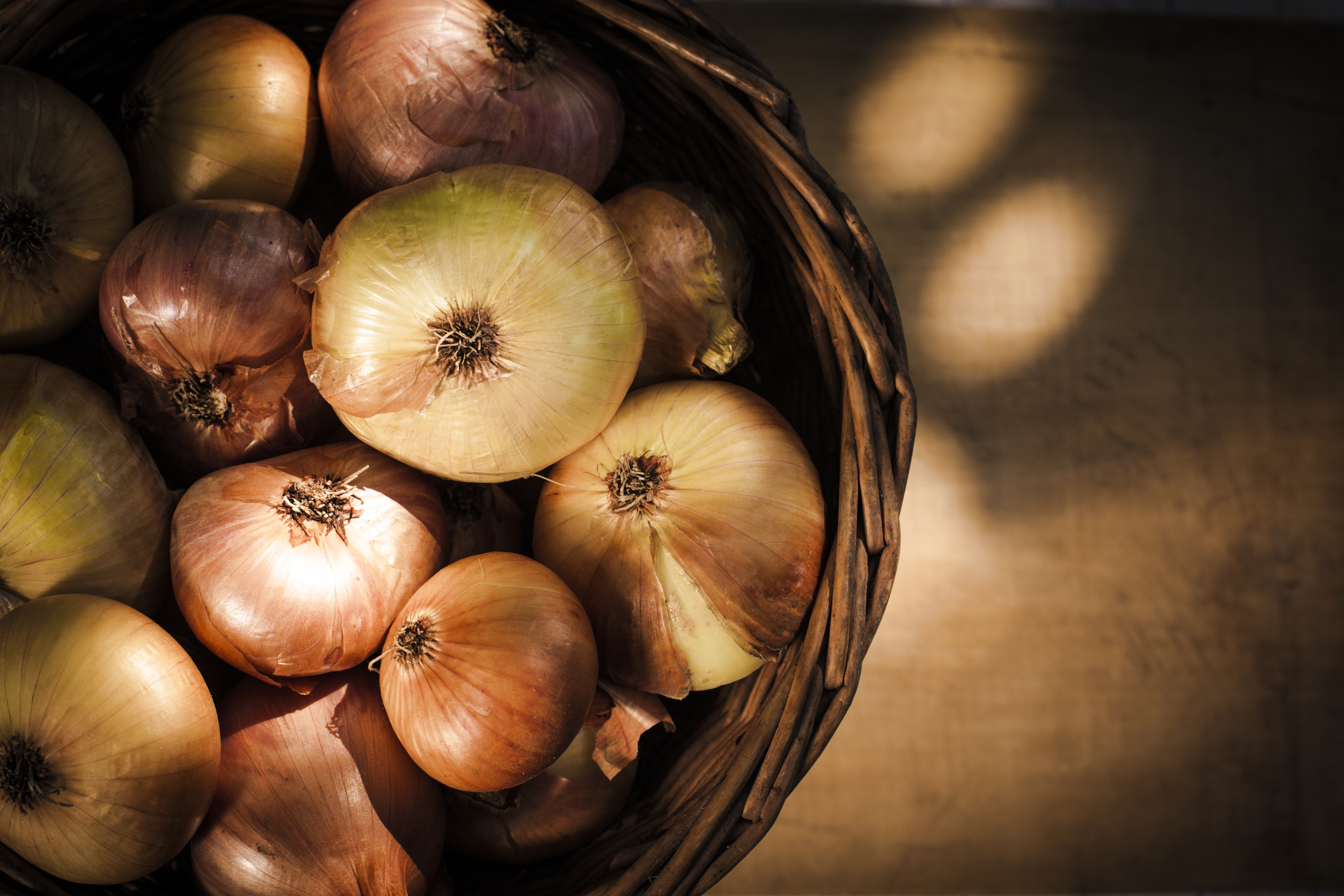
Onions might seem safe due to their papery outer layers, but they're not entirely immune to pesticide use. Farmers apply insecticides to combat onion thrips and herbicides to control weeds. While the outer skin is typically peeled, some chemicals, particularly systemic ones, can be absorbed into the bulb itself. The good news is that onions have some natural defenses, but it's still worth noting. Choose organic onions when you can, and always peel off a few extra layers to ensure you’re getting to the cleanest part of the bulb.
12. Kiwi: The Fuzzy Fruit with a Chemical Core
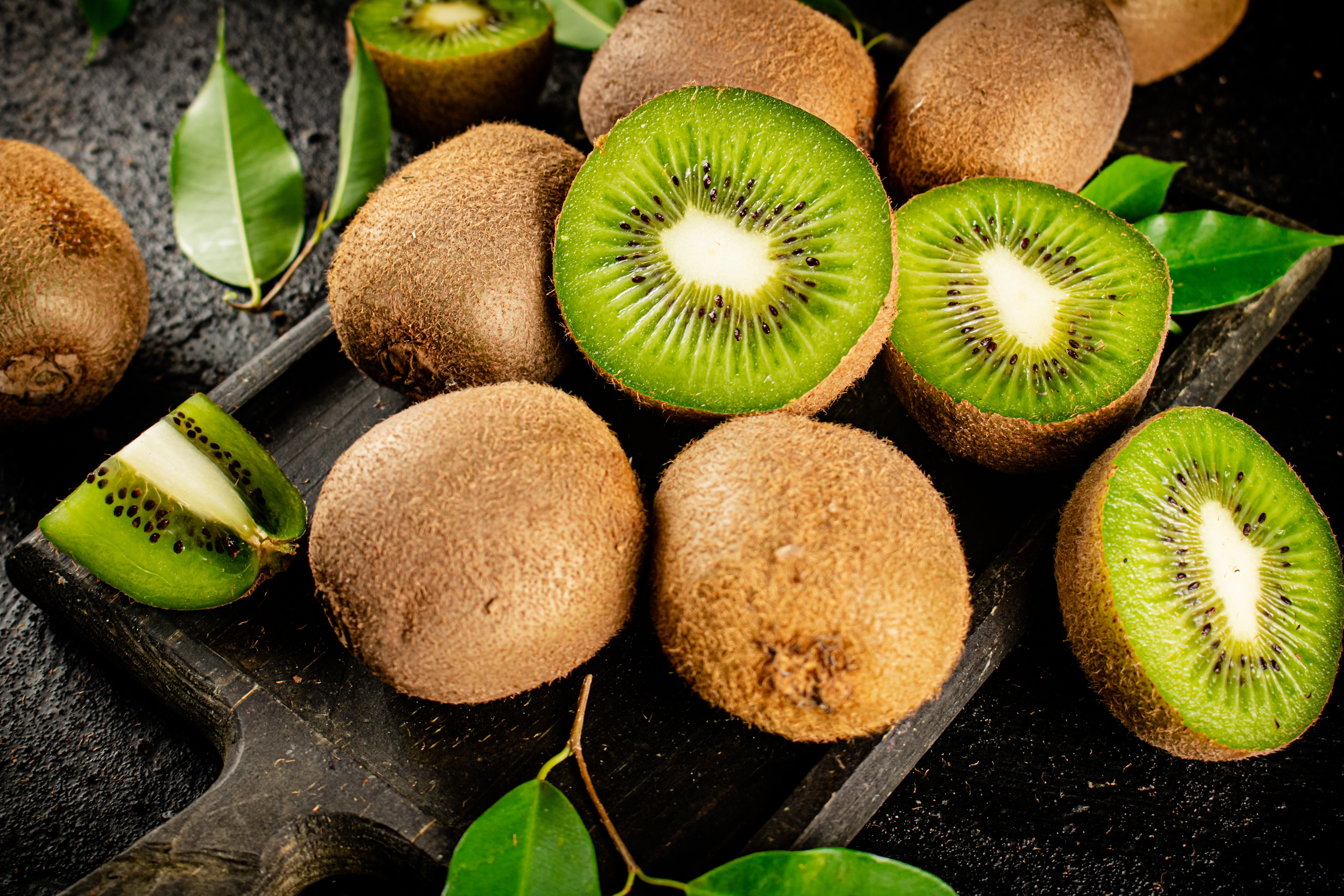
Kiwi's fuzzy brown skin gives the illusion of protection, but beneath that exterior lies a fruit often treated with fungicides and insecticides. Like other fruits with thin, edible skins, kiwis are susceptible to pests and diseases that require chemical intervention. Because the skin is often consumed, especially in organic varieties, the risk of residue exposure is a concern. To enjoy kiwi safely, wash the fruit thoroughly or simply scoop out the flesh.
13. Figs: A Sweet, Delicate, and Sprayed Fruit
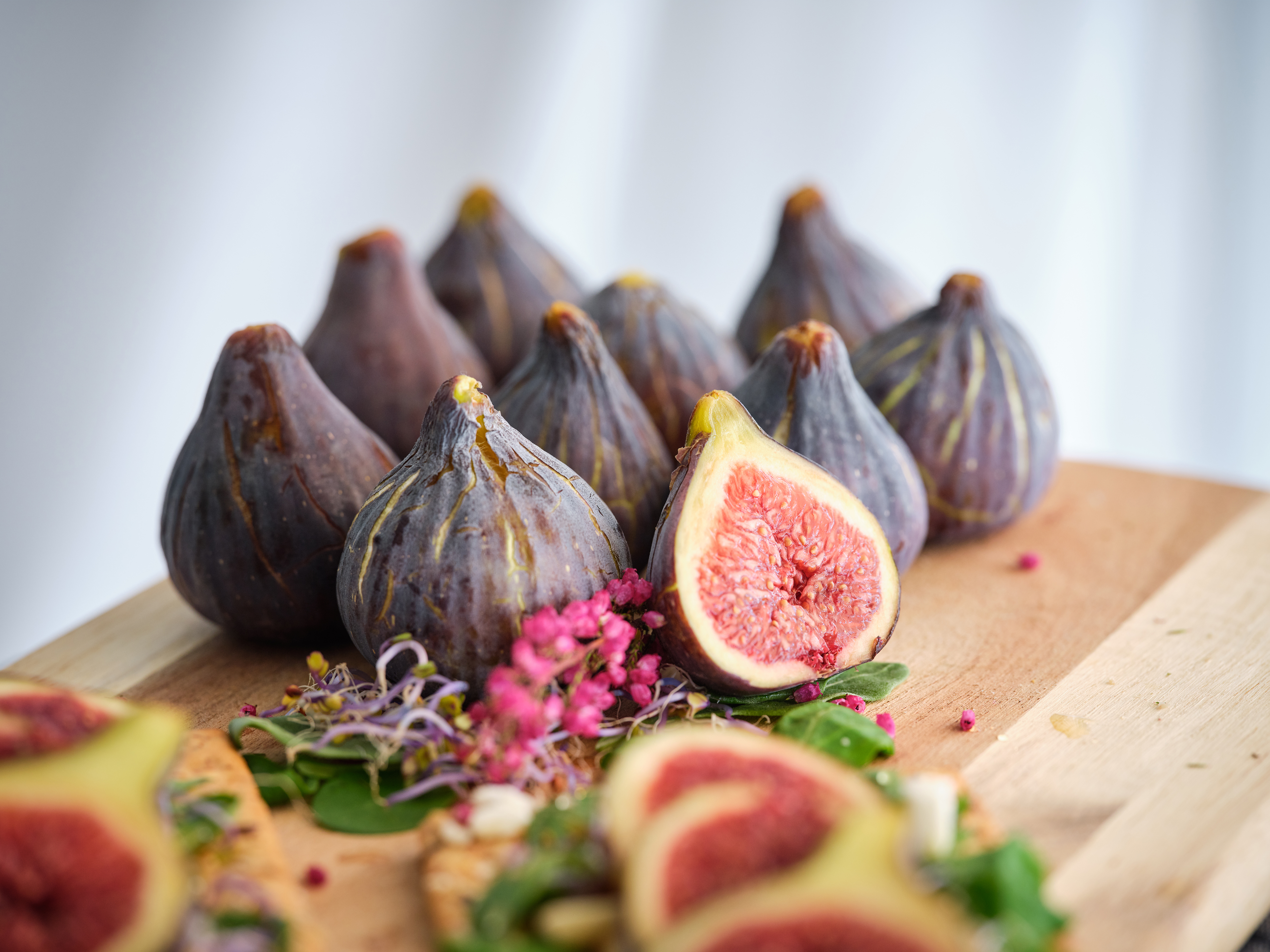
Figs are celebrated for their natural sweetness and unique texture, but their soft, delicate skin and open structure make them highly vulnerable to pests and fungal diseases. This often leads to heavy pesticide use in conventional farming. Unlike many fruits, figs have no peel to discard, meaning any lingering residues are consumed directly. Due to their high sugar content and unique composition, residues can cling stubbornly. Opting for organic figs or growing your own is the best way to enjoy this sweet treat without the chemical baggage.
14. Olives: The Briny Fruit's Dirty Secret
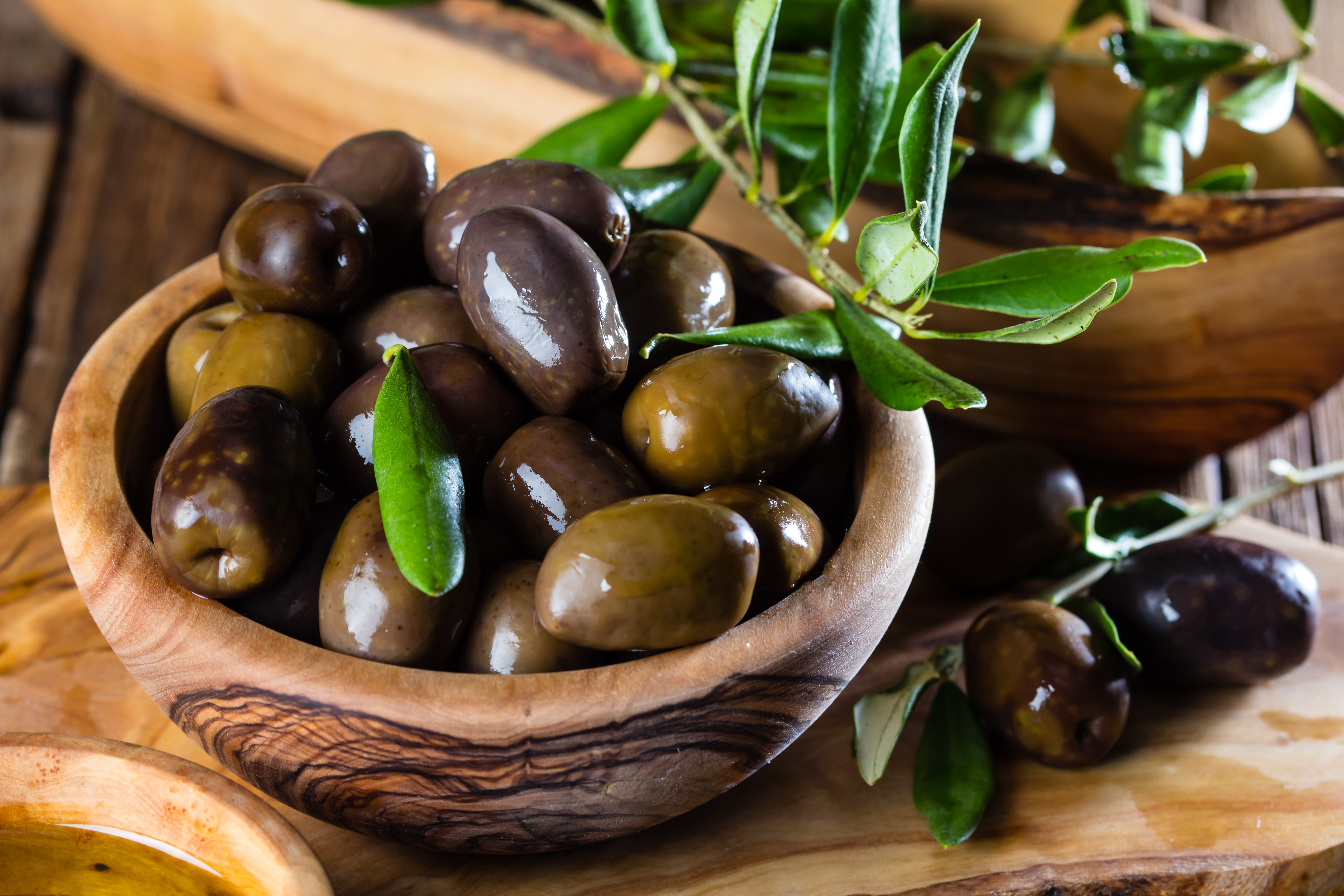
Olives, a staple of the Mediterranean diet, are a surprisingly frequent target for pesticides. The olive fruit fly is a common and destructive pest that requires farmers to apply insecticides repeatedly throughout the growing season. Since olives are often cured whole in brine, surface residues can be locked in and consumed. To minimize exposure, choose organic olives or high-quality extra virgin olive oil, which is often made from olives that are less chemically treated.
15. Dates: A Sweet Treat with a Hidden History

Dates, with their rich, caramel-like sweetness, are a dietary staple in many cultures. However, conventional date palms are frequently treated with pesticides to protect against pests like the carob moth. Since dates are harvested and consumed whole, without any peeling or washing after they're dried, any lingering chemical residues are ingested. The sticky, textured skin can also trap dust and pesticides. For a truly clean snack, look for organic dates or wash them thoroughly before eating.
16. Quince: A Hard Fruit with a Soft Underbelly
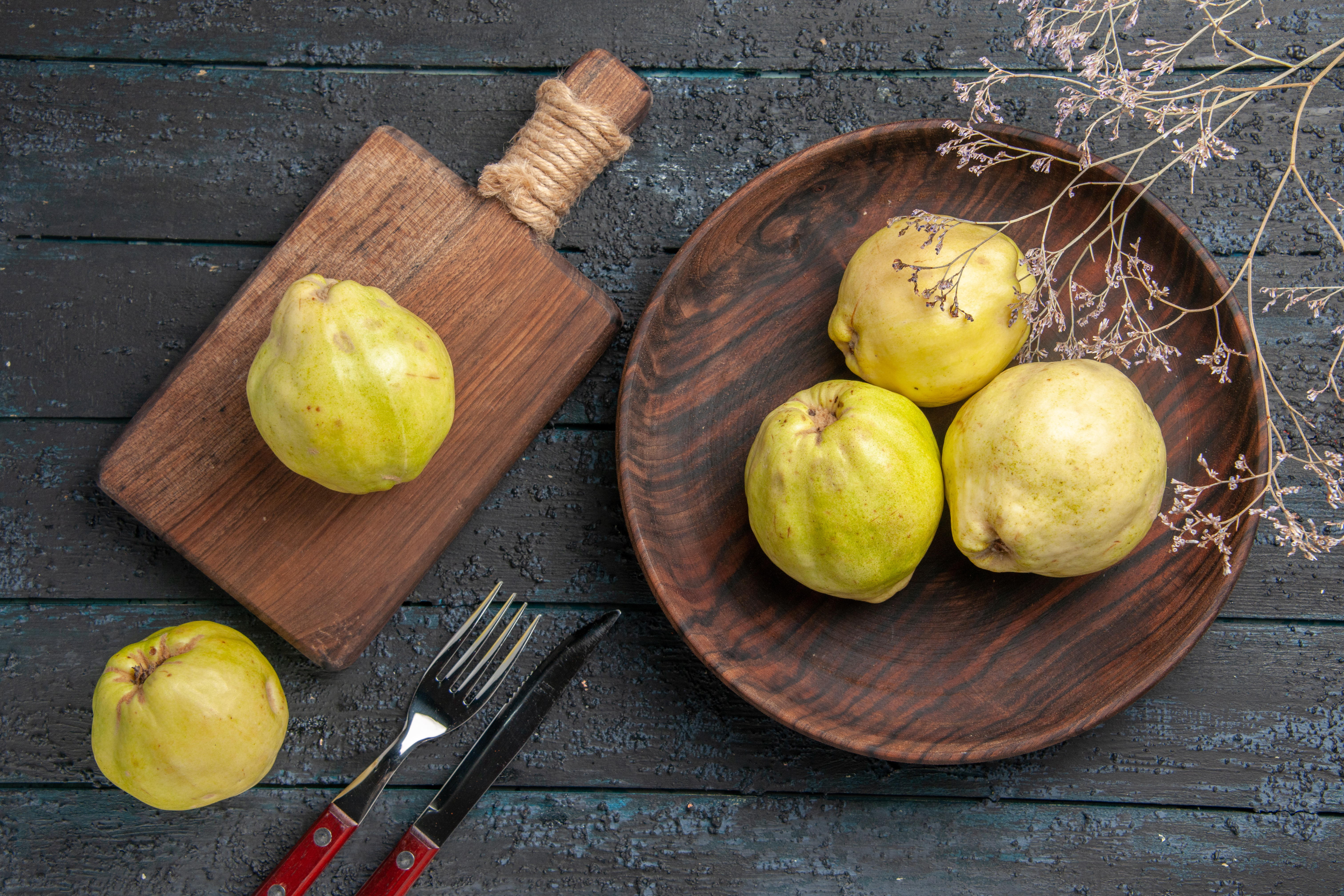
The hard, tough skin of a quince might suggest it’s well-protected from chemicals, but this fruit is often heavily sprayed to combat pests like the codling moth. Since quince is typically cooked and not eaten raw, some people assume it's safe. However, the skin is often left on during cooking, and residues can persist. To reduce your exposure, peel the quince before cooking or choose organic varieties, especially if you plan to use it for jams or jellies.
17. Cranberries: The Tangy Berry with a Pesticide Problem
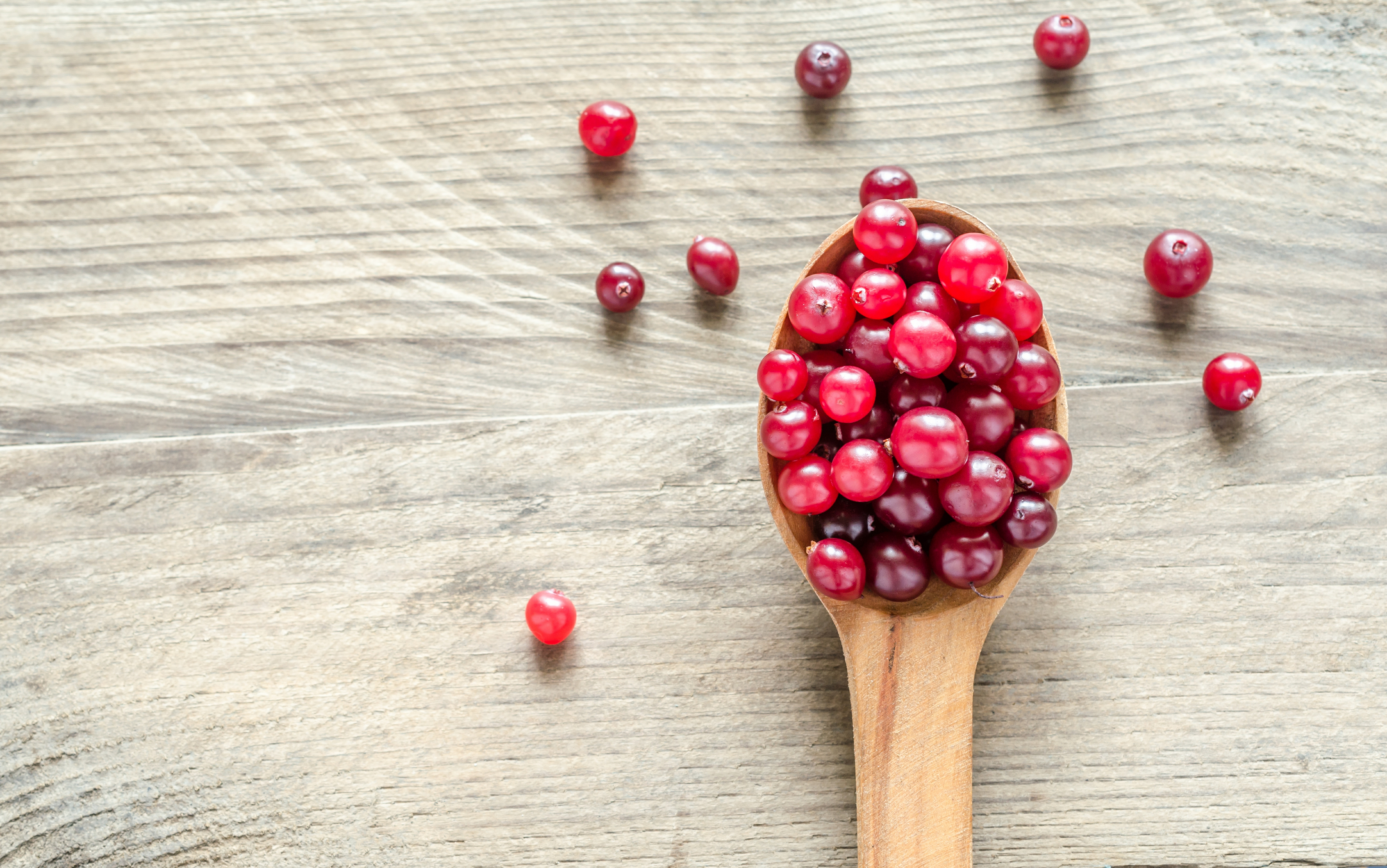
Cranberries are a tart and tangy addition to many dishes, but their cultivation in bog environments makes them susceptible to pests like the cranberry fruit worm. This often leads to the use of a wide range of pesticides. Because cranberries are consumed whole and rarely peeled, and their dense, waxy skin can hold onto residues, they are a significant source of concern. For a healthier holiday dish or snack, opt for organic cranberries or cranberry juice.
18. Pomegranates: A Juiced-Up Chemical Cocktail
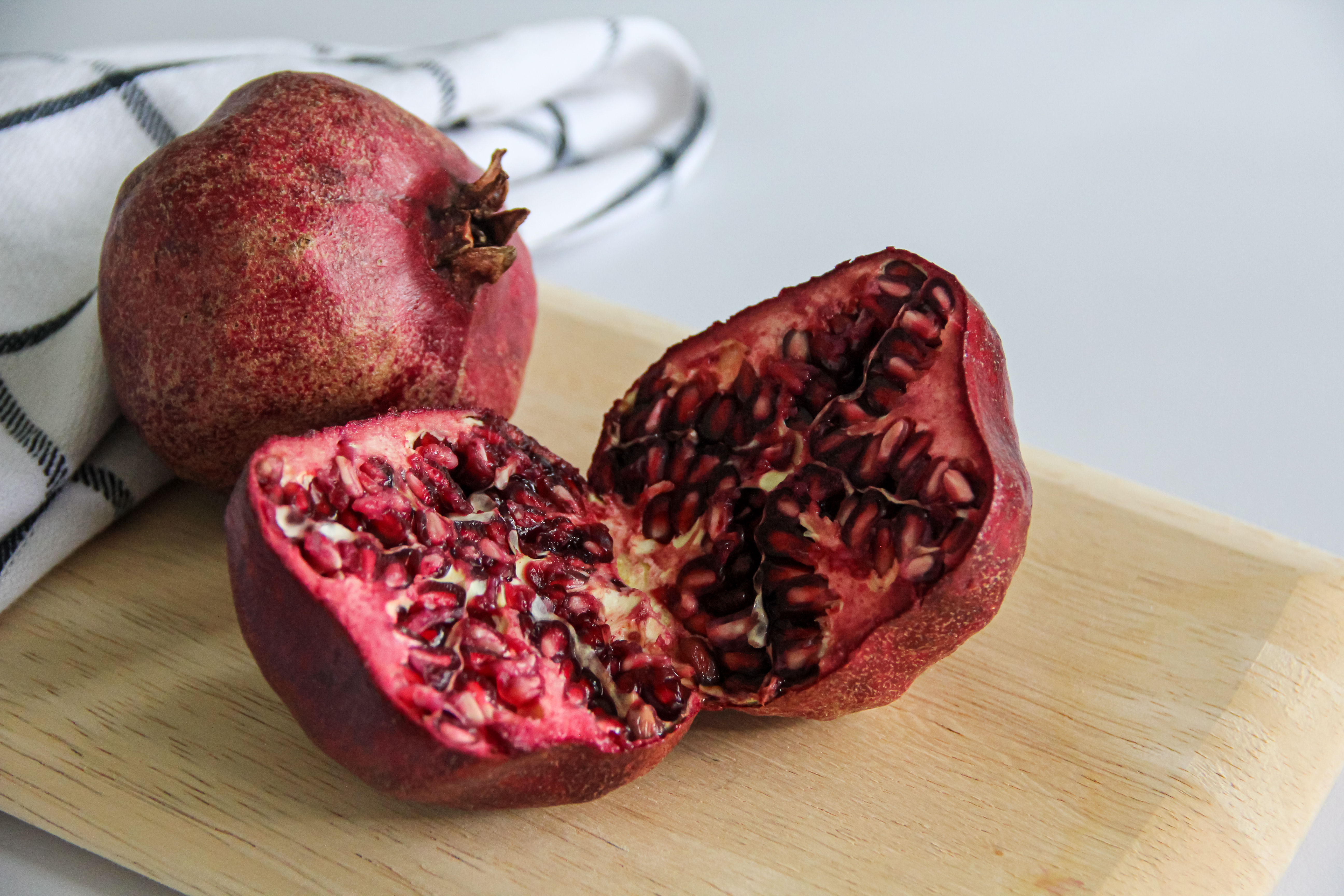
Pomegranates are a nutritional powerhouse, but their thick, leathery skin and dense interior don’t make them immune to pesticides. The pomegranate fruit borer is a destructive pest that requires repeated insecticide applications. While we don’t eat the skin, chemicals can still cling to the arils and be ingested, especially if you juice the fruit with the skin on. For a cleaner, healthier juice, opt for organic pomegranates or make sure to wash them thoroughly before use.
19. Artichokes: The Bud with a Bite
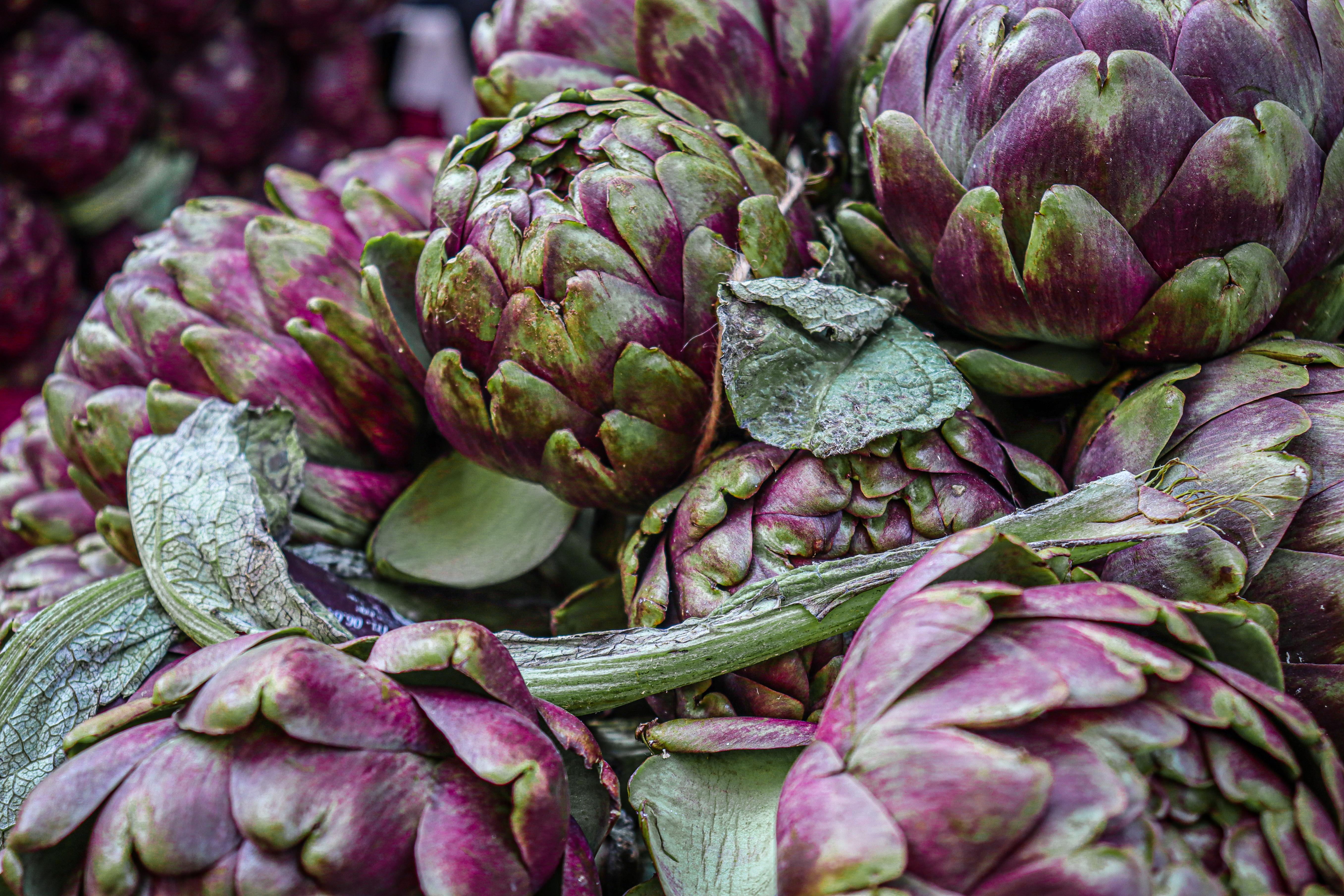
Artichokes, with their layered leaves and tough exterior, might not seem like a pesticide risk. However, conventional artichoke farms use a variety of insecticides to combat pests like aphids and artichoke plume moths. Because we eat the heart and the base of the leaves, which are well-protected, the risk of ingesting residues is lower than with other vegetables. However, washing them thoroughly is still a good idea, as residues can cling to the layered leaves. For a truly clean meal, choose organic artichokes.
20. Leeks: A Root Vegetable With a Shady Past
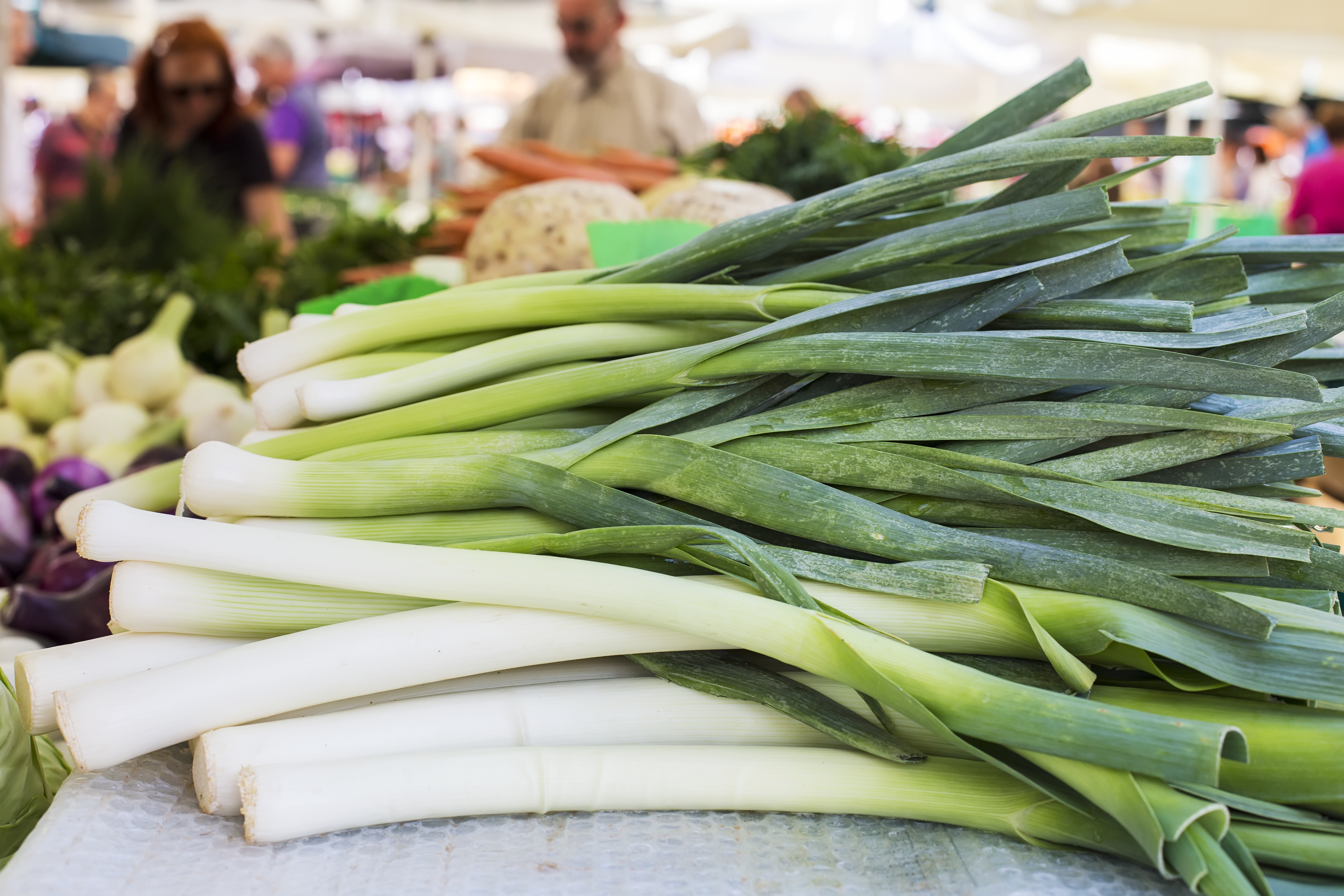
Leeks are a member of the onion family and are susceptible to many of the same pests. The leek moth, in particular, can cause significant damage, requiring farmers to use pesticides. Since we eat the entire stalk, which grows close to the ground, there is a risk of ingesting residues. Because leeks are often used in soups and stews, the risk of ingesting these chemicals is higher than with other vegetables. Wash them thoroughly and trim the outer layers to reduce your exposure.
21. Kohlrabi: A Cruciferous Surprise
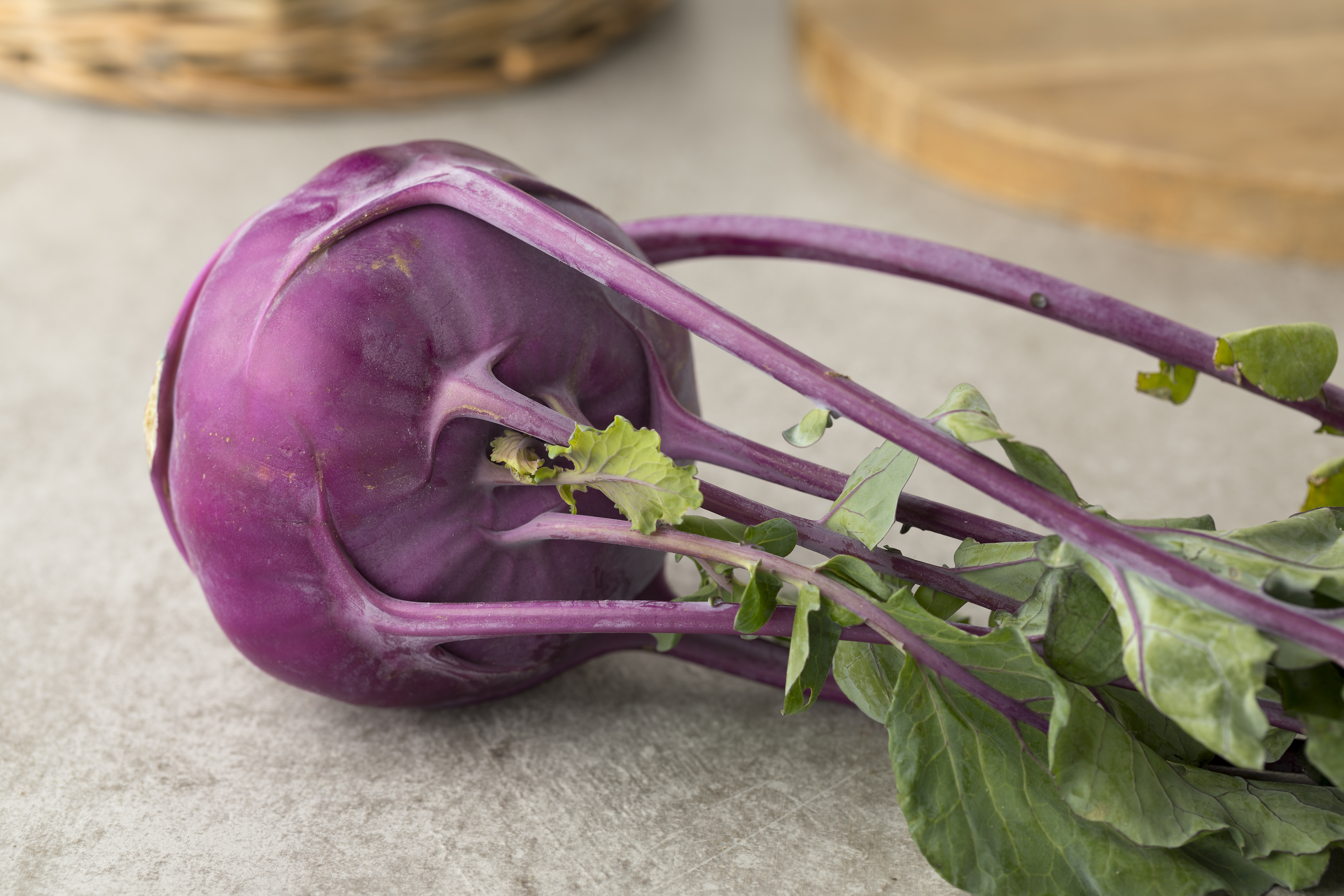
Kohlrabi, a member of the cabbage family, is a surprisingly high-risk vegetable. Its bulbous stem and leafy tops are susceptible to a wide range of pests, including flea beetles and aphids. This often leads to heavy pesticide use. Since kohlrabi is often eaten raw or with the skin on, the risk of ingesting residues is high. To reduce your exposure, choose organic kohlrabi, peel the skin, and wash it thoroughly before eating.
22. Turnips: A Root Vegetable with a Hidden Risk
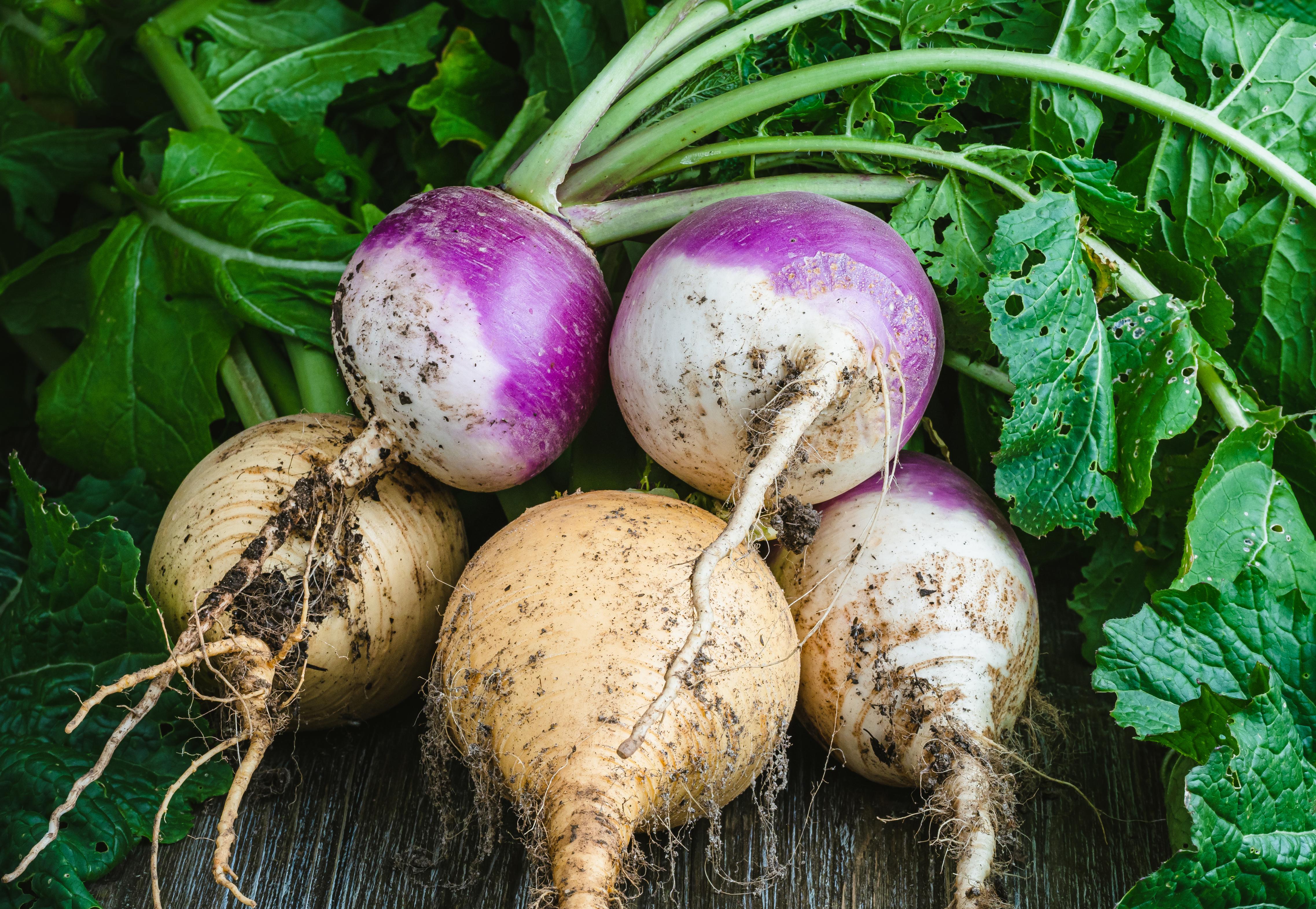
Turnips, like other root vegetables, grow in direct contact with the soil, which can be treated with a variety of pesticides. The turnip root fly is a common pest that can cause significant damage, requiring farmers to use insecticides. Because the skin is often left on when cooking, there is a risk of ingesting residues. To reduce your exposure, choose organic turnips, and peel and wash them thoroughly before use.
23. Jicama: A Root Vegetable with a Secret
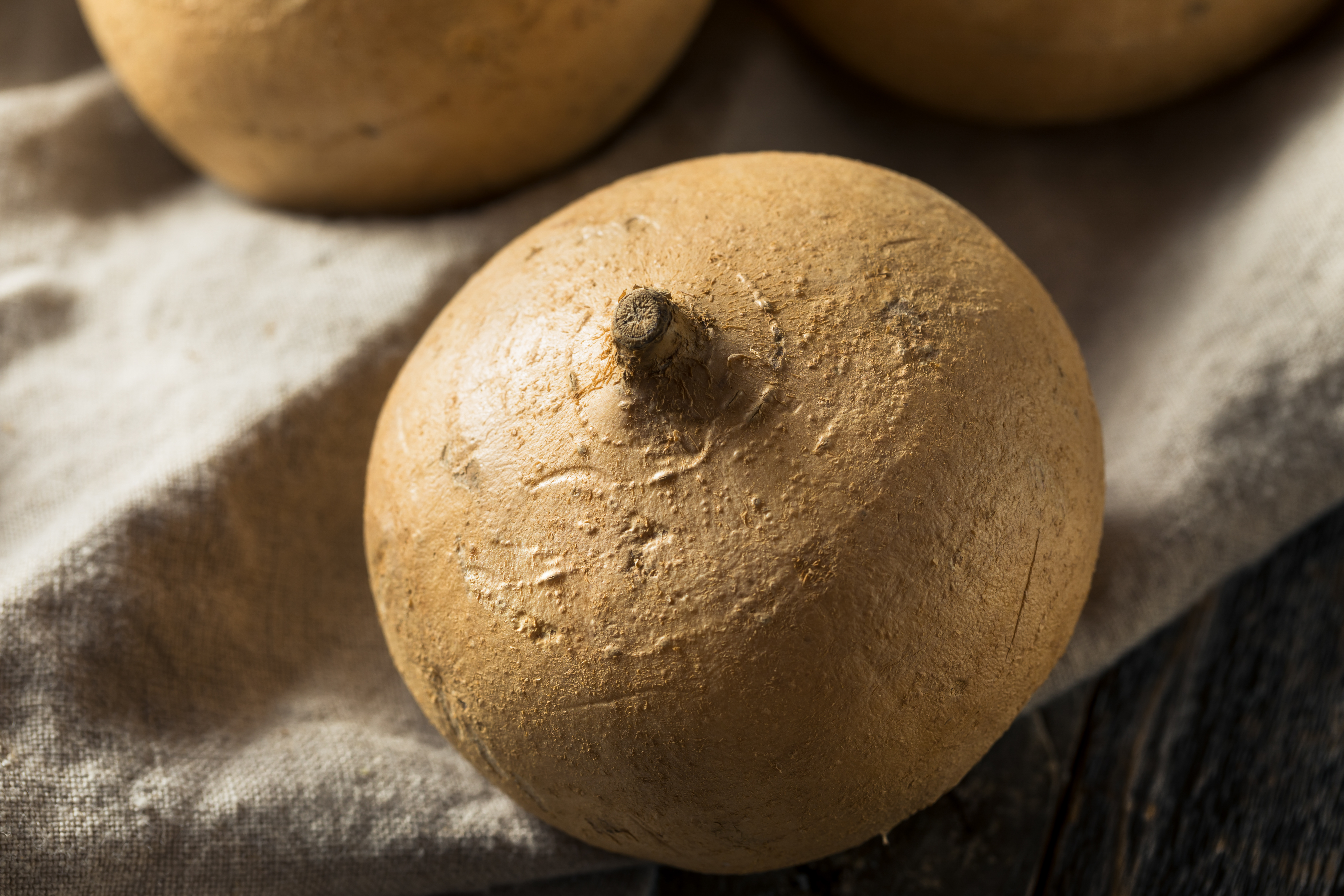
Jicama, with its thick, fibrous skin, might seem safe, but it's a common target for pesticides. Farmers apply insecticides to combat pests like the jicama weevil, which can cause significant damage. Since we eat the entire root, there is a risk of ingesting residues. To reduce your exposure, choose organic jicama, and peel it thoroughly before use.
24. Parsnips: The Root with a Pesticide Problem
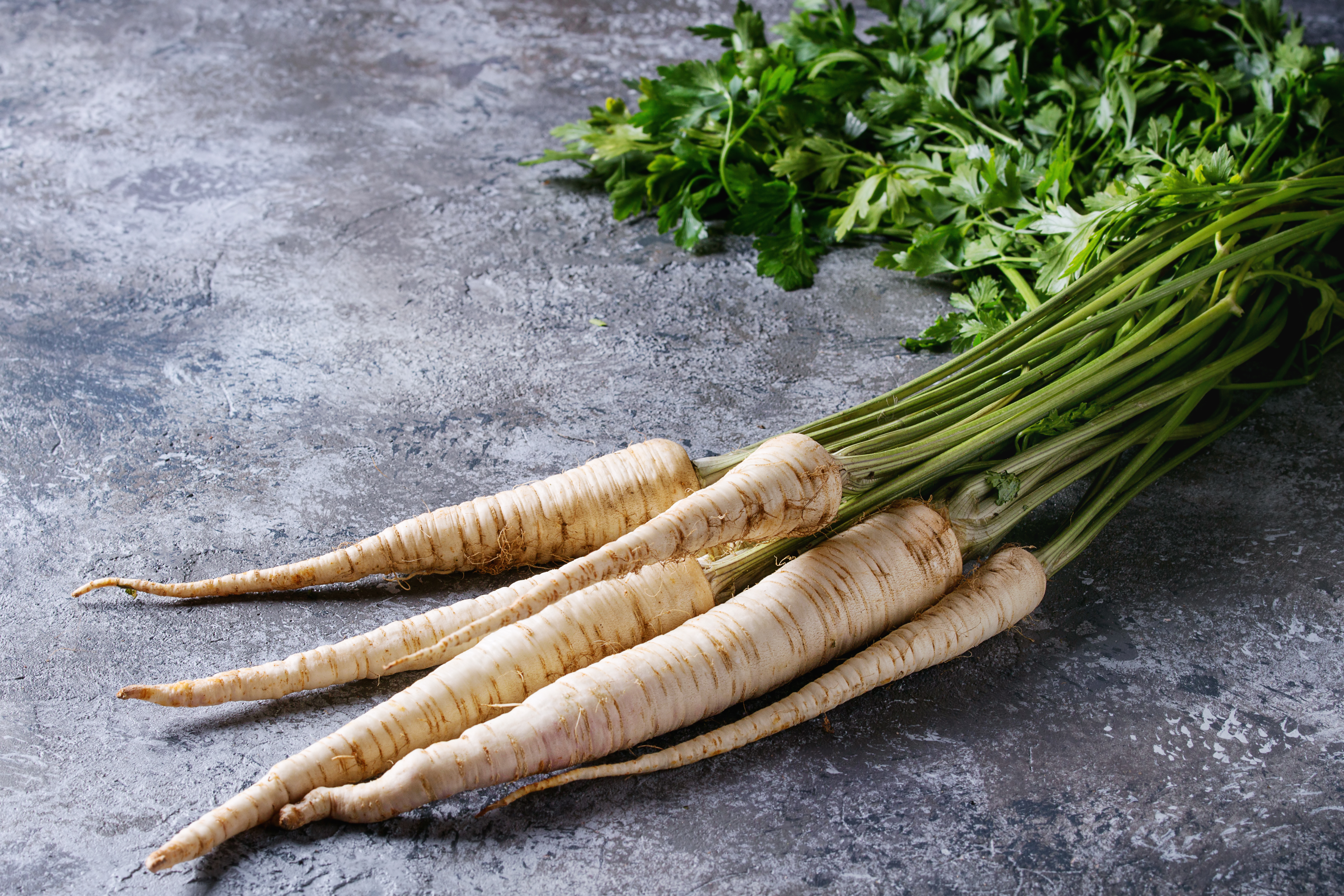
Parsnips, a root vegetable with a sweet, earthy flavor, are susceptible to pests like the carrot rust fly. This often leads to the use of a variety of pesticides. Since we eat the entire root, there is a risk of ingesting residues. To reduce your exposure, choose organic parsnips, and peel and wash them thoroughly before use.
25. Brussels Sprouts: The Tiny Cabbage with a Big Problem
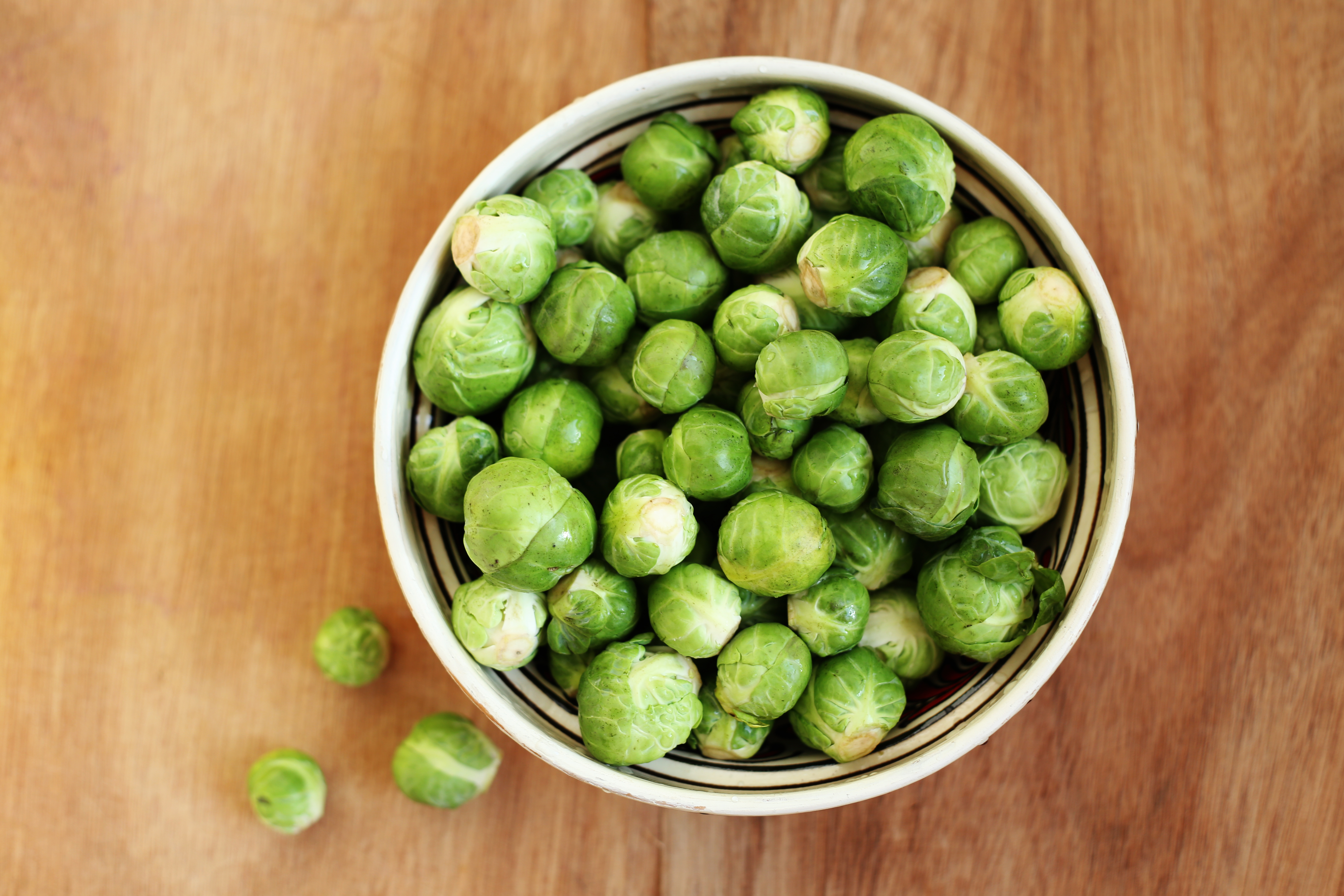
Brussels sprouts, a member of the cabbage family, are susceptible to many of the same pests. The cabbage worm, in particular, can cause significant damage, requiring farmers to use insecticides. Since we eat the entire sprout, there is a risk of ingesting residues. To reduce your exposure, choose organic Brussels sprouts, and wash them thoroughly before use.
26. Celeriac: The Root with a Hidden Danger
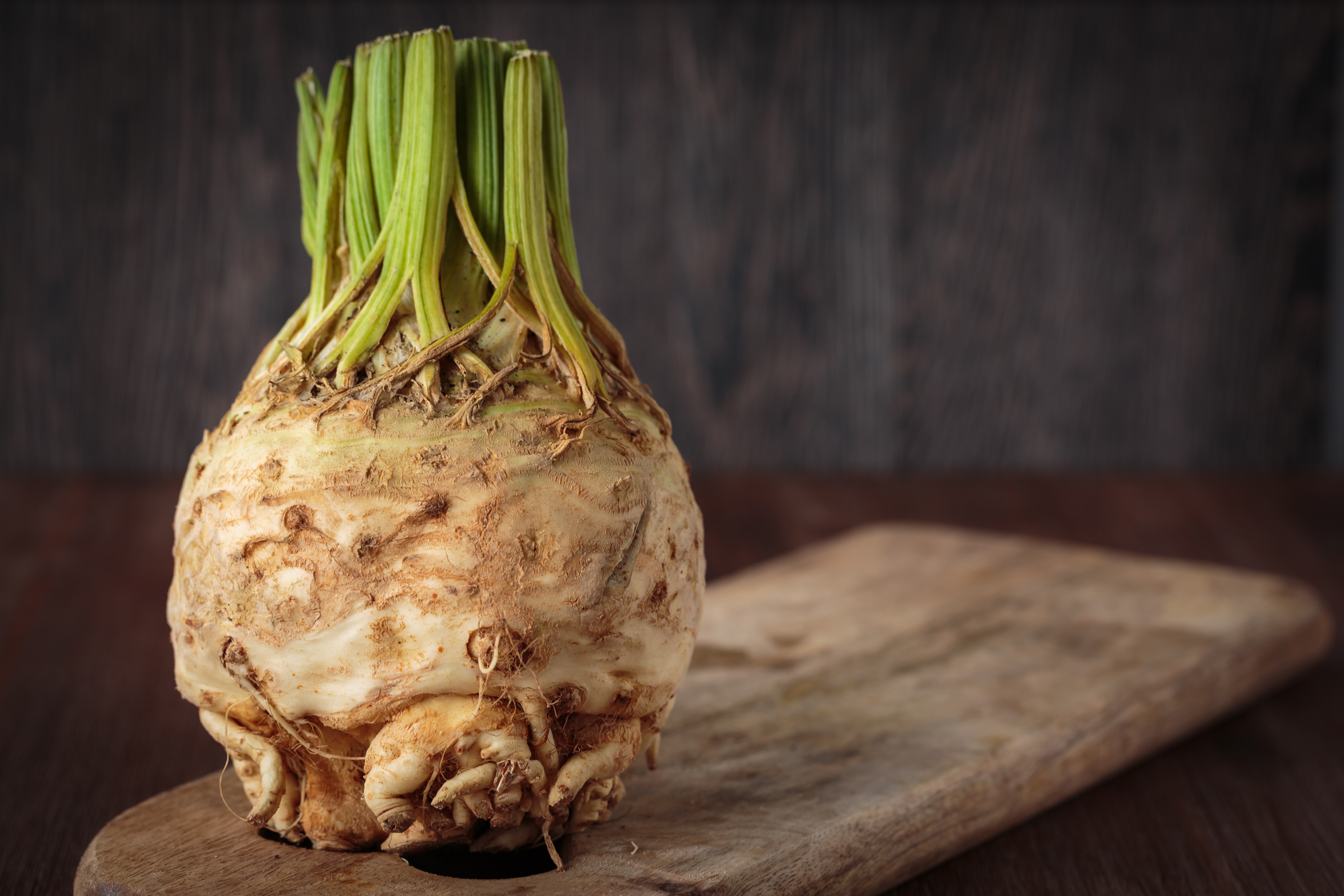
Celeriac, a root vegetable with a celery-like flavor, is a surprisingly high-risk vegetable. It's susceptible to pests like the celery root fly, which can cause significant damage, requiring farmers to use insecticides. Since we eat the entire root, there is a risk of ingesting residues. To reduce your exposure, choose organic celeriac, and peel and wash it thoroughly before use.
27. Endive: A Leafy Green with a Chemical Trajectory
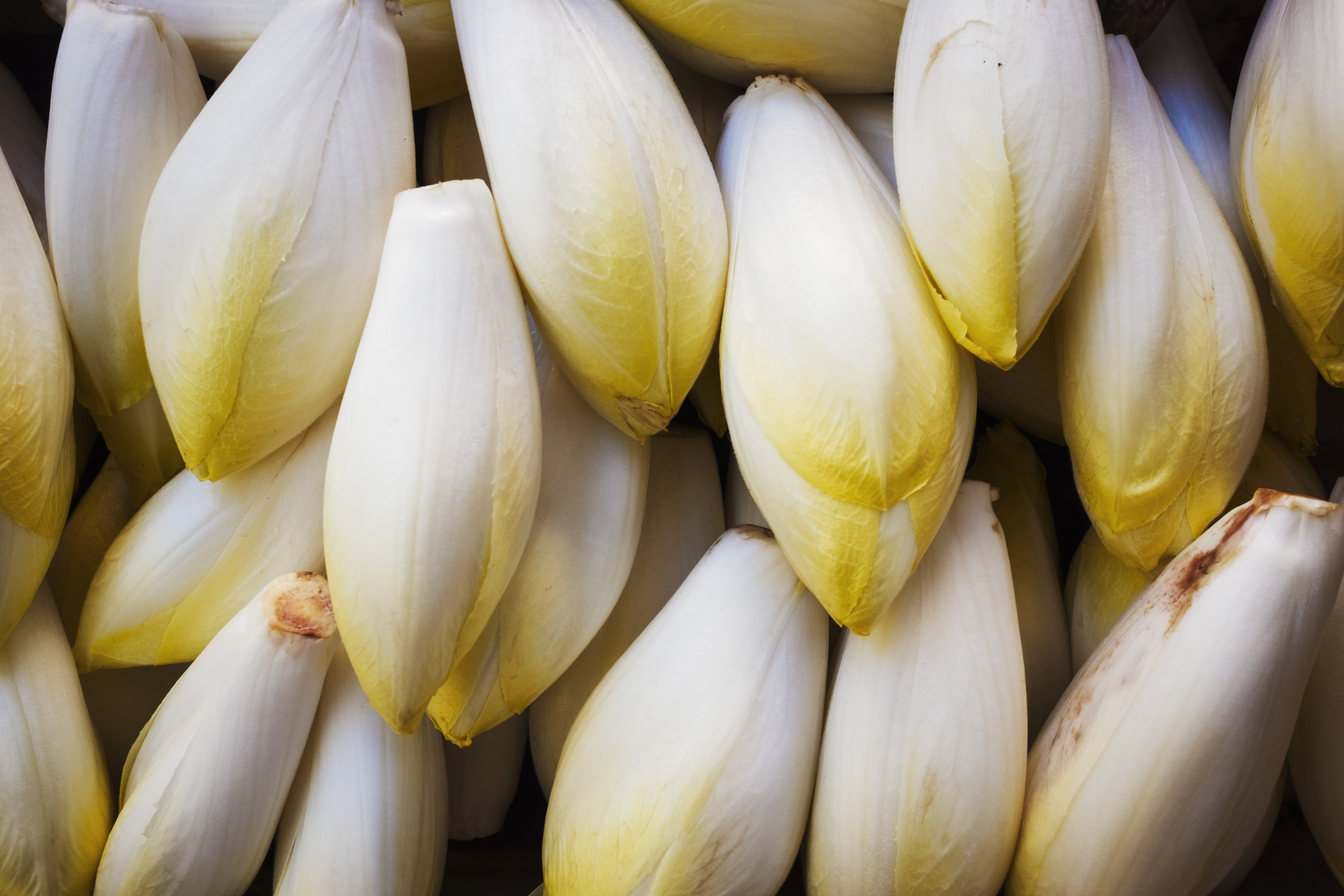
Endive, a leafy green with a slightly bitter taste, is susceptible to a variety of pests, including aphids and leaf miners. This often leads to the use of pesticides. Since we eat the entire leaf, there is a risk of ingesting residues. To reduce your exposure, choose organic endive, and wash it thoroughly before use.
28. Watercress: A Leafy Green with a Hidden Problem
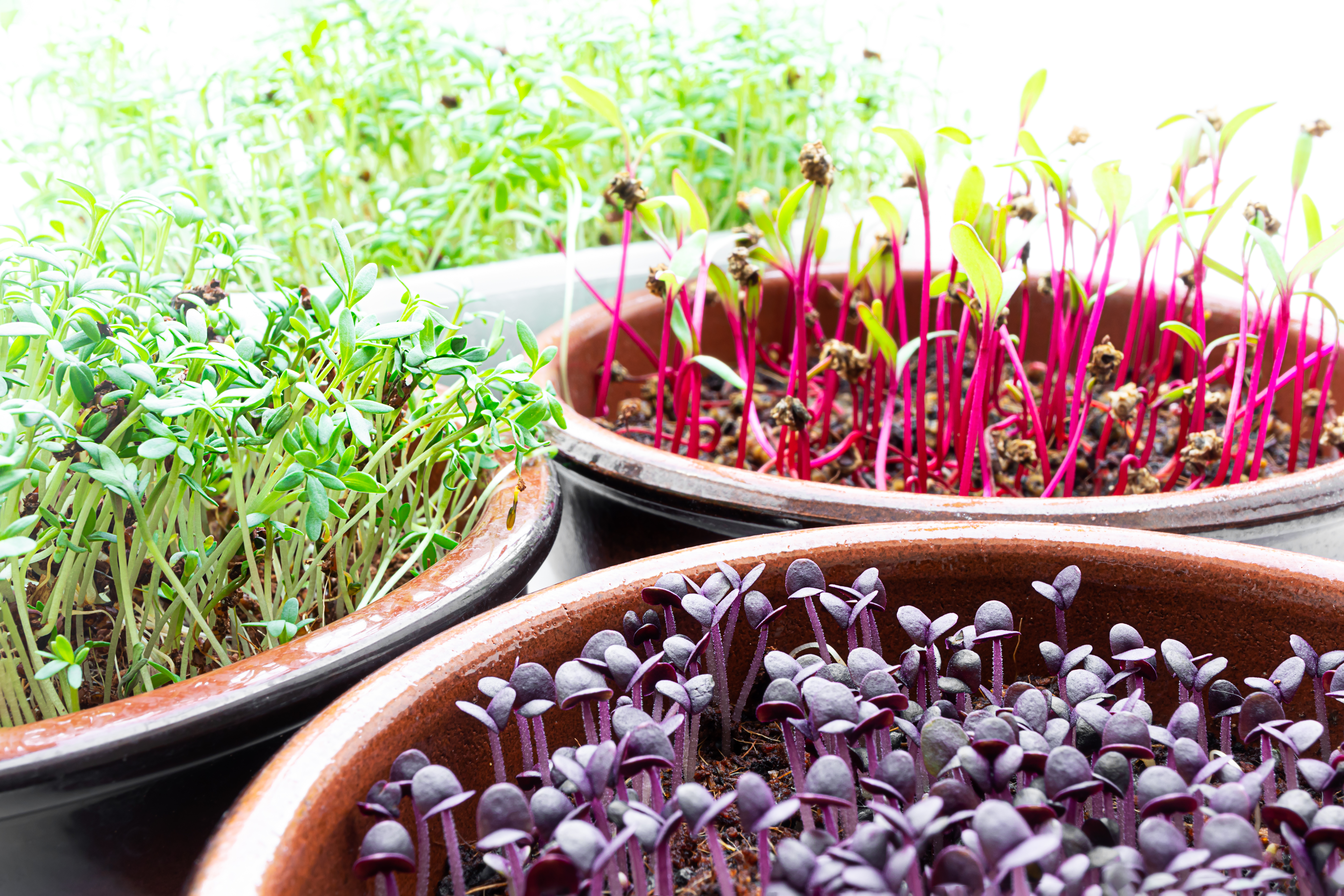
Watercress, a leafy green with a peppery taste, is a surprisingly high-risk vegetable. It's susceptible to a variety of pests, including aphids and whiteflies. This often leads to the use of pesticides. Since we eat the entire leaf, there is a risk of ingesting residues. To reduce your exposure, choose organic watercress, and wash it thoroughly before use.
29. Collard Greens: The Hearty Green with a Chemical Load
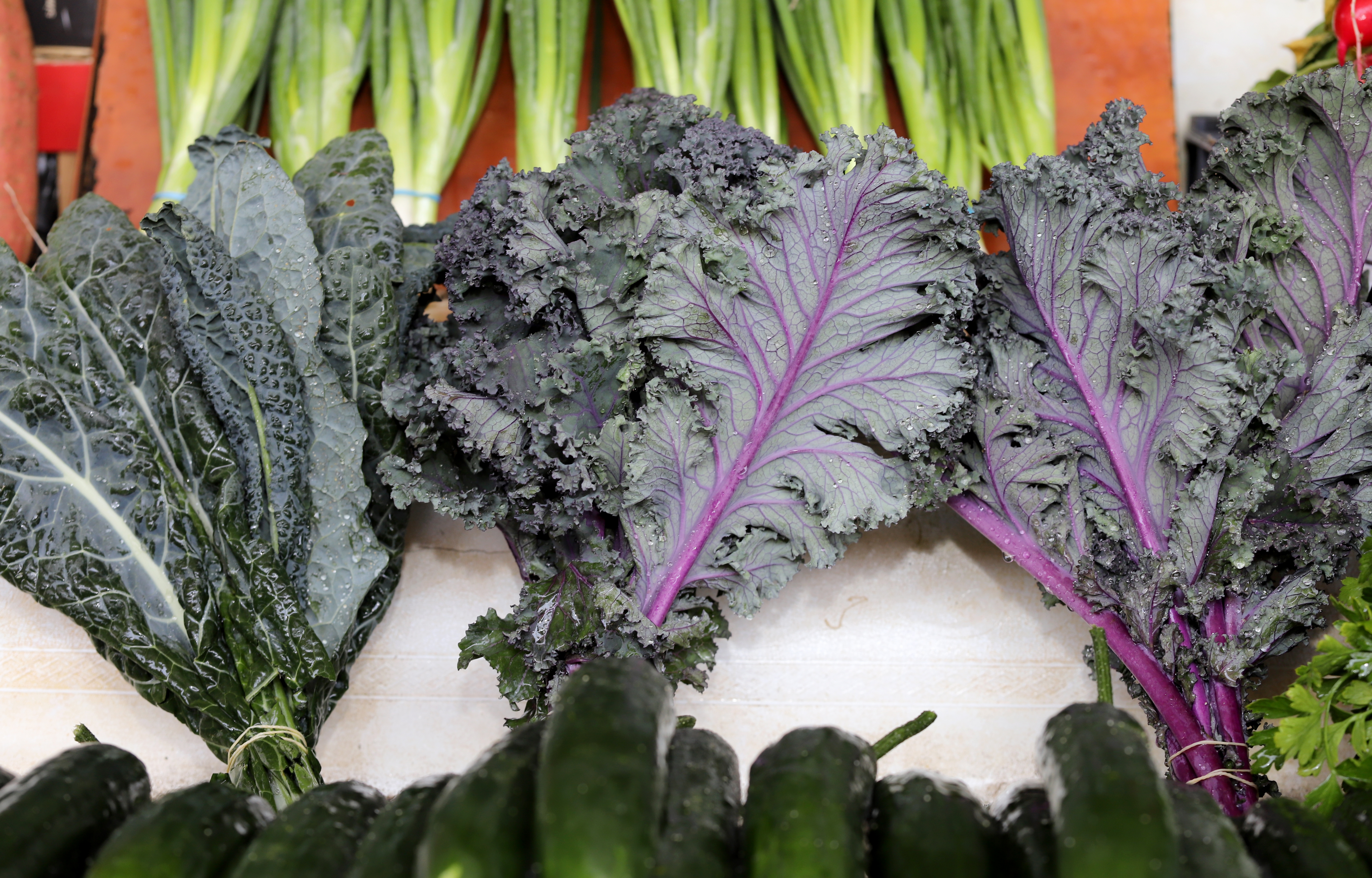
Collard greens, a member of the cabbage family, are susceptible to a variety of pests, including aphids and cabbage worms. This often leads to the use of pesticides. Since we eat the entire leaf, there is a risk of ingesting residues. To reduce your exposure, choose organic collard greens, and wash them thoroughly before use.
30. Acorn Squash: The Hard-Shelled Risk
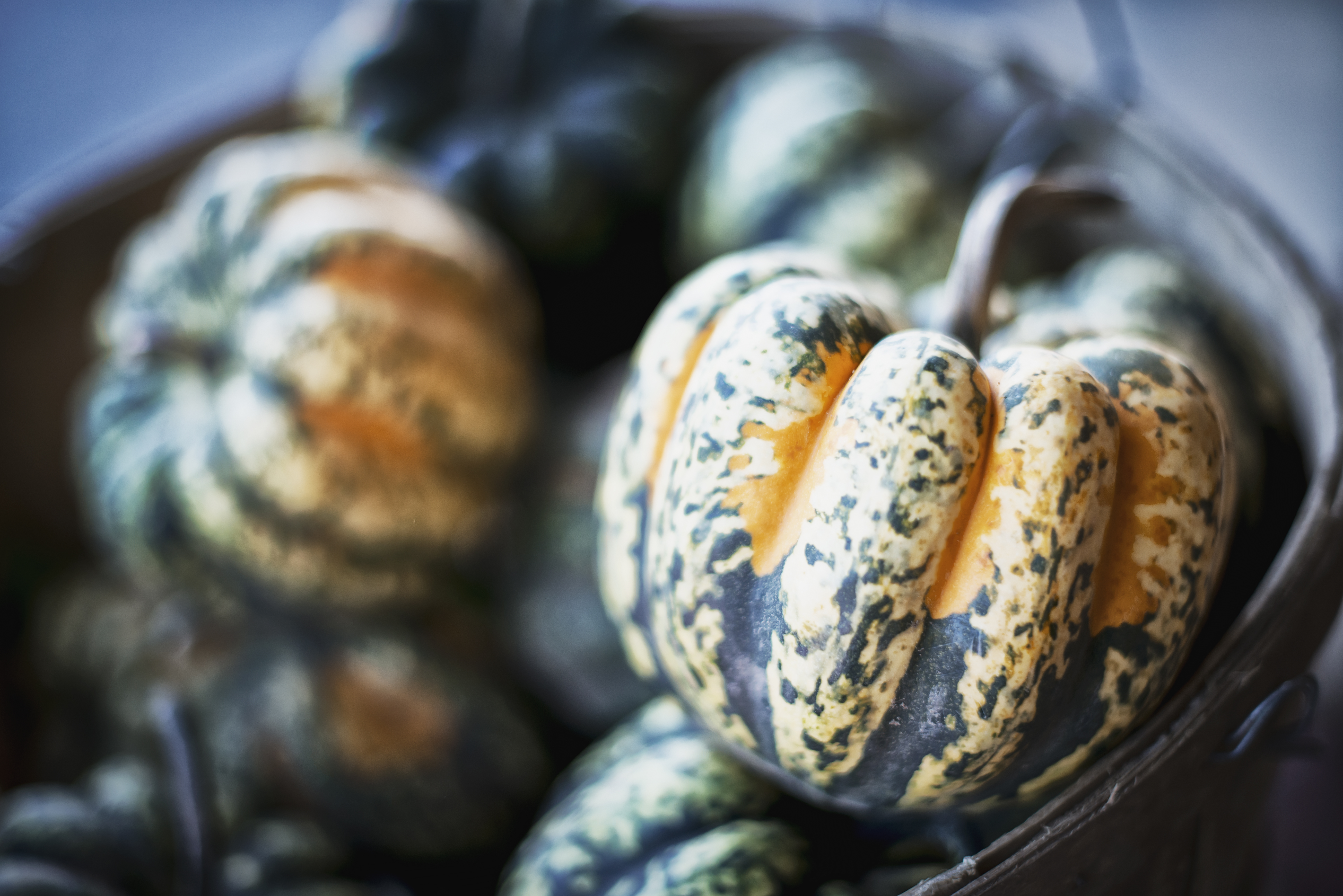
Acorn squash, with its thick, tough skin, might seem safe, but it's a common target for pesticides. Farmers apply insecticides to combat pests like the squash vine borer, which can cause significant damage. Since we eat the entire fruit, there is a risk of ingesting residues. To reduce your exposure, choose organic acorn squash, and wash it thoroughly before use.
31. Starfruit: A Tropical Treat with a Chemical Baggage
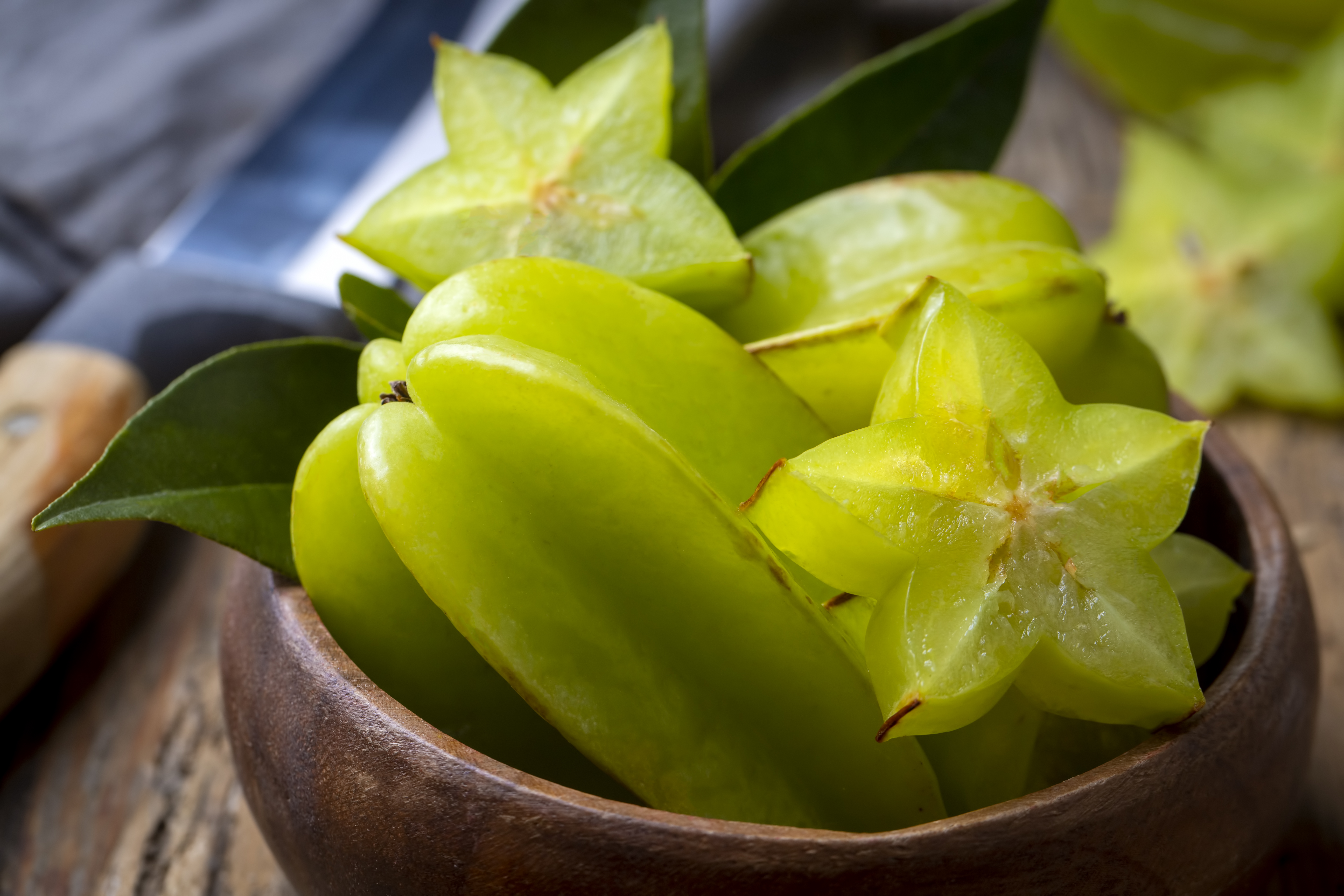
Starfruit, with its unique shape and sweet taste, is a common target for pesticides. Farmers apply insecticides to combat pests like the starfruit borer. Since we eat the entire fruit, there is a risk of ingesting residues. To reduce your exposure, choose organic starfruit, and wash it thoroughly before use.
32. Mangos: A Tropical Favorite with a Hidden Risk
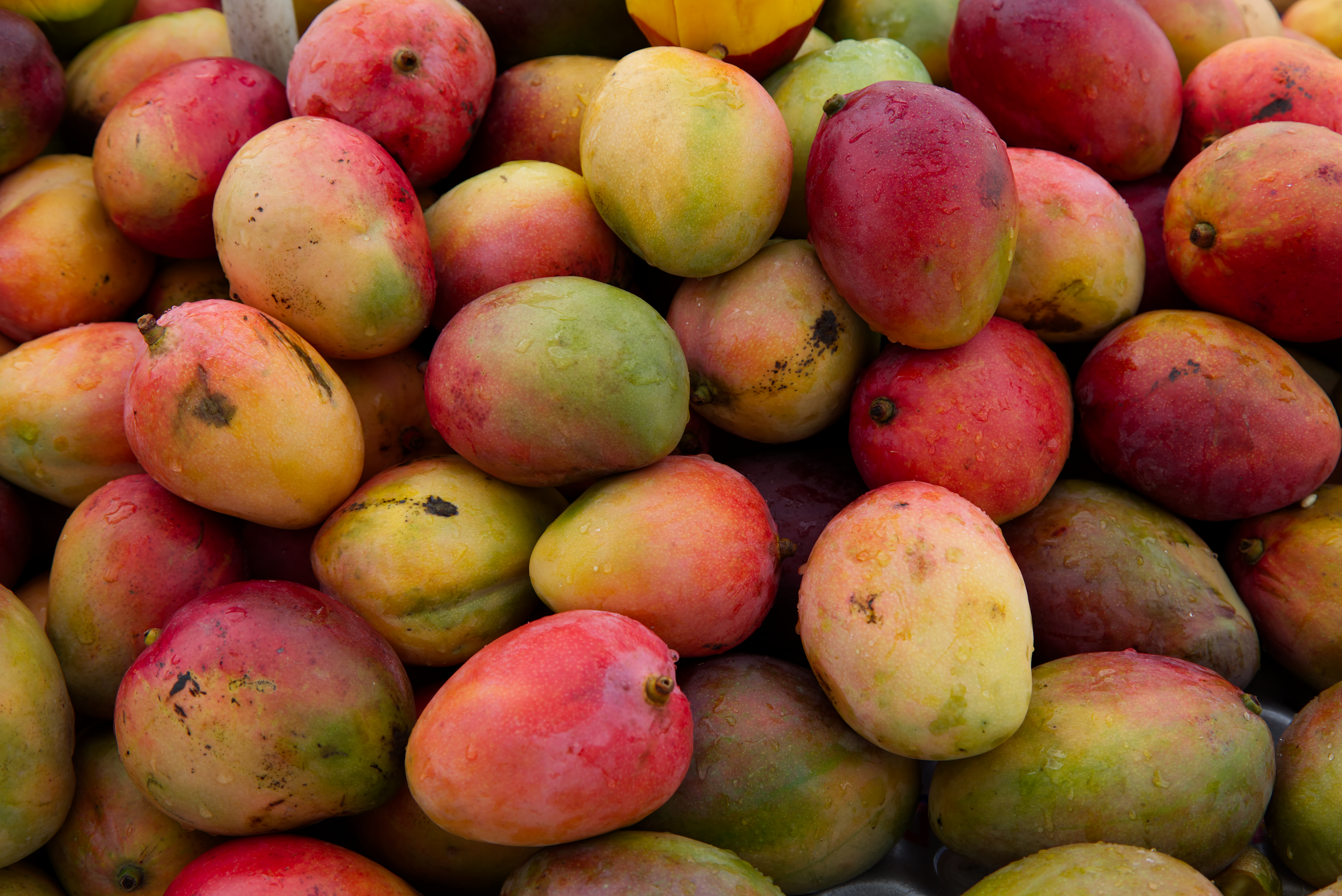
Mangos, with their thick skin, might seem safe, but they're a common target for pesticides. Farmers apply insecticides to combat pests like the mango mealybug. Since we eat the entire fruit, there is a risk of ingesting residues. To reduce your exposure, choose organic mangos, and wash them thoroughly before use.
33. Apricots: The Fuzzy Fruit's Chemical Load
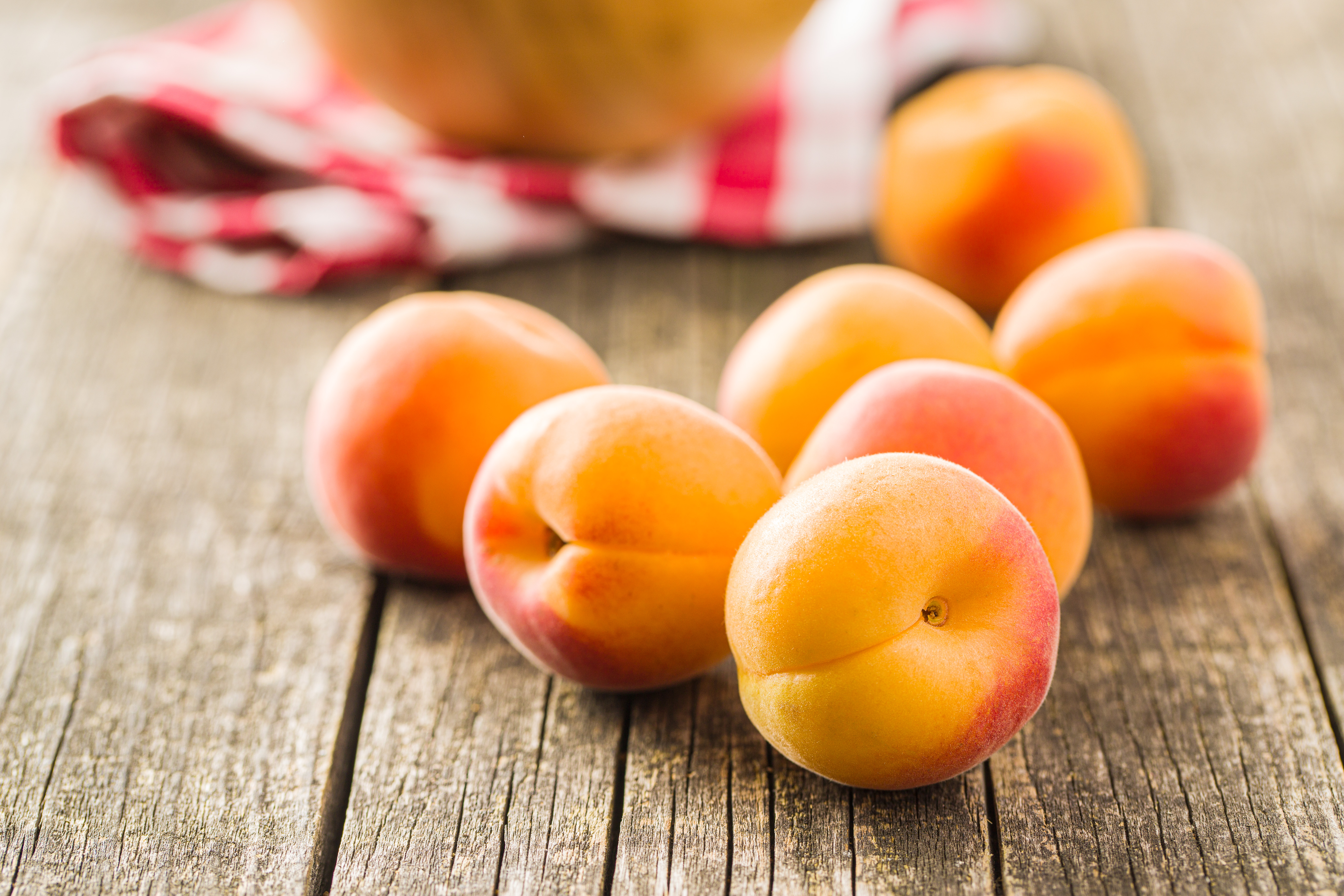
Apricots, with their delicate, fuzzy skin, are a common target for pesticides. Farmers apply insecticides to combat pests like the oriental fruit moth. Since we eat the entire fruit, there is a risk of ingesting residues. To reduce your exposure, choose organic apricots, and wash them thoroughly before use.
34. Persimmons: A Sweet Fruit with a Hidden Danger
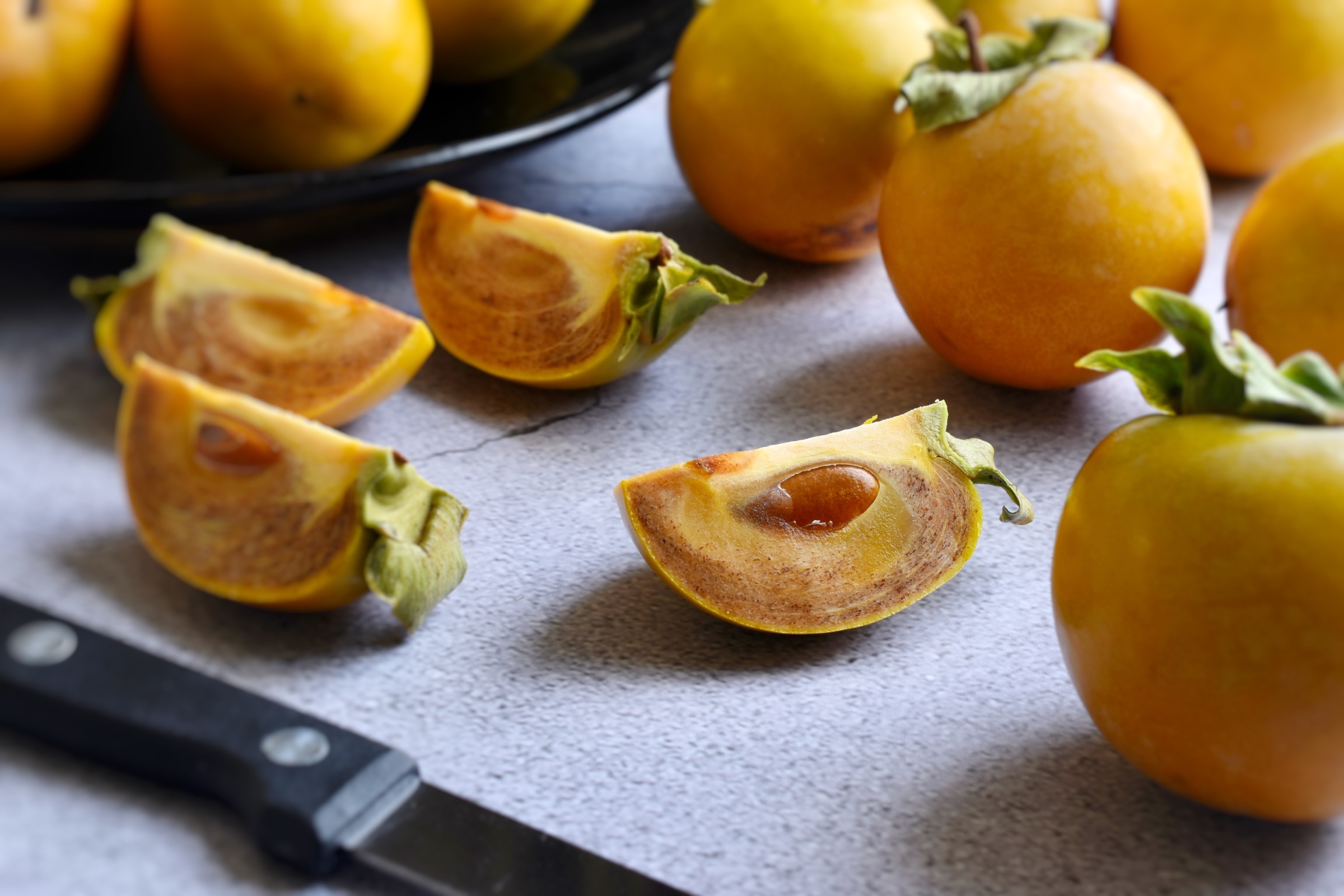
Persimmons, with their sweet, honey-like taste, are a common target for pesticides. Farmers apply insecticides to combat pests like the mealybug. Since we eat the entire fruit, there is a risk of ingesting residues. To reduce your exposure, choose organic persimmons, and wash them thoroughly before use.
35. Blackberries: The Dark Berry's Dirty Secret
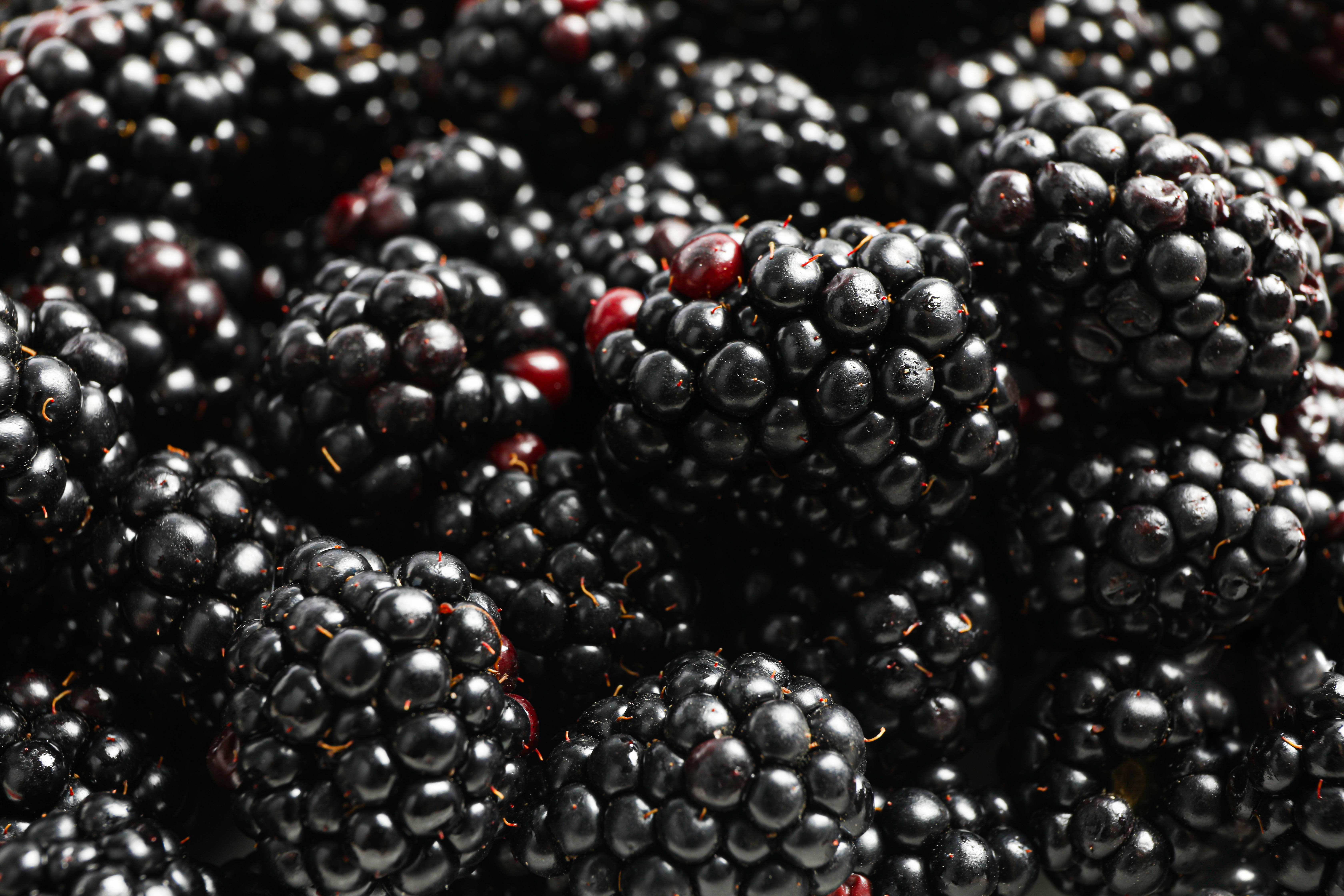
Blackberries, with their dark color and sweet taste, are a common target for pesticides. Farmers apply insecticides to combat pests like the blackberry psyllid. Since we eat the entire fruit, there is a risk of ingesting residues. To reduce your exposure, choose organic blackberries, and wash them thoroughly before use.
36. Pluots: A Hybrid Fruit with a Chemical Mix
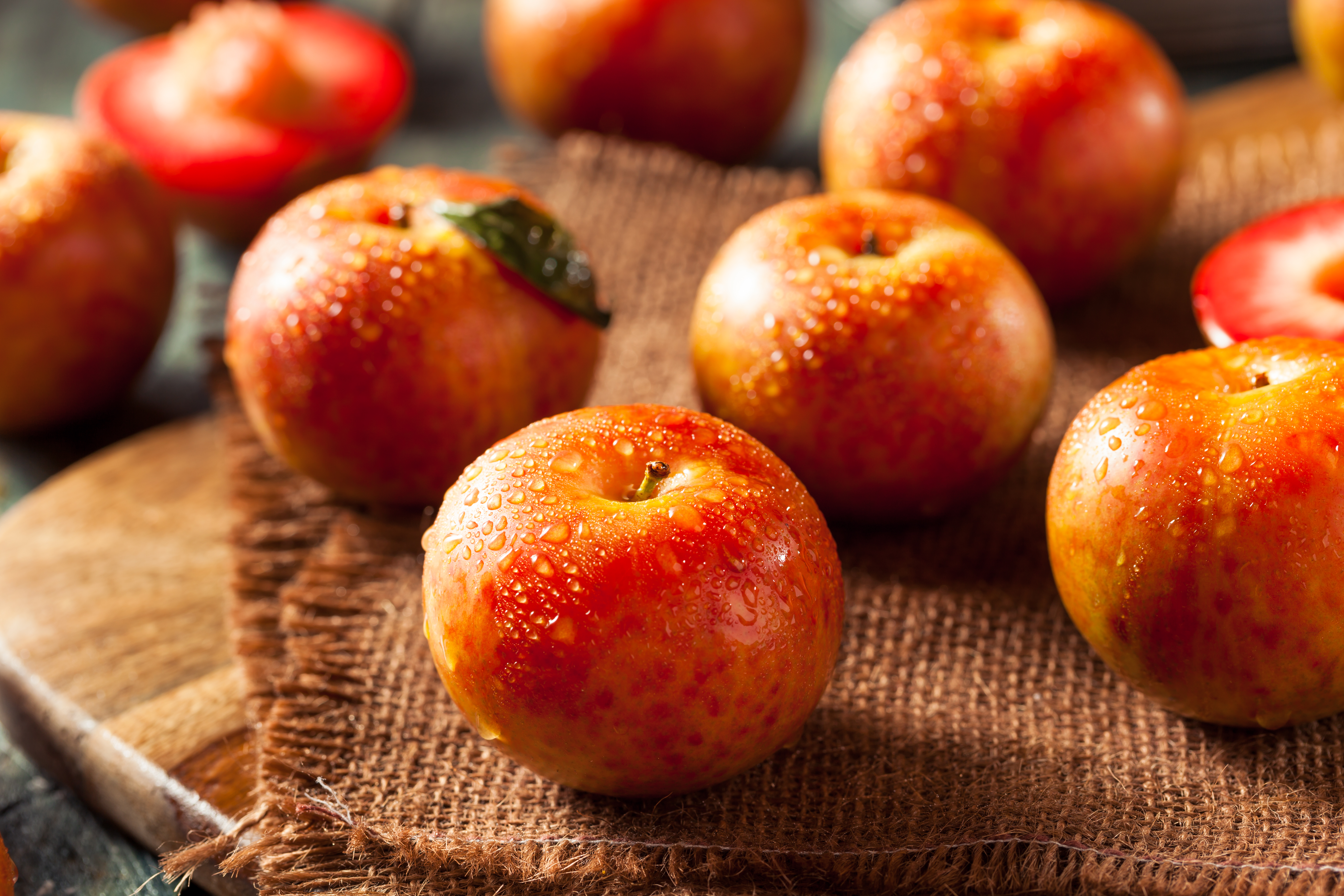
Pluots, a hybrid of plums and apricots, are a common target for pesticides. Farmers apply insecticides to combat pests like the plum curculio. Since we eat the entire fruit, there is a risk of ingesting residues. To reduce your exposure, choose organic pluots, and wash them thoroughly before use.
37. Guavas: A Tropical Fruit with a Hidden Risk

Guavas, with their sweet, aromatic taste, are a common target for pesticides. Farmers apply insecticides to combat pests like the guava fruit fly. Since we eat the entire fruit, there is a risk of ingesting residues. To reduce your exposure, choose organic guavas, and wash them thoroughly before use.
38. Lychees: A Tropical Treat with a Chemical Problem

Lychees, with their sweet, juicy flesh, are a common target for pesticides. Farmers apply insecticides to combat pests like the lychee fruit borer. Since we eat the entire fruit, there is a risk of ingesting residues. To reduce your exposure, choose organic lychees, and wash them thoroughly before use.
39. Mint: A Refreshing Herb with a Chemical Baggage
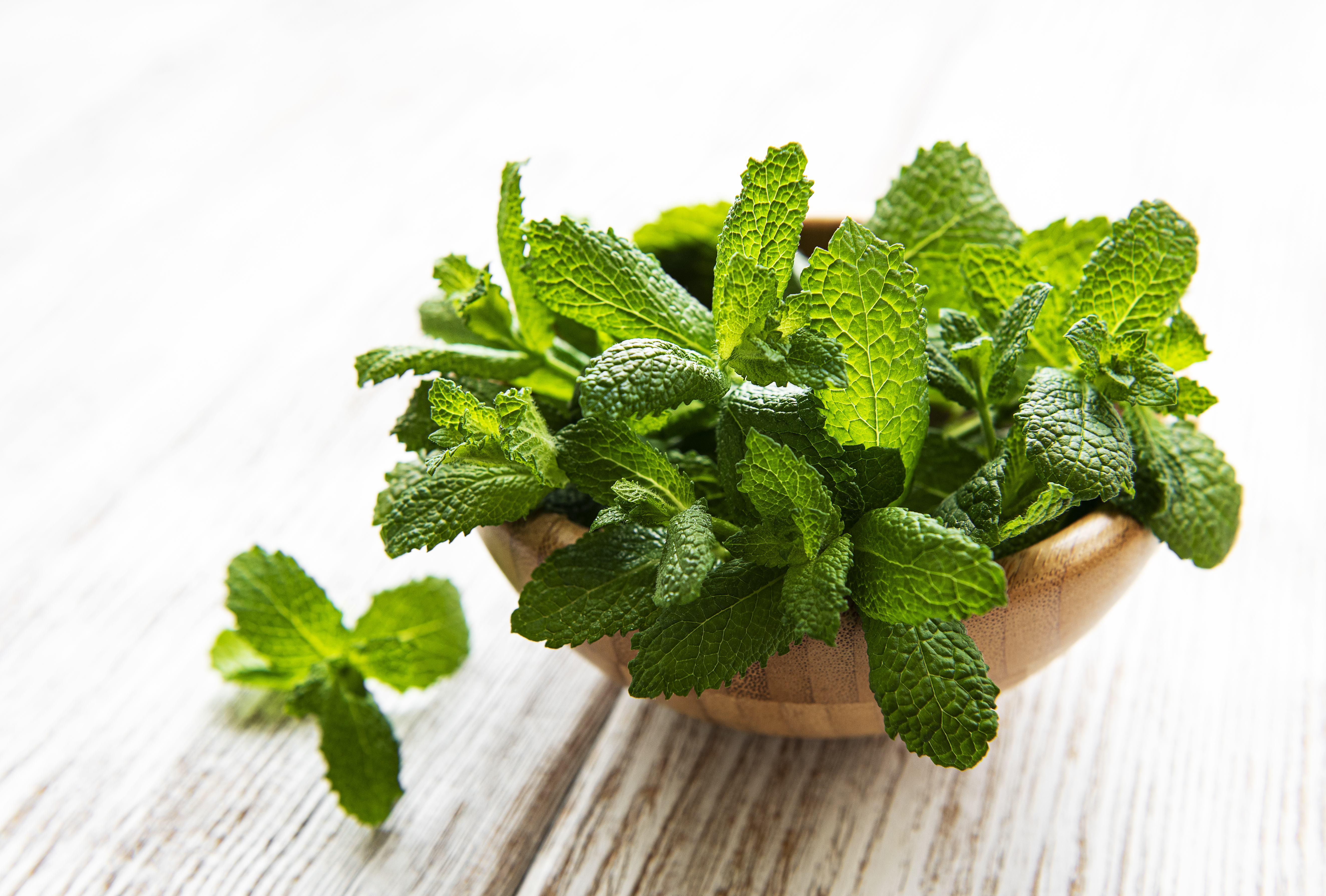
Mint, with its fresh, clean taste, is a common target for pesticides. Farmers apply insecticides to combat pests like the mint flea beetle. Since we eat the entire herb, there is a risk of ingesting residues. To reduce your exposure, choose organic mint, and wash it thoroughly before use.
40. Thyme: A Hardy Herb with a Hidden Danger
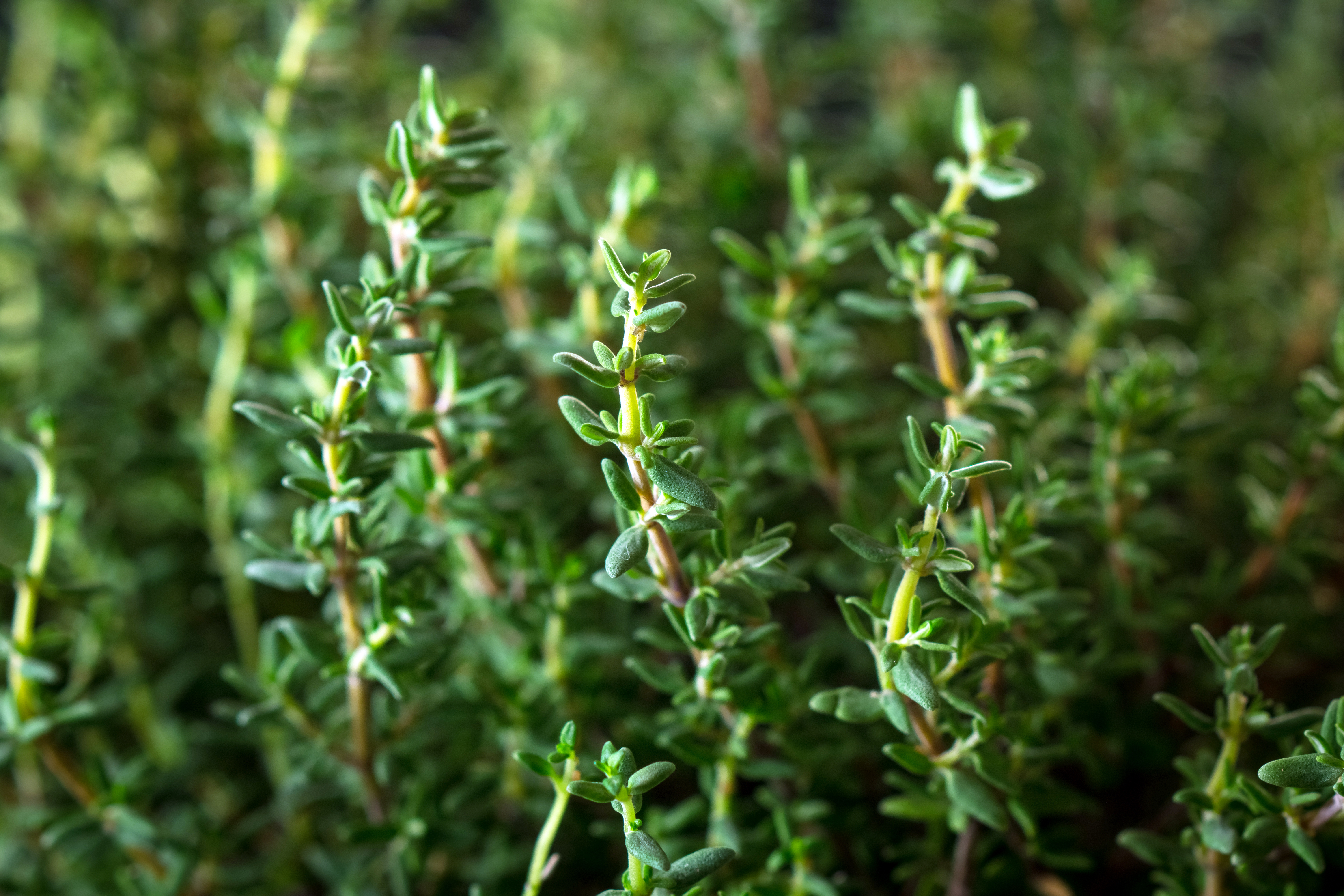
Thyme, with its small, delicate leaves, is a common target for pesticides. Farmers apply insecticides to combat pests like the thyme thrips. Since we eat the entire herb, there is a risk of ingesting residues. To reduce your exposure, choose organic thyme, and wash it thoroughly before use.
41. Rosemary: A Woody Herb with a Chemical Past
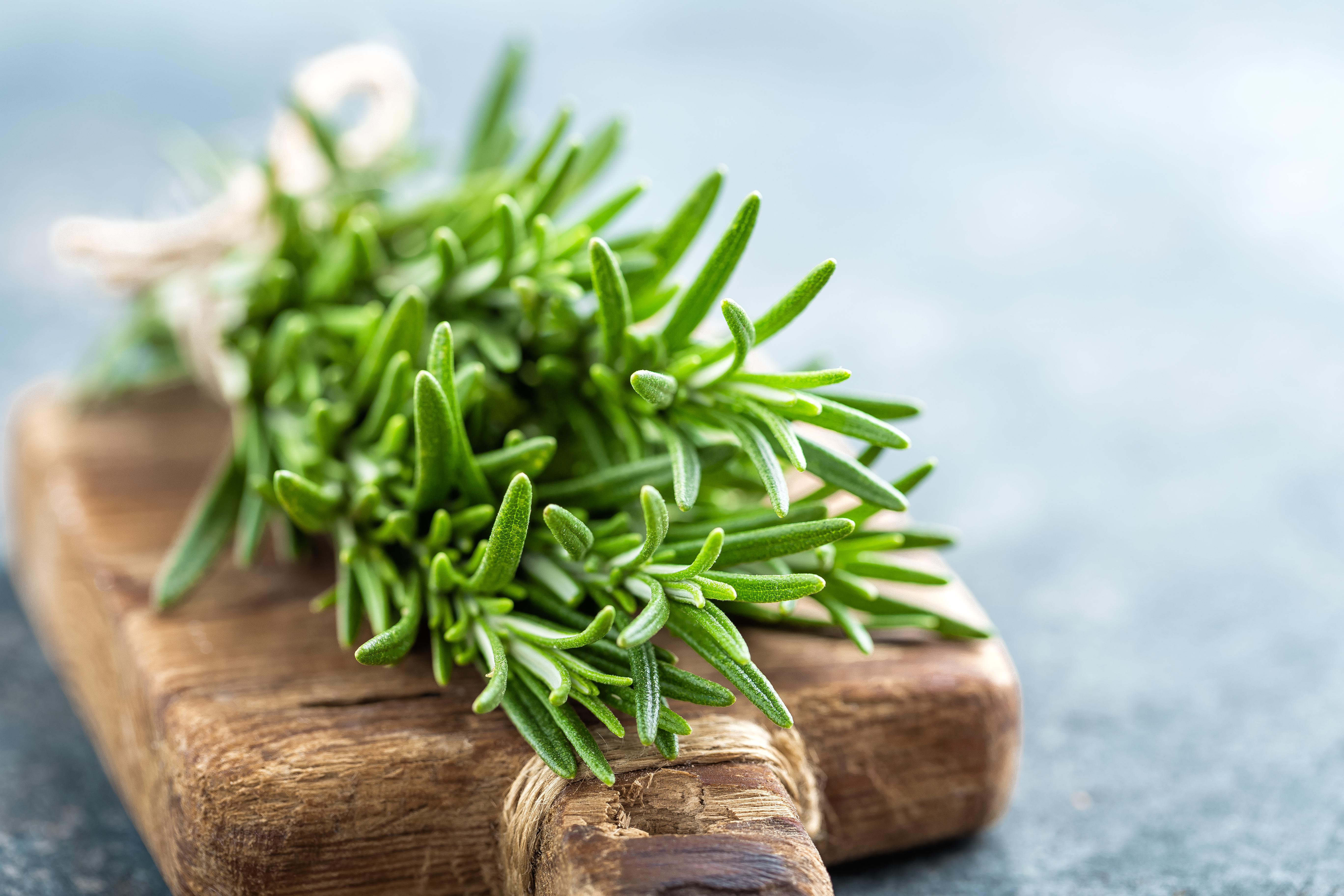
Rosemary, with its woody stem and fragrant leaves, is a common target for pesticides. Farmers apply insecticides to combat pests like the rosemary beetle. Since we eat the entire herb, there is a risk of ingesting residues. To reduce your exposure, choose organic rosemary, and wash it thoroughly before use.
42. Green Beans (Snap Beans): The Vulnerable Vessel

Green beans are often overlooked because they seem simple, but their porous, elongated structure and continuous growing season make them exceptionally vulnerable to chemical treatment. Farmers must use frequent applications of both insecticides and fungicides to combat the bean pod weevil and rust disease, respectively. Since green beans are always consumed whole, with their entire outer skin intact and unpeeled, any systemic or surface residues are ingested directly. This makes them a high-risk vegetable where opting for organic or ensuring they are steamed/boiled (which can reduce some residues) is strongly recommended for a truly clean side dish.
43. Microgreens and Sprouts: Concentrated Contaminant Sponges
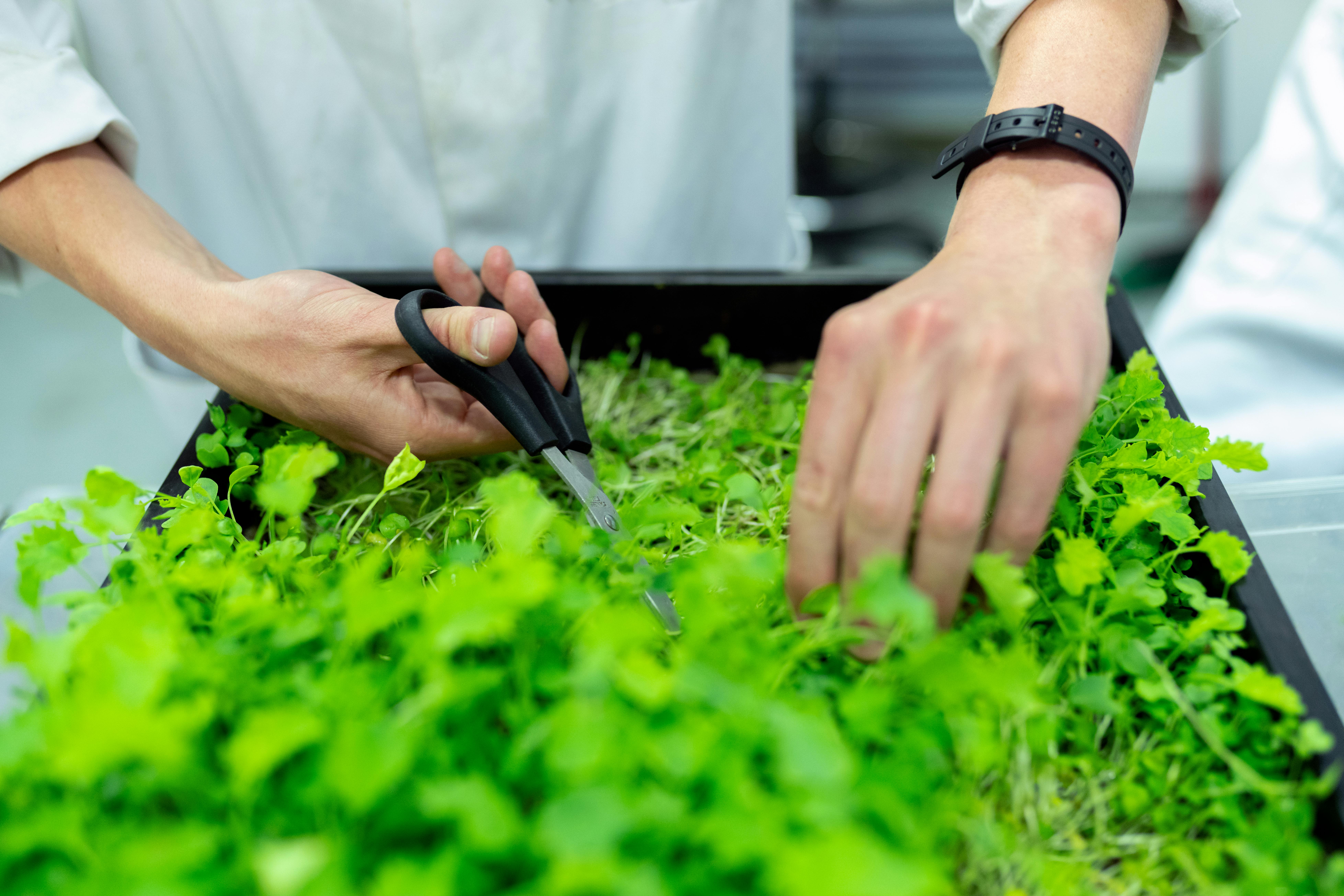
Microgreens (like sunflower, radish, or broccoli sprouts) are celebrated for their dense nutrient boost, but their unique cultivation method makes them susceptible to absorbing high concentrations of environmental toxins and systemic pesticides. Unlike mature vegetables, sprouts are grown very quickly in extremely dense, moist conditions, often in trays of peat or coir that can carry residues, or even in water. If the irrigation water or substrate is contaminated with systemic chemicals, the tiny plant absorbs and concentrates them dramatically. Furthermore, their high surface area-to-volume ratio means any dust or airborne sprays settle readily. Given their status as a raw, concentrated food, always buy certified organic sprouts and microgreens to ensure a clean start, as rinsing alone is insufficient.
44. Pineapple: The Peel's Hidden Systemic Risk
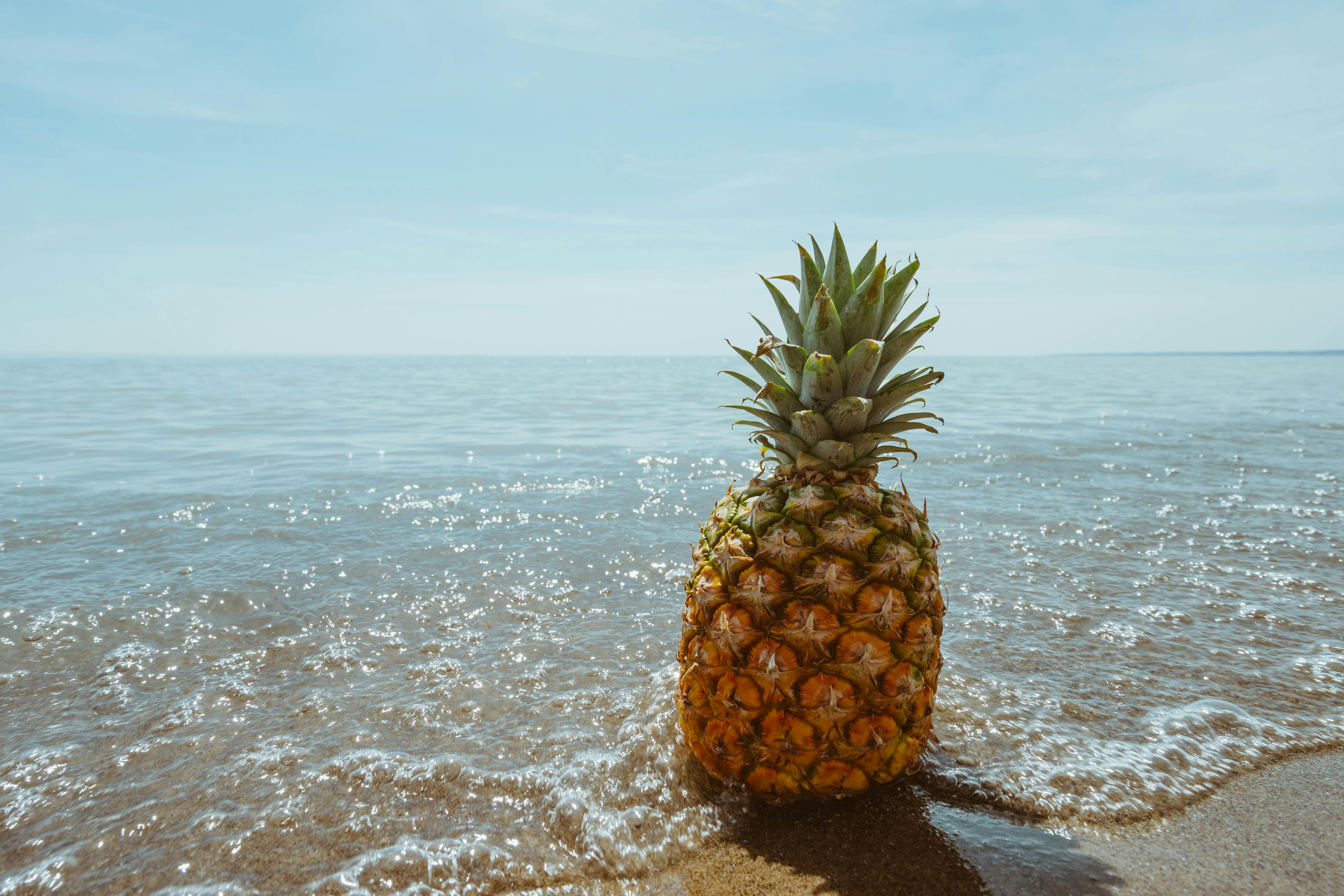
Pineapple might seem protected by its thick, spiky rind, but conventional farming uses systemic fungicides and growth regulators applied directly to the plant or soil. These chemicals are designed to be absorbed into the plant's system and often persist in the inner flesh, near the rind, which is then consumed. The fruit's unique shape and long growing season make it a prime target for pests, necessitating these systemic applications. While you don't eat the exterior, the transfer of residues from cutting through the sprayed skin and into the exposed, edible flesh is a significant concern. Prioritizing organic pineapple is advised, as rinsing the surface is entirely ineffective against internal chemical residues.
45. Carrots: The Absorber of Soil-Bound Chemicals
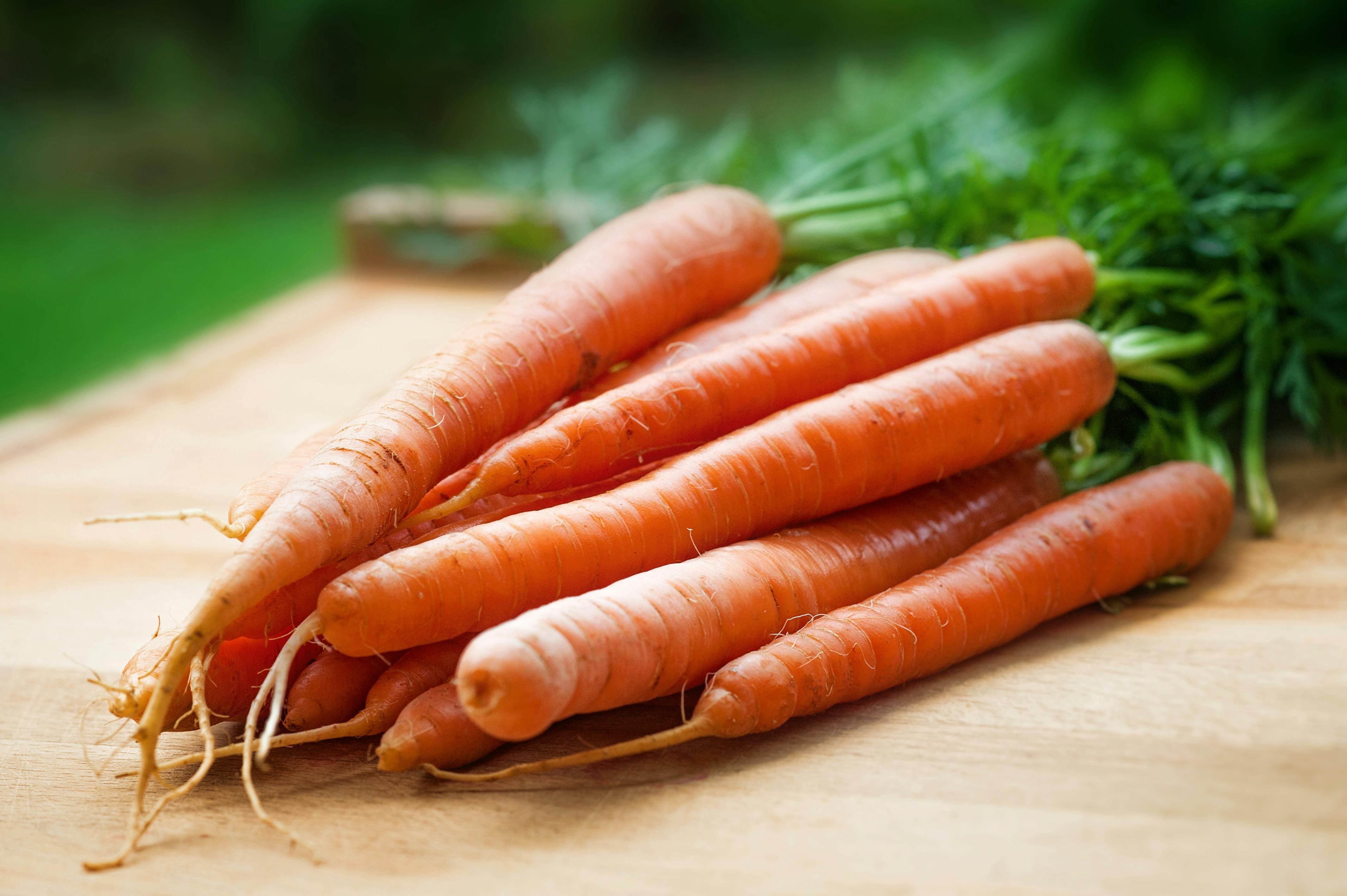
Carrots, a healthy, crunchy staple, pose a hidden risk because, as root vegetables, they are in constant, long-term contact with the soil where systemic pesticides and fungicides are applied. Farmers frequently treat the soil heavily to combat pests like the carrot rust fly and various fungal diseases. Chemicals that persist in the soil are readily absorbed by the root, becoming integrated into the carrot's entire structure. Unlike surface residue that can be washed away, these systemic residues are trapped inside the vegetable's flesh. While peeling removes the outer layer, some systemic chemicals remain. Therefore, carrots are a prime candidate for purchasing organic to minimize your ingestion of absorbed, soil-bound agricultural chemicals.
46. Sugarcane and Sugar Beets: The Systemic Herbicide Load
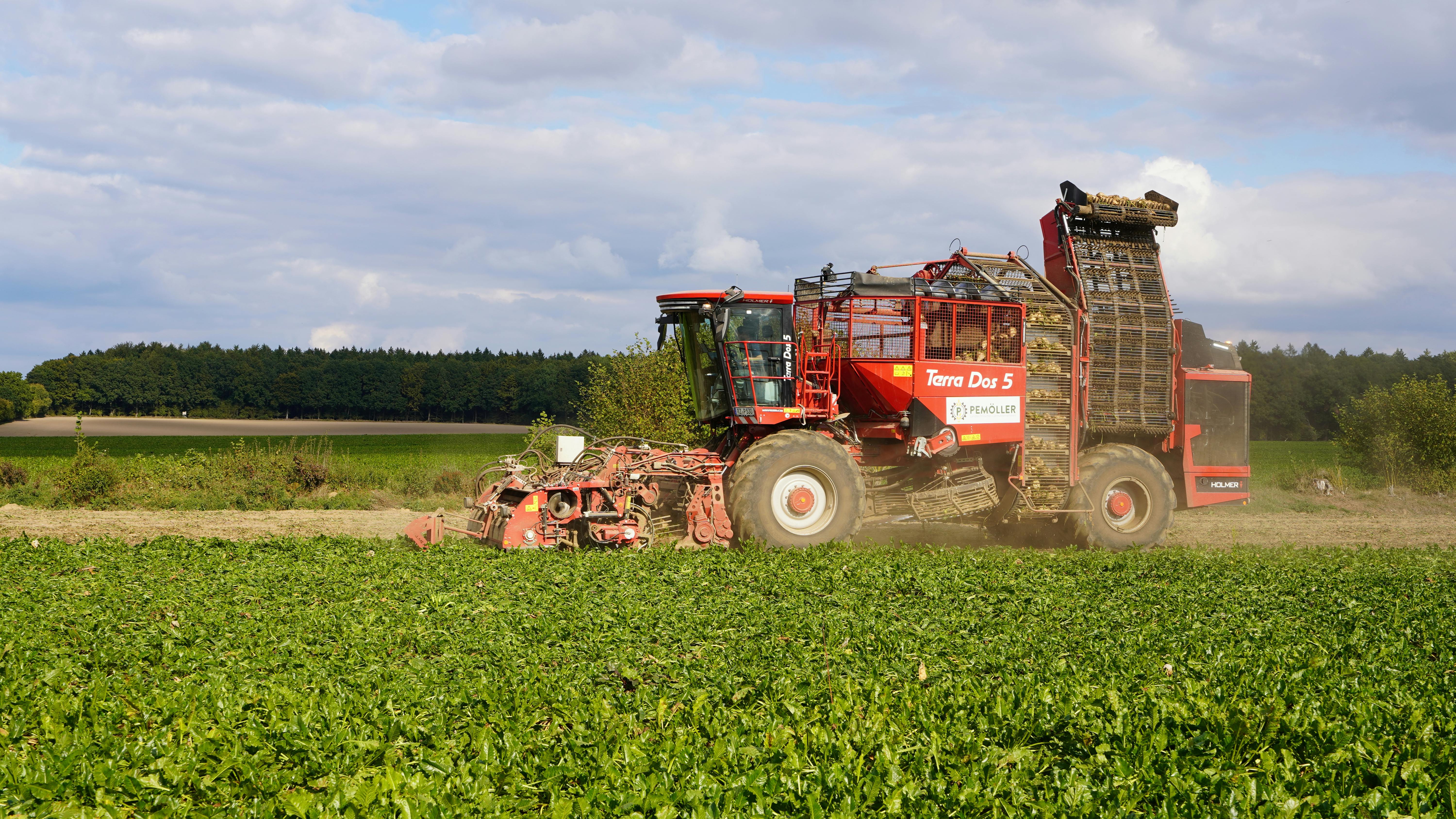
While not consumed whole, sugar is processed from sugarcane or sugar beets, which are heavily treated crops. Conventional sugarcane fields receive numerous herbicide applications to control weeds, and sugar beets (often genetically modified) are specifically engineered to withstand massive doses of systemic herbicides like glyphosate. These chemicals are designed to be absorbed into the plant's structure. Although the final refined sugar product is often purified and residues are significantly reduced, initial exposure and environmental impact are extremely high. For conscious consumers, choosing certified organic sugar or opting for raw, unrefined alternatives like organic maple syrup is the only way to avoid supporting this high-chemical cultivation process.
47. Parsley and Cilantro: The Highly Porous Leafy Herbs

Parsley and cilantro, beloved for their intense flavor and detoxifying properties, are paradoxically high-risk due to their porous structure and cultivation near the ground. Both herbs possess delicate, highly segmented leaves that create an enormous surface area for pesticide spray to cling to and enter. Unlike many herbs, they are often cultivated rapidly in fields and require frequent fungicide and insecticide applications to combat leaf spot and aphids. Since they are nearly always consumed raw, unpeeled, and unboiled, any residues—both systemic and surface—are ingested directly. Given their status as a concentrated, raw garnish, buying these two herbs organic is perhaps the most critical swap you can make to minimize chemical intake from your fresh ingredients.
48. Cherries: The Delicate Fruit’s Chemical Shield
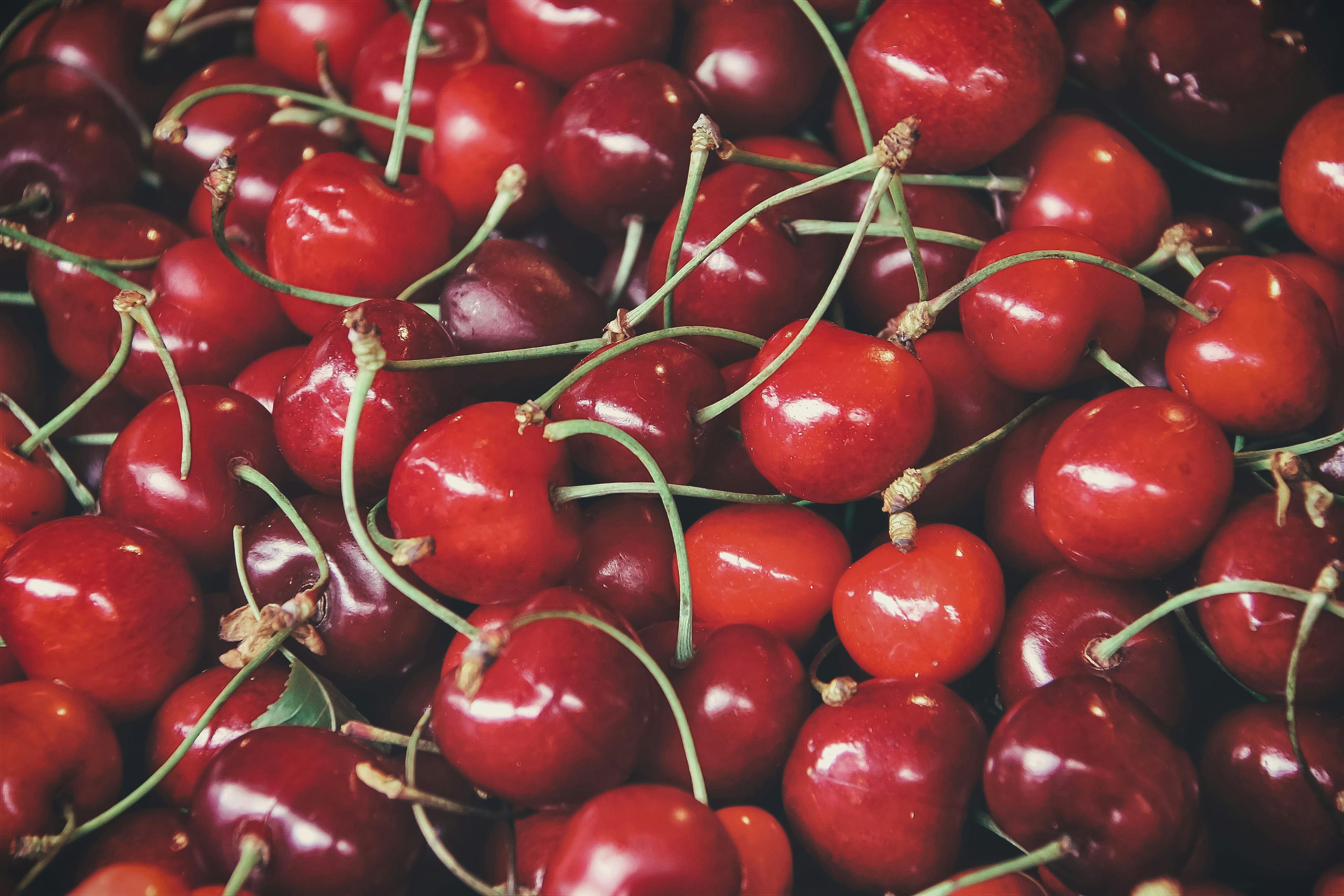
Sweet and tart cherries are consistently high on the pesticide lists due to their delicate, short growing season and extreme vulnerability to insects and fungal diseases. Pests like the cherry fruit fly and brown rot fungus require farmers to apply insecticides and fungicides frequently, sometimes right up until harvest. Since cherries are consumed whole and unpeeled, and their thin skin offers minimal protection against systemic chemicals, residues are highly concentrated. Because they are often consumed as a quick snack directly from the bag, they present an immediate and frequent exposure risk. To enjoy their antioxidant and sleep-boosting benefits safely, prioritizing certified organic cherries or thorough, cold-water washing right before consumption is crucial.
49. Plums and Prunes: The Dual-Sprayed Stone Fruit
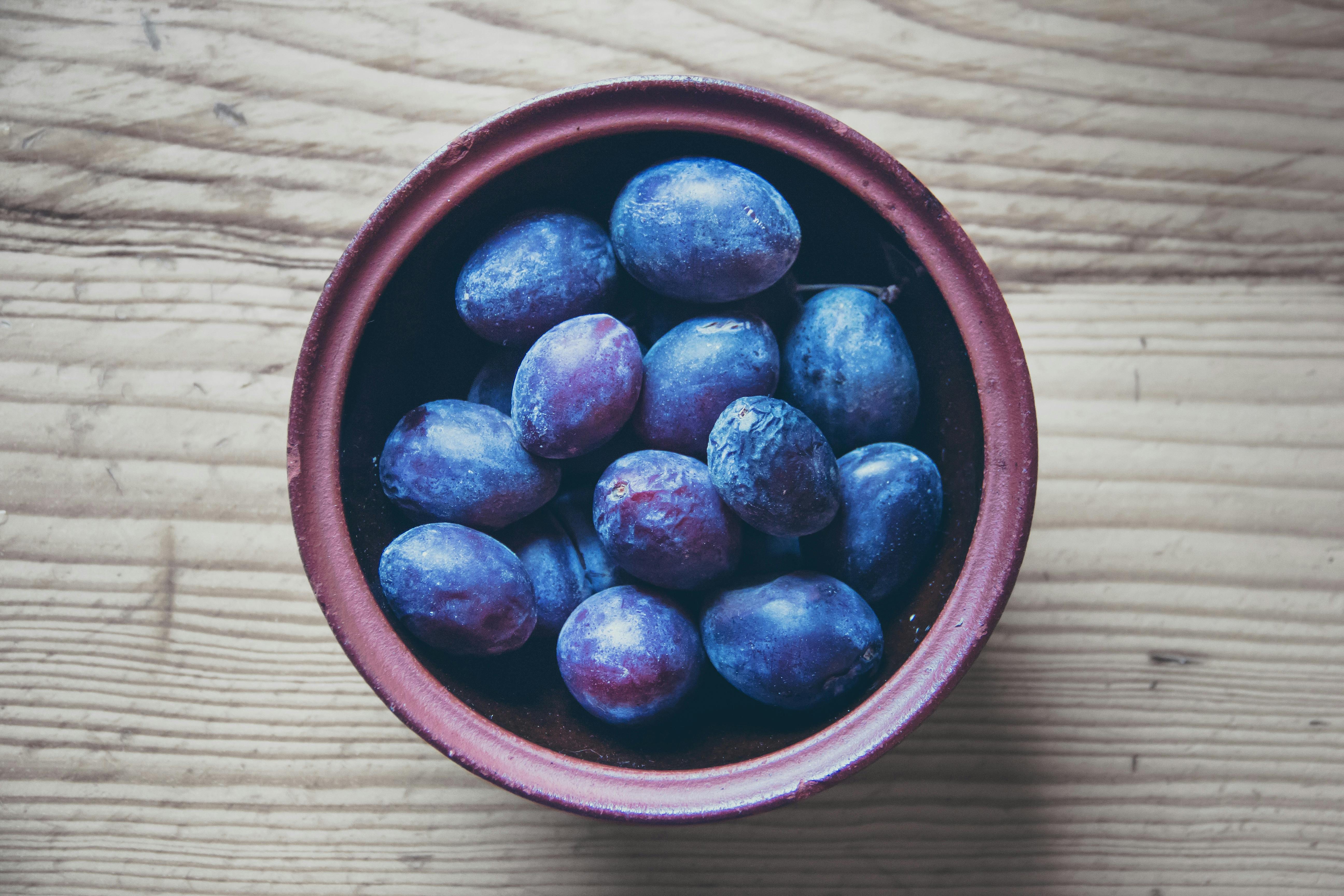
Plums, and their dried form, prunes, are consistently high on the pesticide risk lists. Their thin, easily bruised skin is highly susceptible to pests like the plum curculio and fungal diseases like brown rot, requiring growers to apply numerous fungicides and insecticides throughout the short growing season. Since plums are consumed whole, unpeeled, the risk of surface residue ingestion is high. Furthermore, when plums are dried into prunes, the chemicals, including those used to preserve color and prevent spoilage post-harvest, become highly concentrated in the finished product. To enjoy this nutritious stone fruit safely, always seek out organic varieties of both fresh plums and prunes.
50. Sweet Potatoes: The Post-Harvest Fungicide Sponge
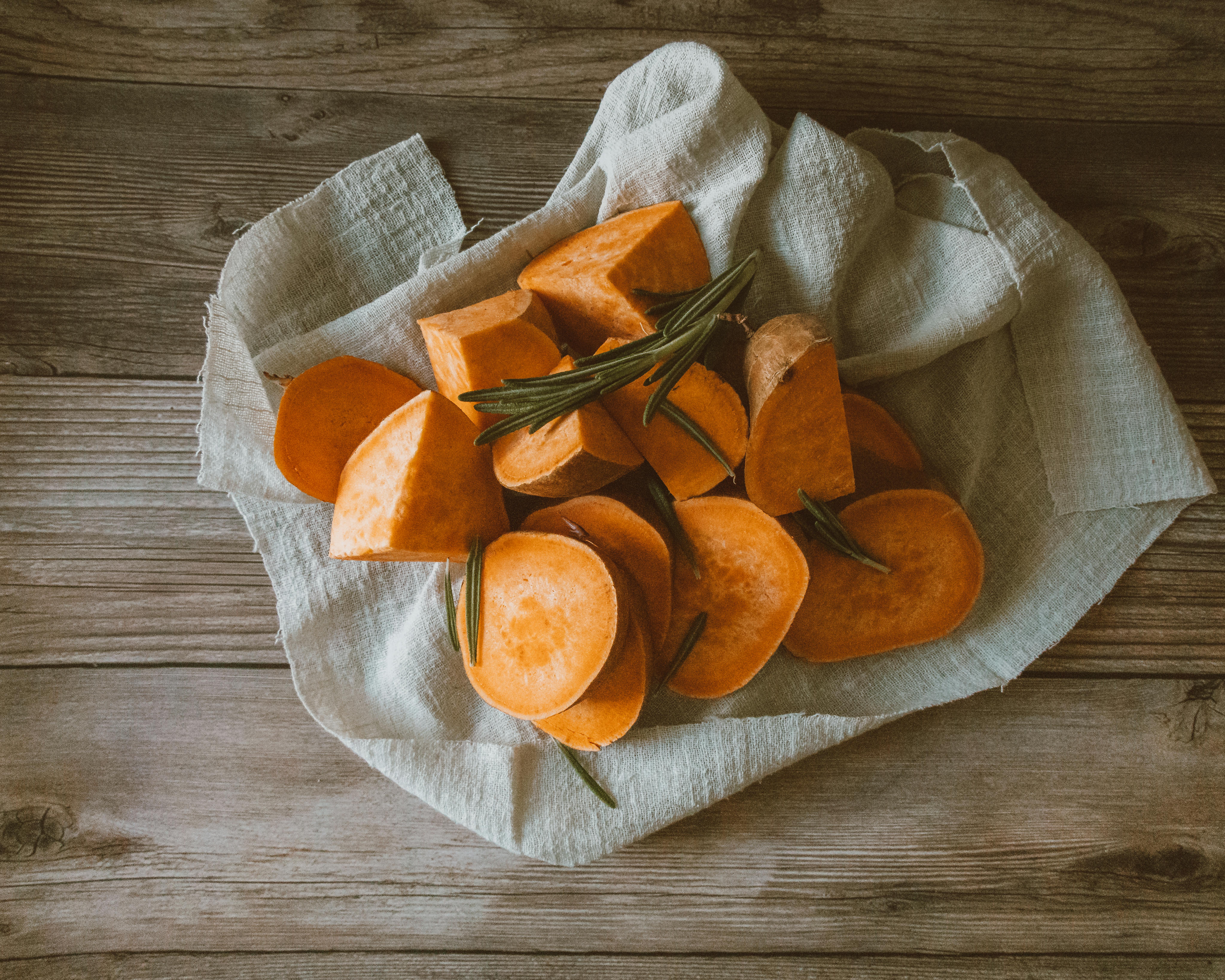
Sweet potatoes, a nutritious root vegetable, face a significant and often hidden pesticide issue stemming from post-harvest treatment. While they are sprayed during growth to combat pests like weevils, the major concern is the application of powerful fungicides (such as thiabendazole and dicloran) after harvest. This treatment is done to prevent rot and extend shelf life during storage and transit, a critical step since the skin is easily damaged. The thin skin of the sweet potato acts like a sponge, readily absorbing these chemicals, which are designed to be systemic. Since many recipes recommend eating the skin (where fiber and nutrients are concentrated), washing is ineffective against these absorbed residues. Therefore, sweet potatoes are a crucial item for an organic swap to ensure a clean, nutrient-dense starch source.
51. Escarole and Frisée: The Trapped Pesticide Reservoir
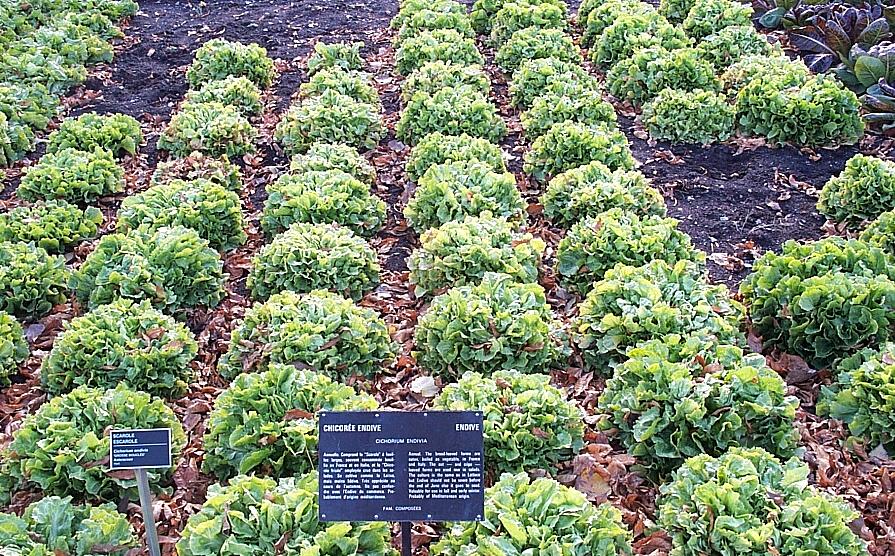
Escarole and frisée, popular salad greens known for their distinct, bitter flavor, pose a hidden pesticide risk due to their structural complexity. Unlike flat-leafed spinach, these chicories grow in dense, bushy heads with multiple curled, ruffled, and tightly layered leaves. This unique, three-dimensional structure creates thousands of tiny reservoirs and pockets where pesticide sprays and dust become trapped during application. No amount of standard rinsing can effectively penetrate and flush out the chemical residue that settles deep within these curled layers. Since these greens are almost always eaten raw, you ingest the full chemical load clinging to the inner surfaces. Given their high surface area and trapped residue potential, these textured greens are a prime candidate for organic purchasing or meticulous pre-consumption trimming and soaking.
52. Corn Products (Fructose, Starch, and Oil): The Systemic Roundup Load
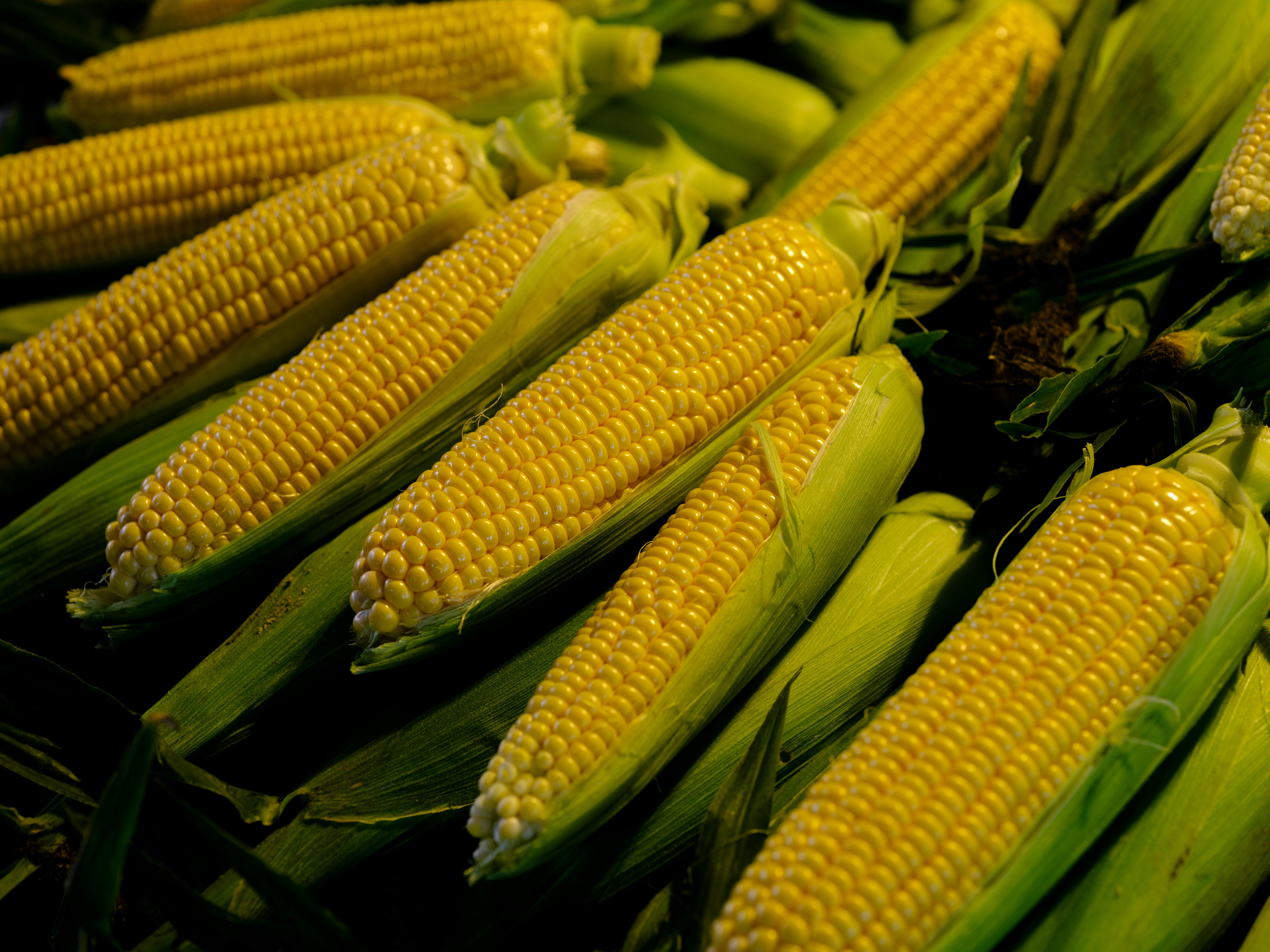
Conventional corn is one of the most heavily treated crops globally, primarily due to its prevalence in processed foods, often as high-fructose corn syrup, corn starch, or corn oil. Over 85% of US corn is genetically modified (GMO) to be Roundup-Ready, meaning it can withstand massive applications of the herbicide glyphosate. Glyphosate is a systemic herbicide, absorbed directly into the plant's structure, and its residue is frequently detected in the final processed derivatives, especially those made from the entire kernel (like corn flour or corn syrup). While the final product may be different from eating an ear of corn, consuming these ubiquitous corn-derived ingredients represents a constant, high-volume exposure to systemic herbicides. Choosing certified organic corn and corn-derived sweeteners or thickeners is the only reliable way to significantly mitigate this specific chemical load.
53. Basil (The Fragrant Leafy Herb): Systemic Absorption Risk

Basil, like its herb cousins parsley and cilantro, is a surprising high-risk item often consumed raw and unpeeled. It grows rapidly and has tender, porous leaves that are highly susceptible to insect pests like aphids, requiring frequent applications of insecticides and fungicides. Because the leaves are delicate, pesticides can be easily absorbed systemically, meaning a simple rinse is ineffective against internal contamination. Furthermore, the high surface area-to-volume ratio of the leaves allows them to readily collect airborne drift. Given basil's status as a concentrated, raw garnish—often used in pestos or salads—prioritizing certified organic basil or growing it at home is the most essential strategy to significantly reduce chemical intake.
54. Summer Squash and Zucchini: The Soil Bio-Accumulators
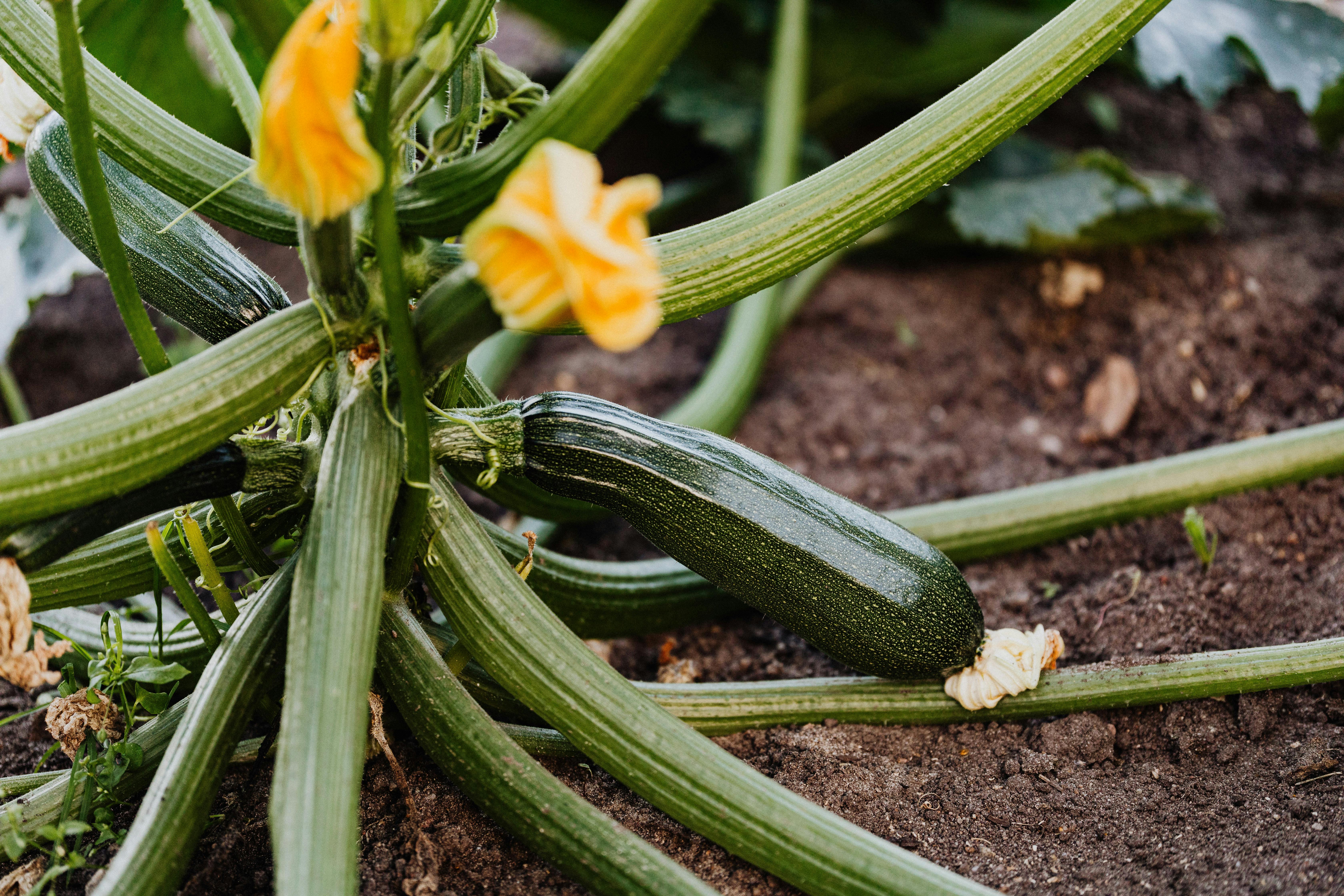
While often viewed as a prolific, easy-to-grow garden staple, conventionally farmed summer squash and zucchini carry a unique risk profile. Unlike tree fruits sprayed from above, these ground-dwelling vegetables are aggressive bio-accumulators, meaning their deep, efficient root systems are exceptionally good at sucking up persistent pesticides (like chlordane or dieldrin) lingering in the soil from decades past, alongside current systemic applications. Additionally, a significant portion of commercial zucchini is genetically modified to resist viruses, a trait often paired with specific chemical regimens. Because the skin is tender, porous, and nutrient-dense, we rarely peel it, leading to the direct ingestion of these absorbed soil toxins. Choosing organic summer squash is the only way to ensure the soil they rested on—and the vegetable itself—is free from these deep-rooted contaminants.
55. Soy Derivatives (Tofu, Edamame, Soy Sauce): The Systemic Herbicide Chain
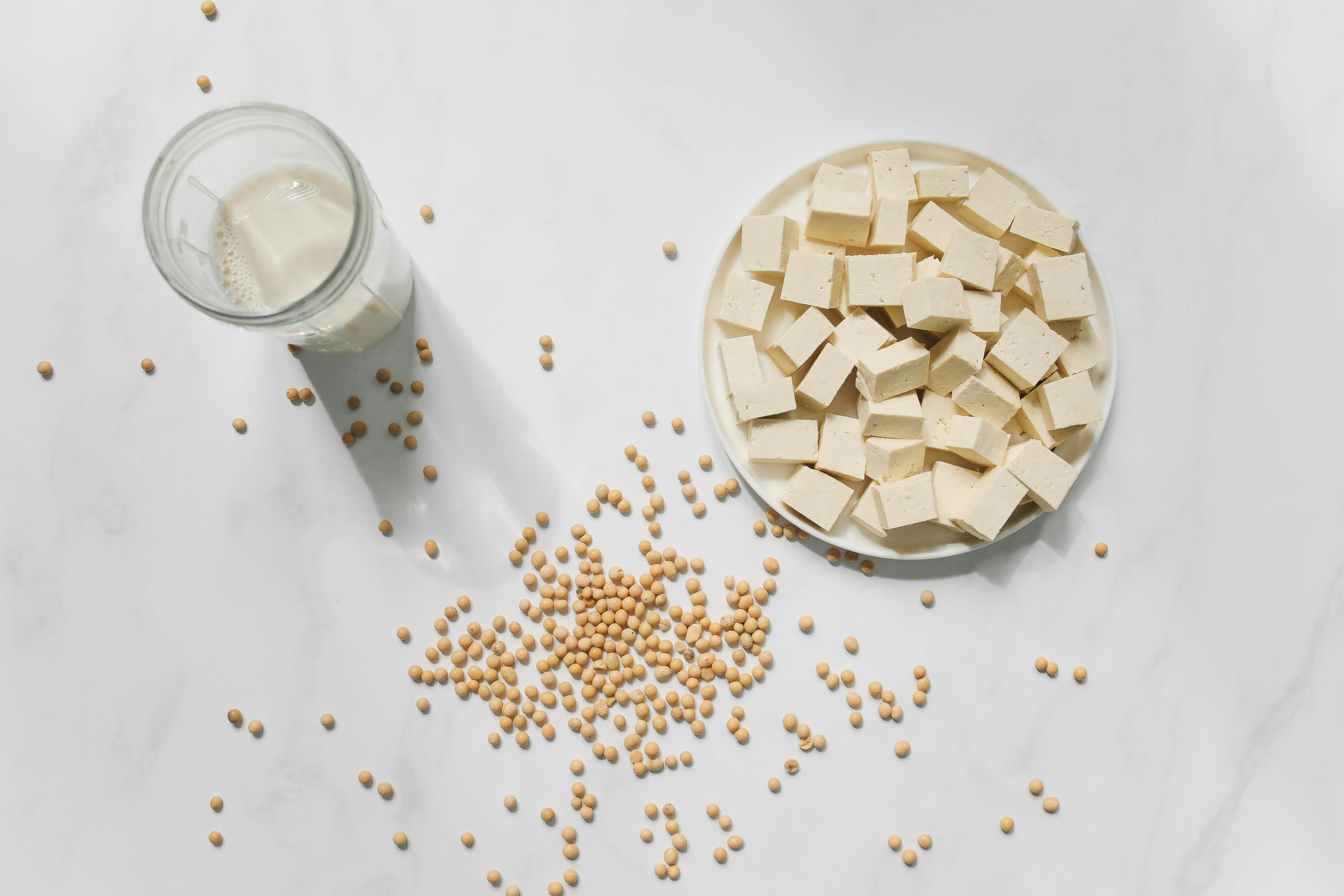
Soy is one of the world's most heavily produced and chemically treated commodity crops, with over 90% of U.S. soybeans genetically modified to be Roundup-Ready. This means the plant is engineered to tolerate massive doses of systemic herbicides like glyphosateShutterstockapplied throughout the growing season. Since these chemicals are absorbed into the plant's entire structure, residues are found in the end products—tofu, soy milk, soy sauce, and edamame. Even though processing may reduce concentration, the sheer volume of consumption (especially for products like tofu or edamame, which are consumed whole/unpeeled) creates a constant, high-level exposure to systemic agricultural chemicals. Consumers who regularly eat soy products should prioritize certified organic, non-GMO soy to dramatically mitigate this consistent herbicide load.
56. Stevia Leaf (The Highly Concentrated Sweetener Risk)
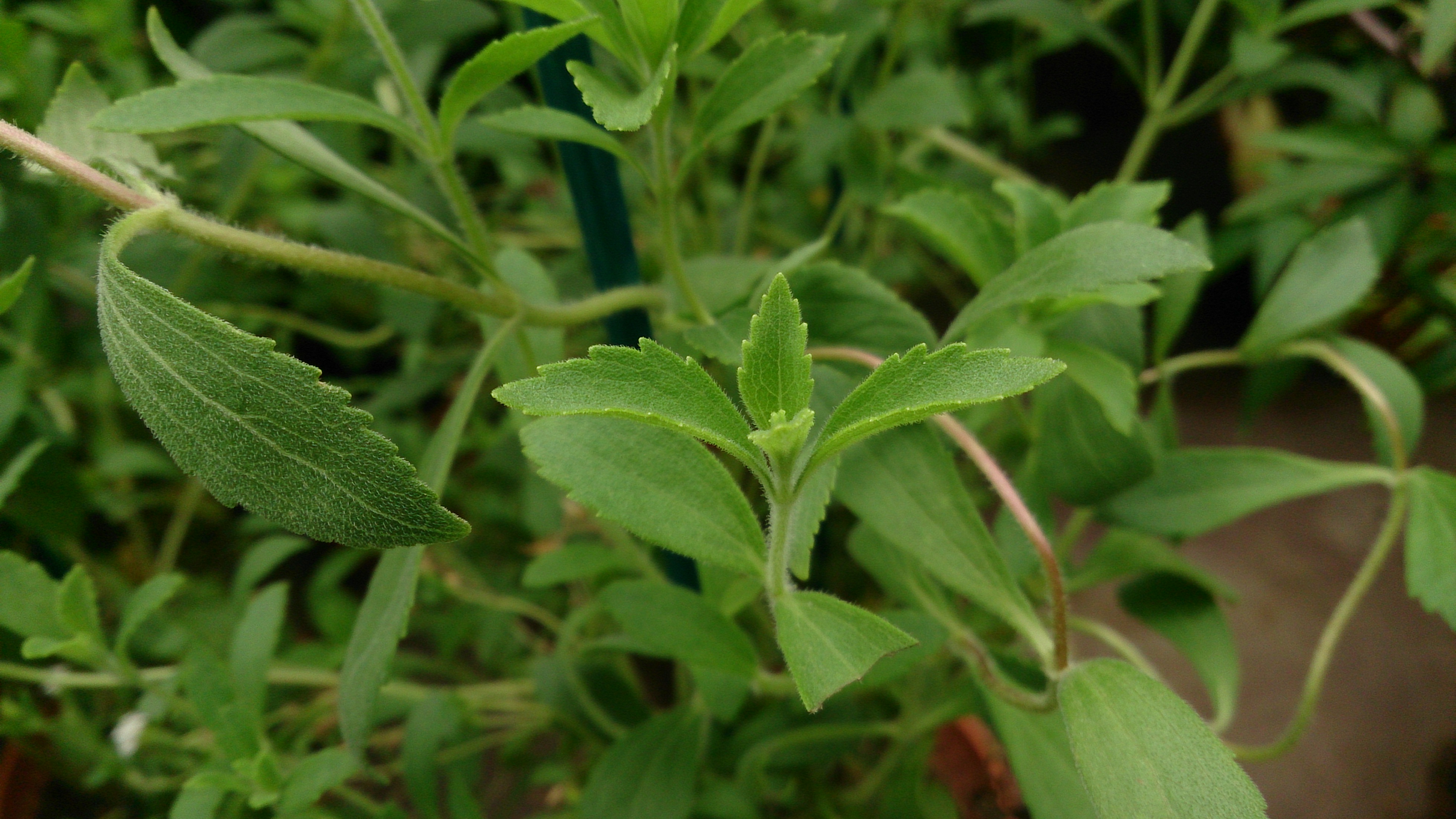
Stevia, the plant-based, zero-calorie sweetener, is a high-risk crop often overlooked because it’s not consumed whole like a vegetable. The commercially grown Stevia rebaudiana leaf is highly susceptible to pests and fungal pathogens, necessitating frequent, heavy applications of systemic fungicides and insecticides. Crucially, the final concentrated sweetener powder or liquid is derived by stripping and purifying the sweet glycosides from the leaves. This extensive industrial processing concentrates any non-removed systemic pesticide residues that were absorbed by the plant. Since Stevia is used daily by many as a sugar alternative, even trace amounts can lead to chronic, low-level chemical exposure. To avoid this concentrated contaminant, always seek out certified organic stevia products, or, ideally, grow the plant yourself for home use.
57. Cabbage (Head & Leaves): The Systemic Fungicide Trap
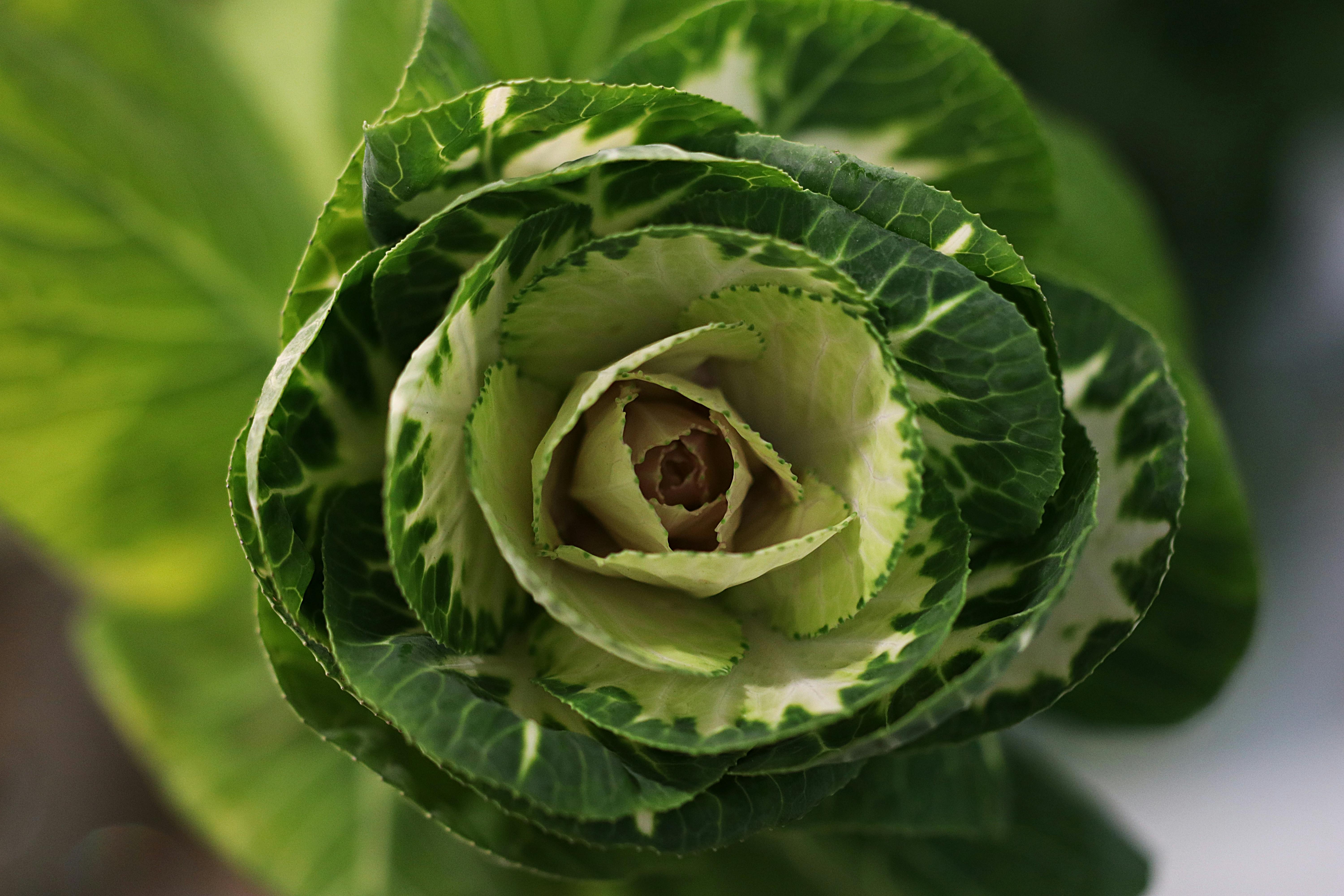
Despite its dense, tightly layered structure, cabbage is a surprisingly high-risk crop, not primarily from external sprays, but from systemic treatments. Farmers use frequent applications of fungicides to combat black rot and clubroot, and insecticides against cabbage loopers. These chemicals are designed to be absorbed by the root system and travel into the leaves. Because the outer protective leaves are often stripped off, you consume the tender inner leaves that have systemically absorbed the pesticides during growth. Standard washing is ineffective against these internal residues. To minimize this persistent chemical load from a foundational vegetable, always peel off and discard several extra outer leaves, or, preferably, opt for certified organic cabbage.
58. Asparagus: The Herbicide Accumulator
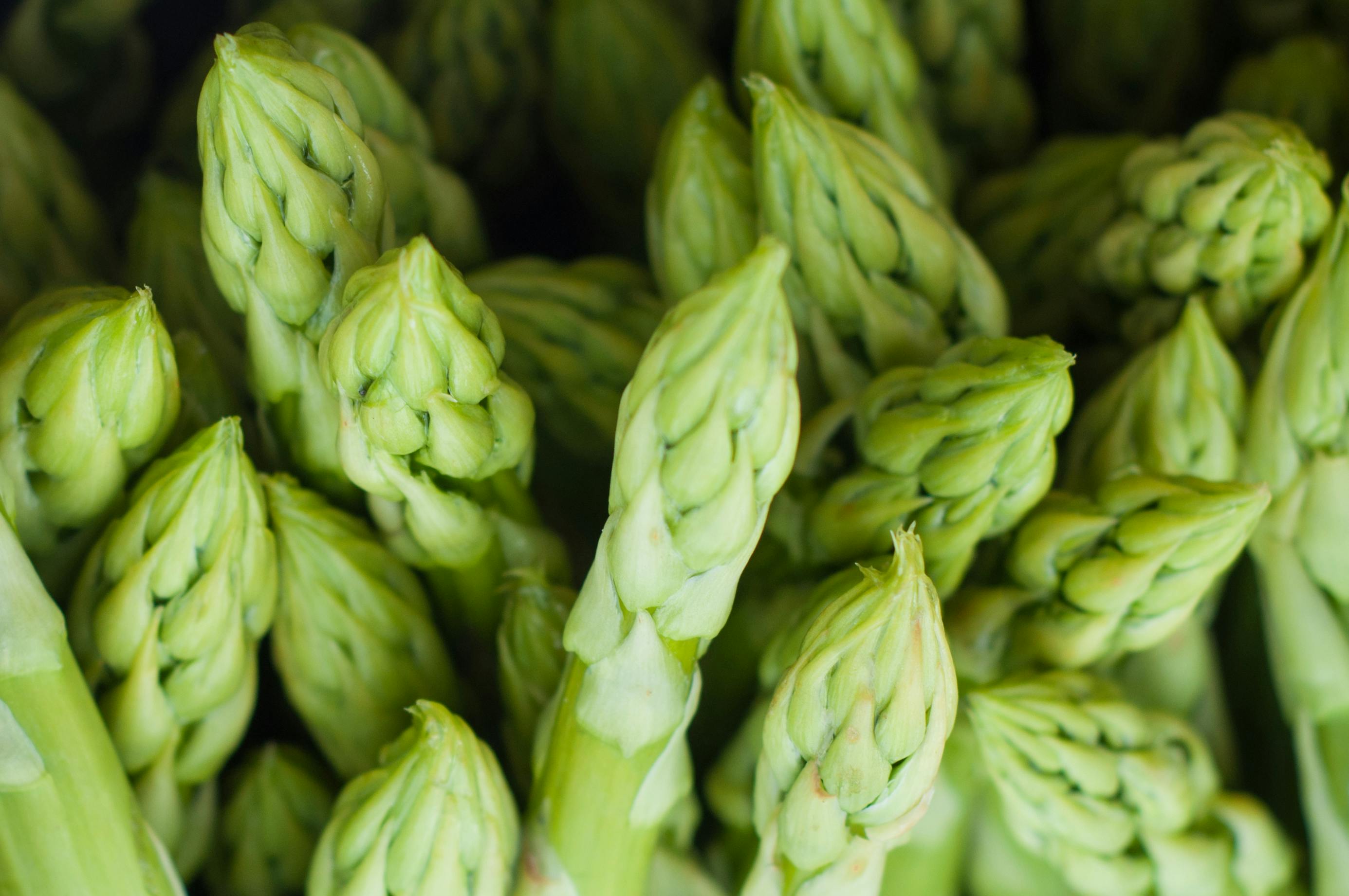
Asparagus is often mistakenly considered a low-pesticide risk because it is harvested early and quickly. However, the major concern stems from the heavy, long-term use of systemic herbicides—including glyphosate—applied to the fields before the spears emerge, controlling competing vegetation for the following years. The plant's deep, perennial roots are highly efficient at absorbing these soil-bound chemicals, which are then translocated into the emerging spears. Since you consume the entire, unpeeled spear, you ingest these systemic residues directly. While surface washing is pointless against this internal contamination, its fast growth minimizes insecticide need. Asparagus is therefore a key vegetable to buy organic to avoid concentrated herbicide exposure.
59. Mint (and other soft culinary herbs): The Unseen Persistent Residue
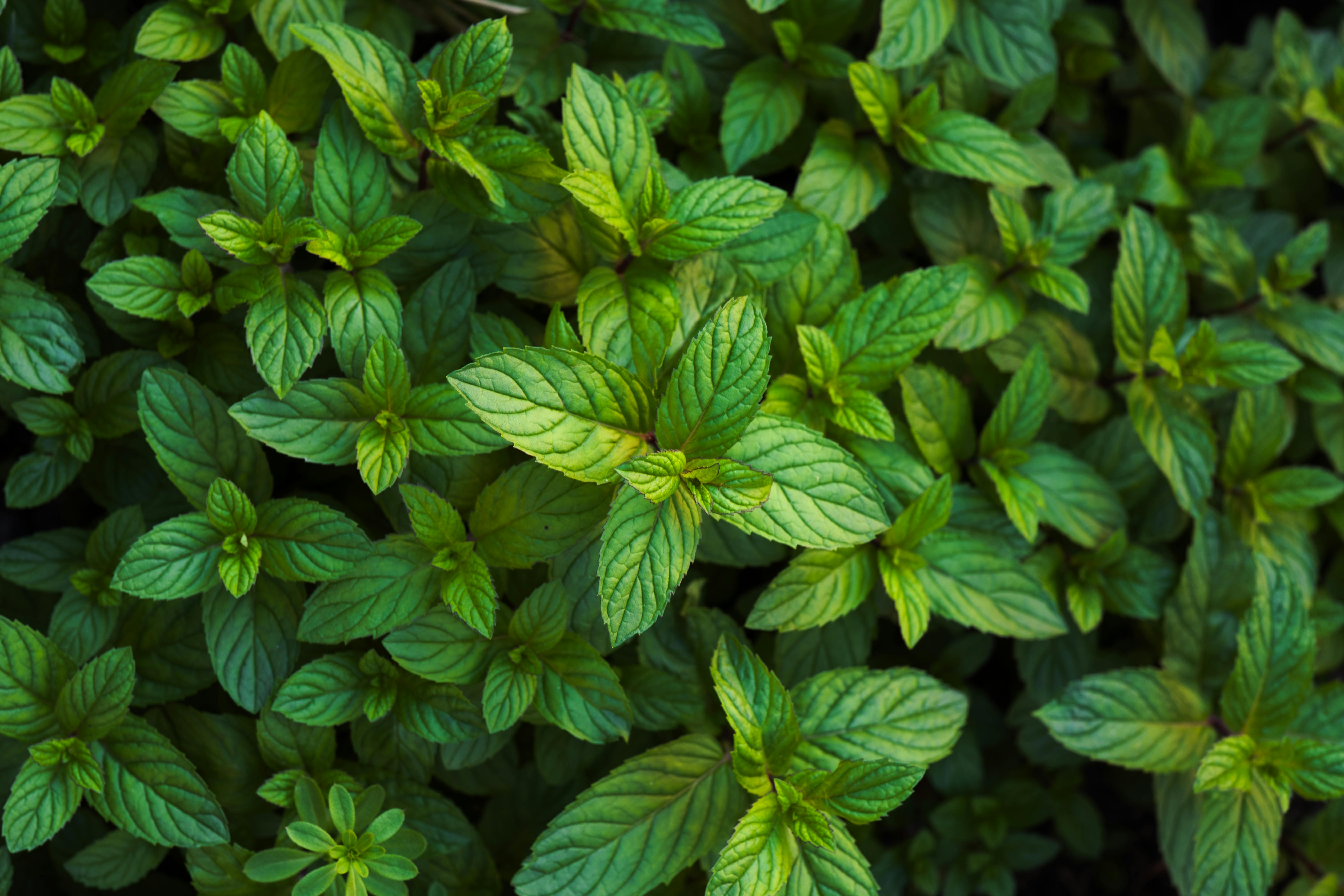
Mint, like its cousins parsley and basil, is often regarded as a low-risk garnish, but it is a consistent carrier of persistent pesticide residues. Due to its continuous, rapid growth cycle and high commercial demand, mint farms are heavily treated with fungicides and systemic insecticides to combat common pests like the mint flea beetle and rust fungus. The porous, delicate nature of the leaves allows for rapid absorption of systemic chemicals that are applied to the roots or soil. Crucially, mint is consumed raw—tossed into teas, cocktails, or salads—and because its flavor is so strong, it is rarely thoroughly washed. Any residues that are not absorbed systemically cling stubbornly to the slightly textured surface of the leaves. Given its use as a concentrated, unprocessed ingredient, mint is a critical item to always purchase certified organic or grow yourself for a truly clean, refreshing taste.
60. Peanuts (and Peanut Butter): The Aflatoxin & Fungicide Trap
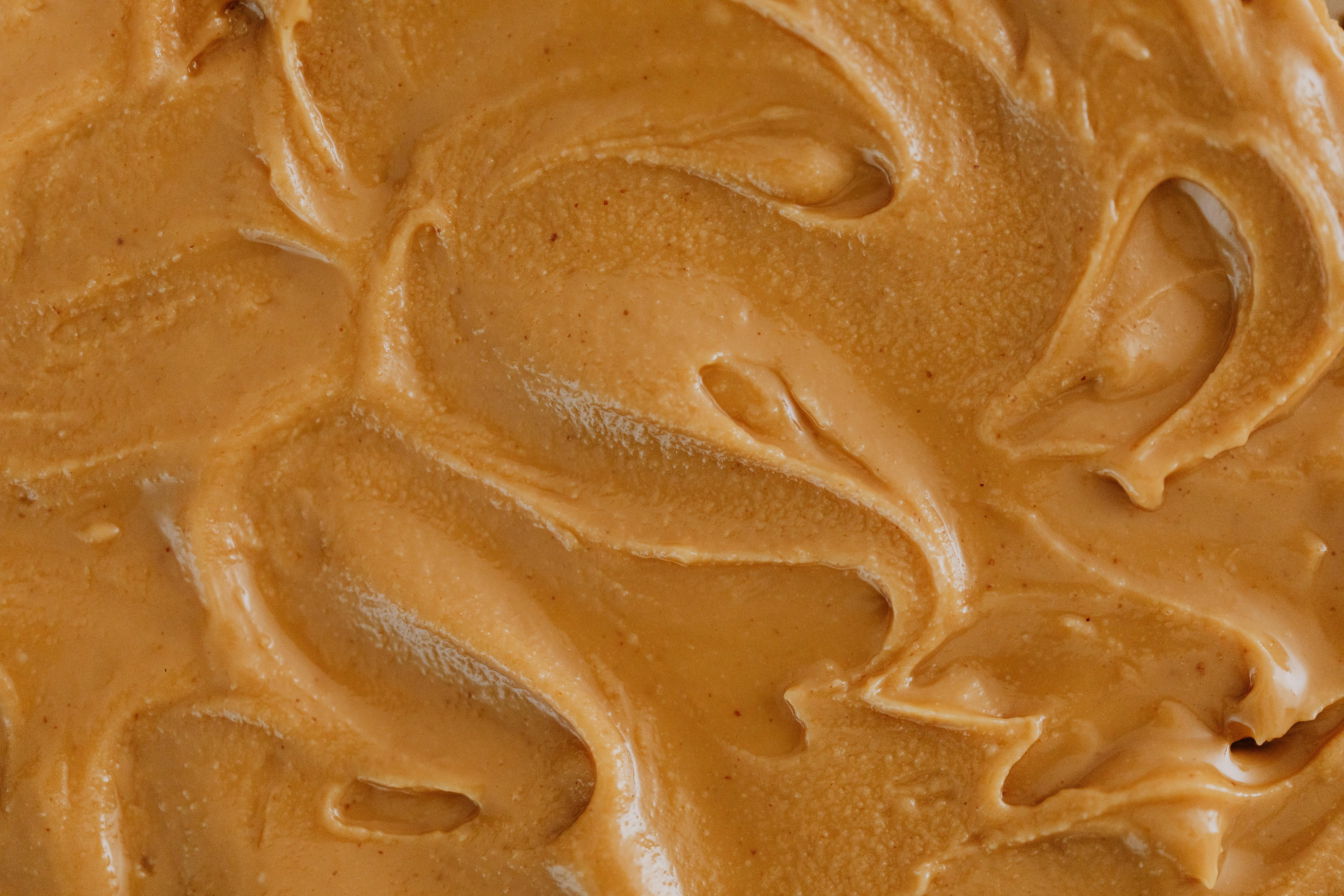
Peanuts, technically legumes, pose a unique and often overlooked risk due to their growing environment and susceptibility to a specific toxin. Peanut plants grow their pods directly underground, making them extremely vulnerable to soil-borne fungi and pests that cause mold and require heavy applications of fungicides. The major concern is aflatoxin, a potent naturally occurring carcinogen produced by the Aspergillus mold, which thrives in warm, humid conditions. Although fungicides attempt to control this, aflatoxin can still be present, and the peanut oil can absorb systemic pesticides and herbicides. Given how peanuts and peanut butter are consumed—highly processed and in large volumes—choosing certified organic peanuts and peanut butter is strongly advised to mitigate the combined risk of absorbed chemicals and the prevalent fungal toxin.
When “Healthy” Isn’t the Whole Story
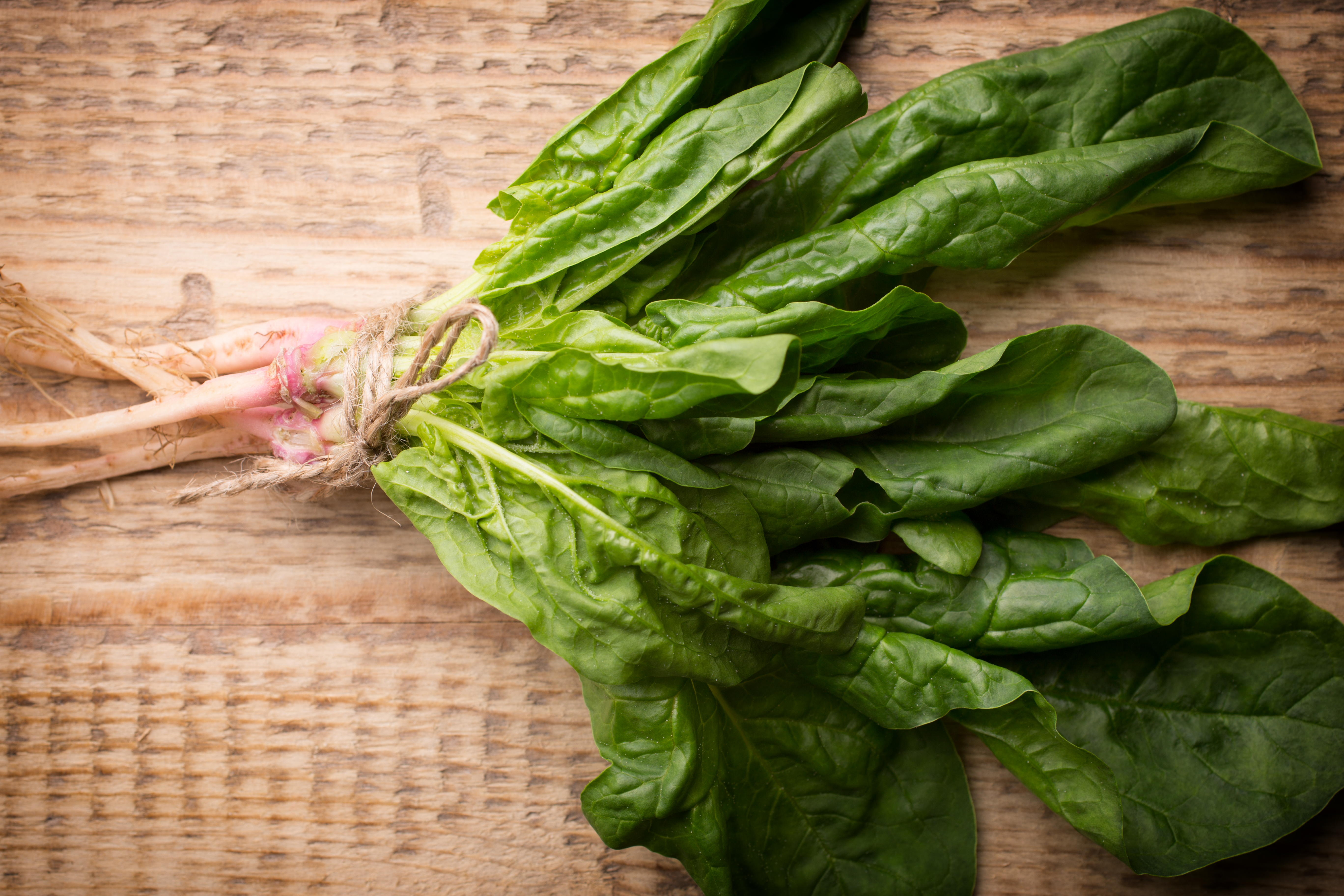
Whether it’s swapping out spinach, peeling cucumbers, or buying local when possible, every small decision helps clean up your plate. Because true wellness doesn’t start with perfection—it starts with awareness. And once you know better, you can eat better. So the next time you pile on the veggies, don’t just think green—think clean. The truth is on your plate. Now it’s yours to act on.